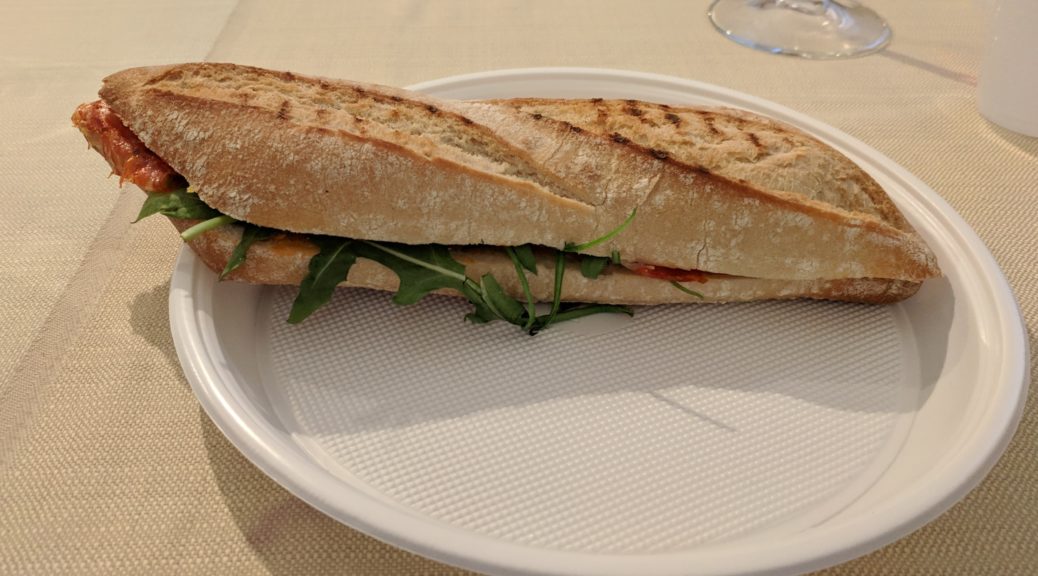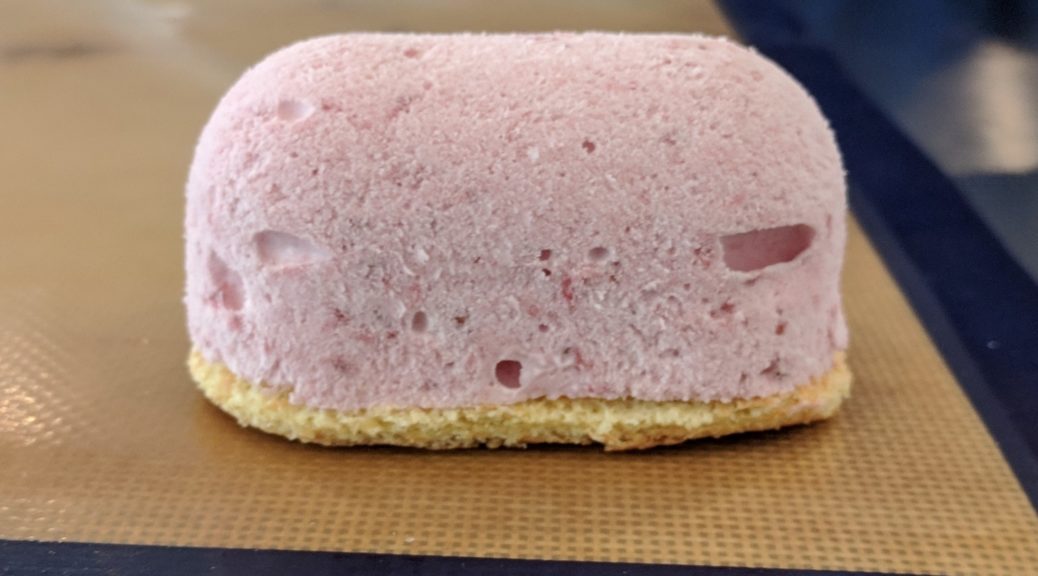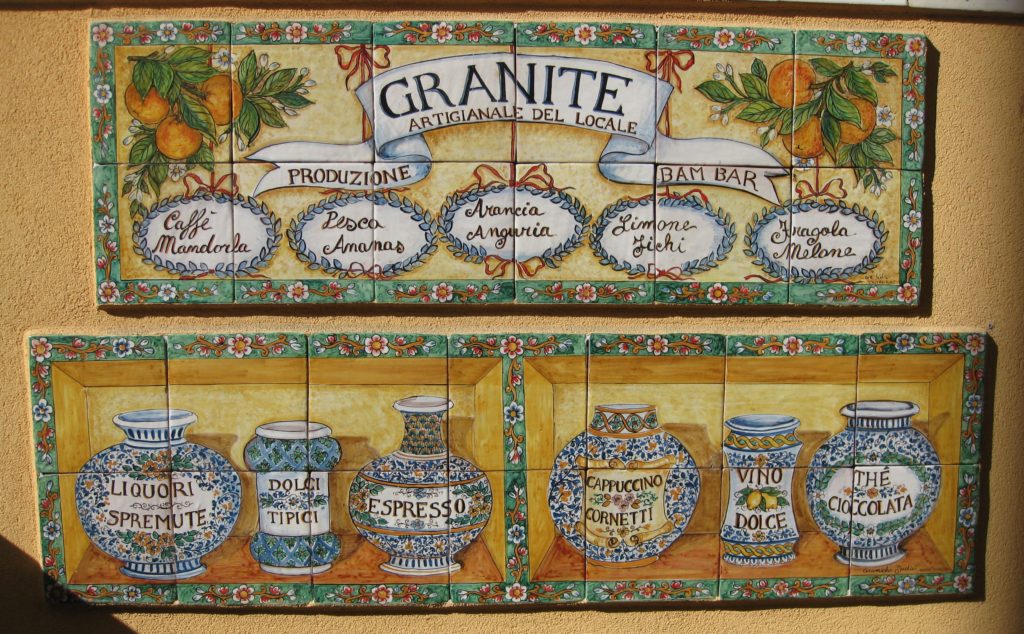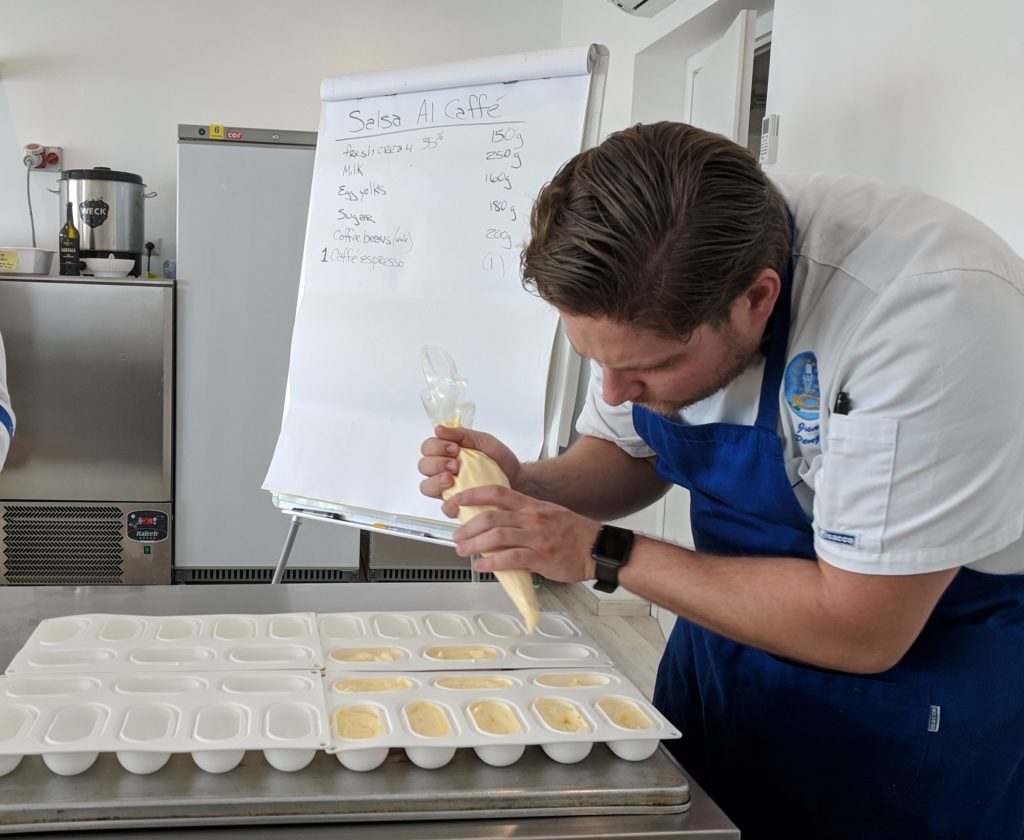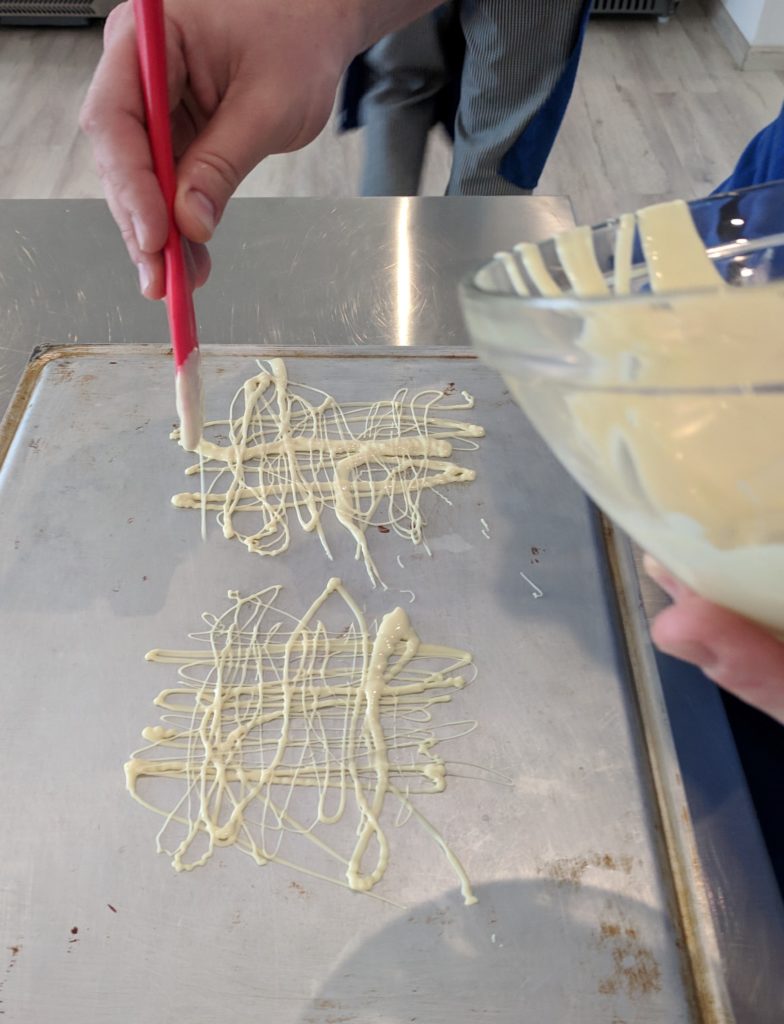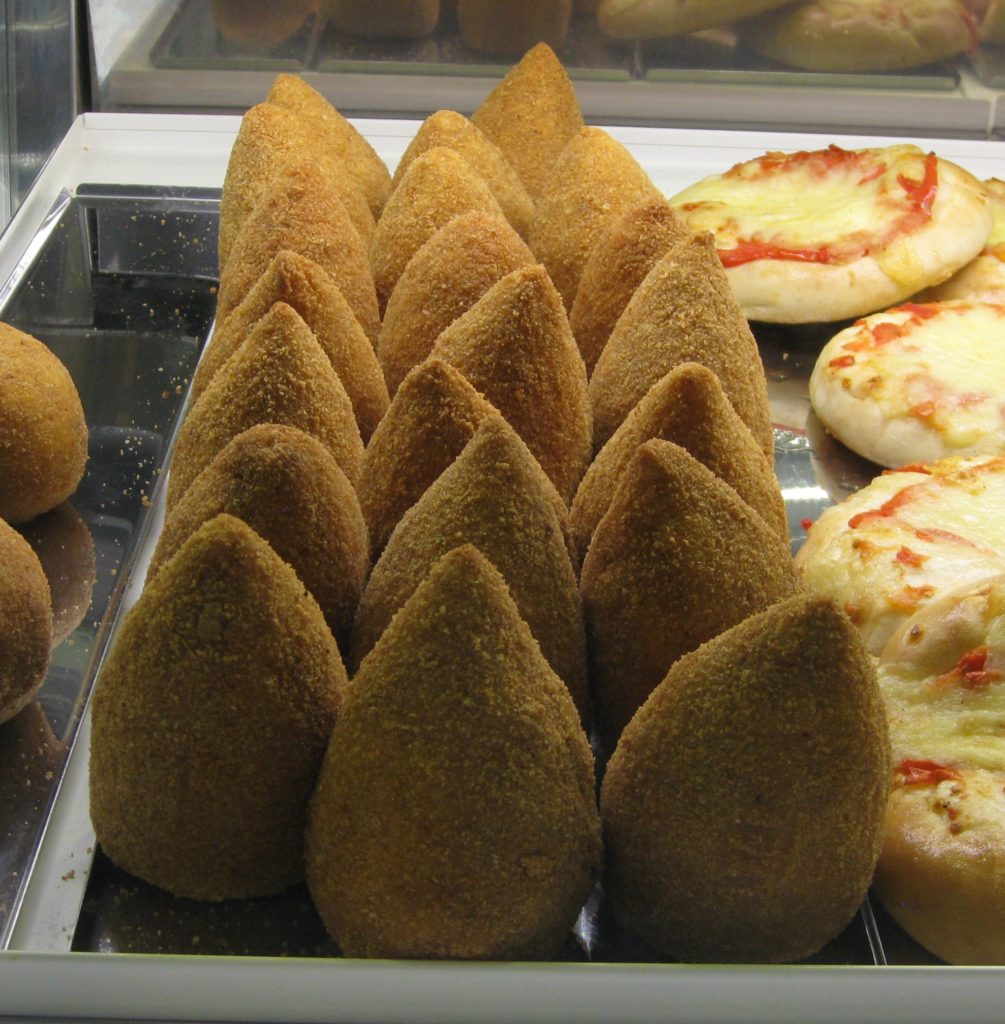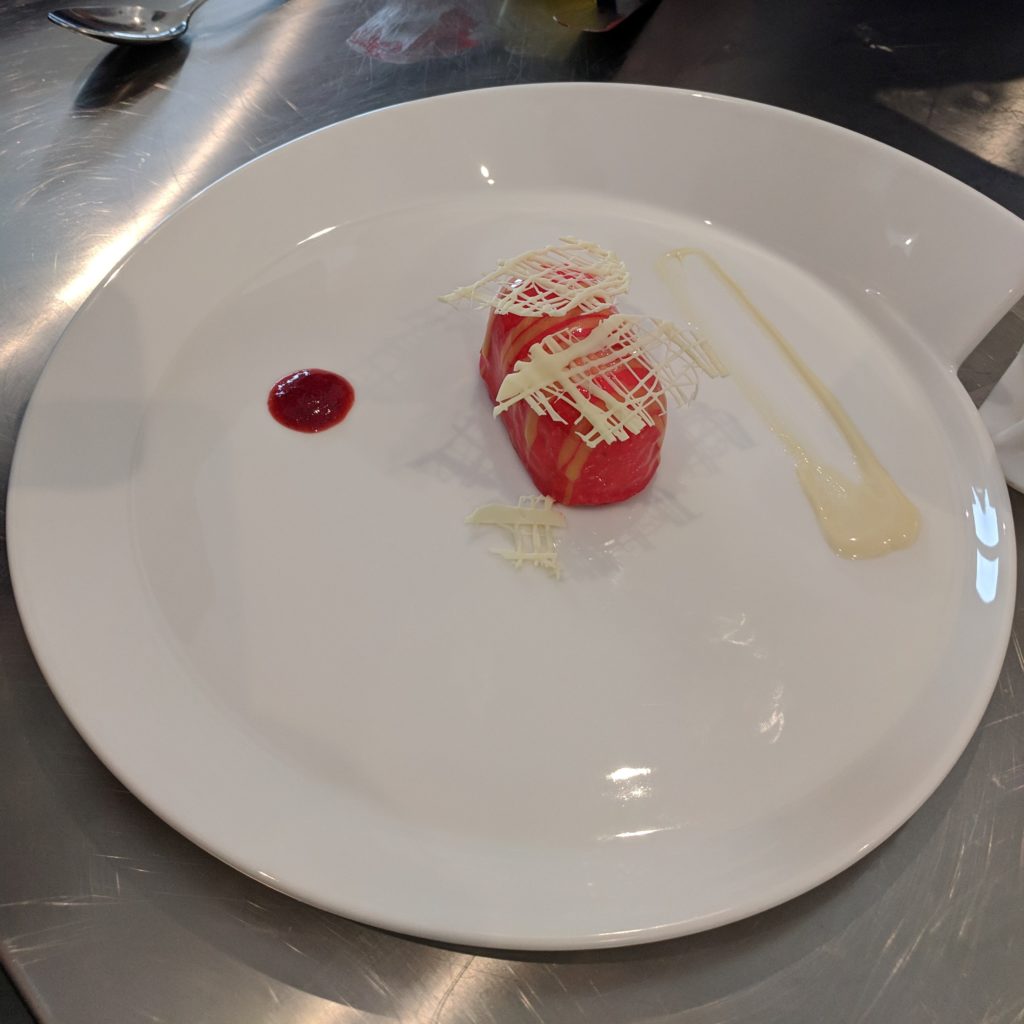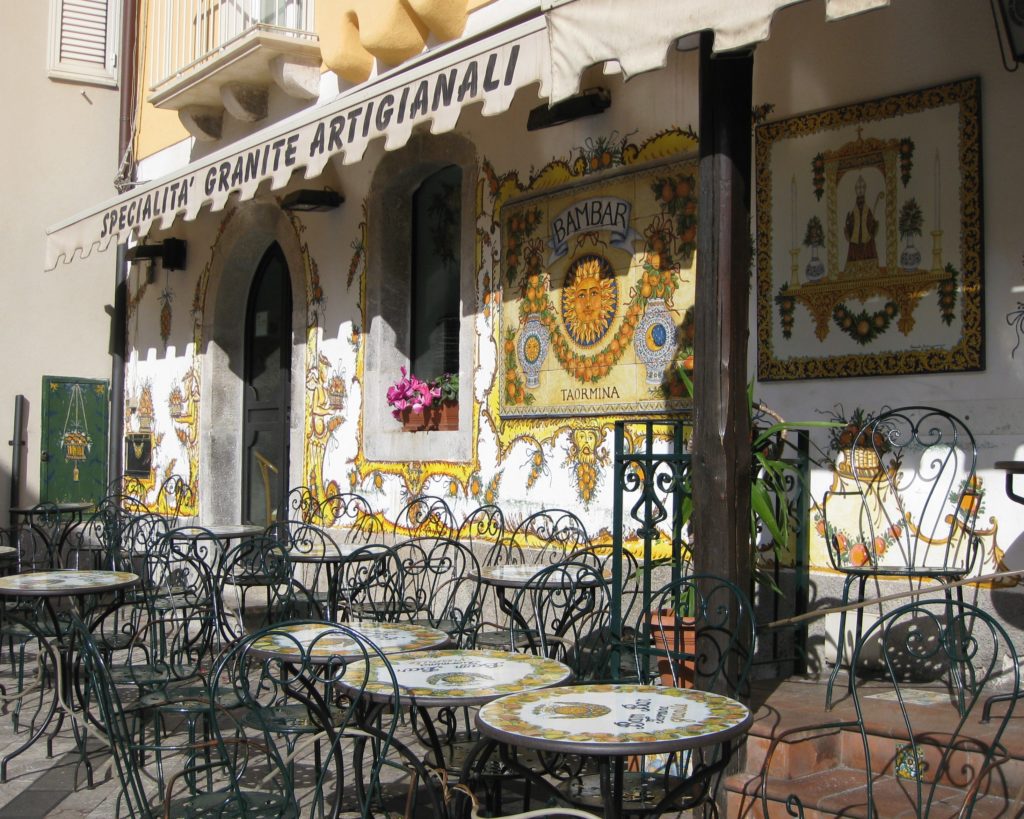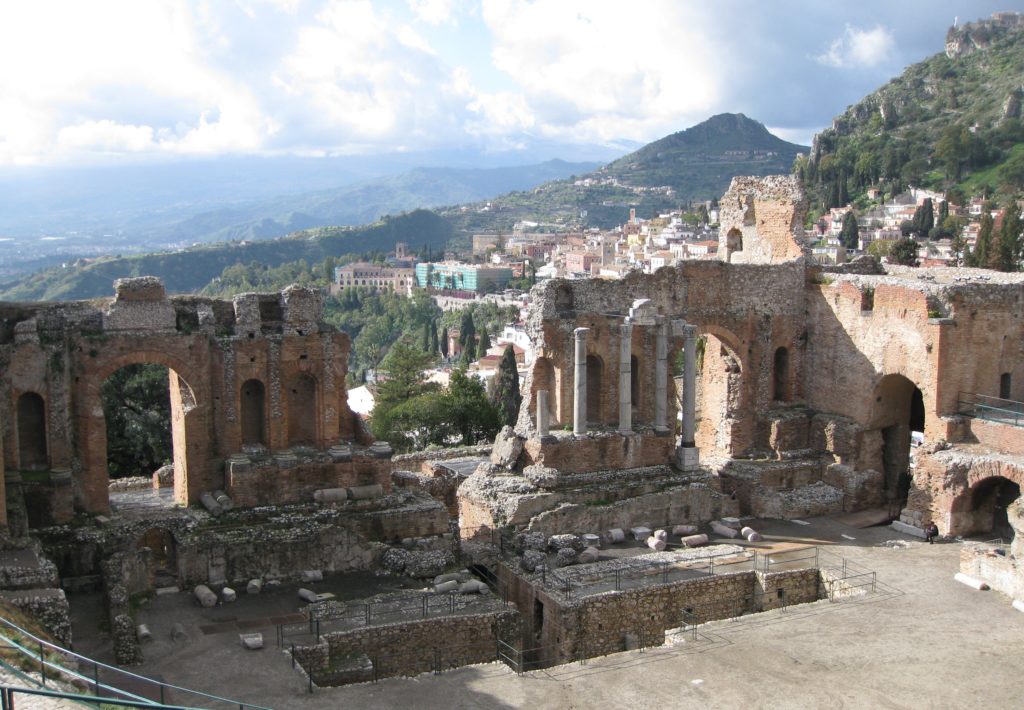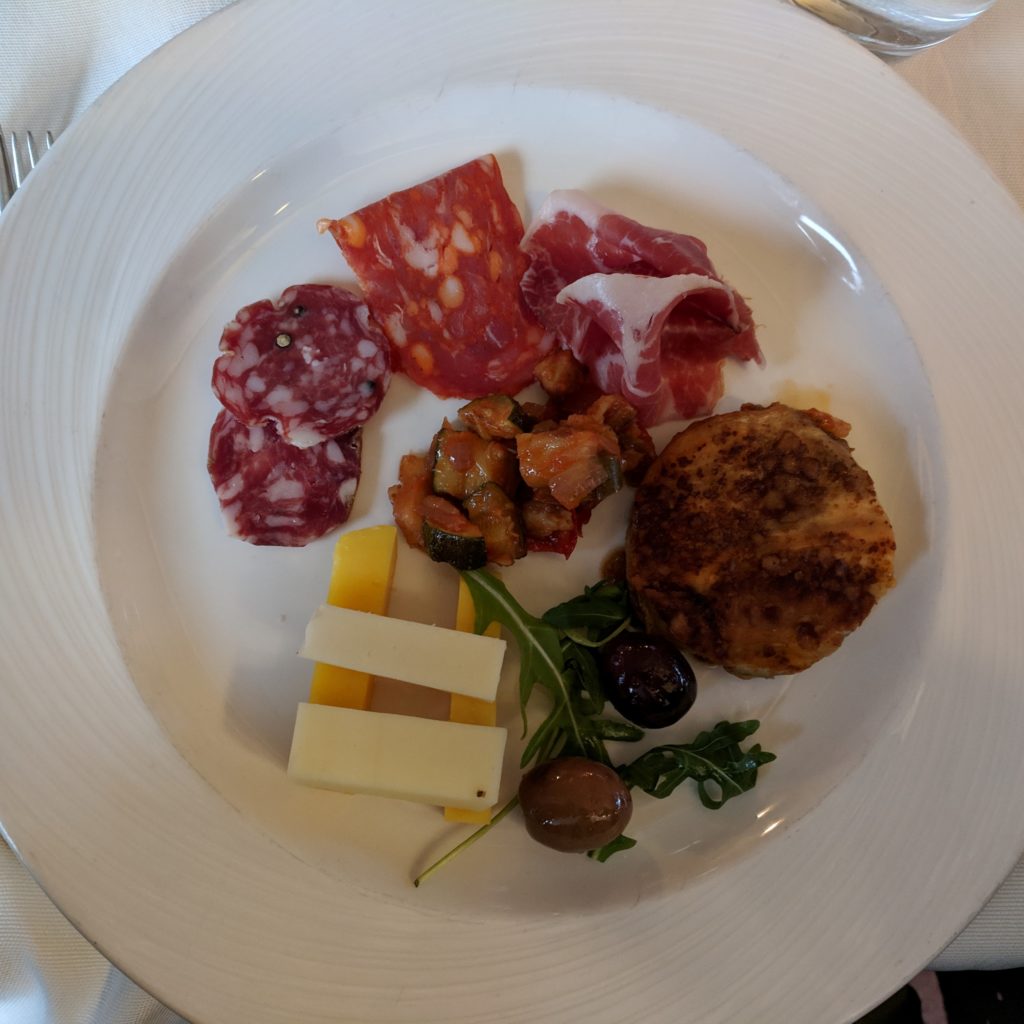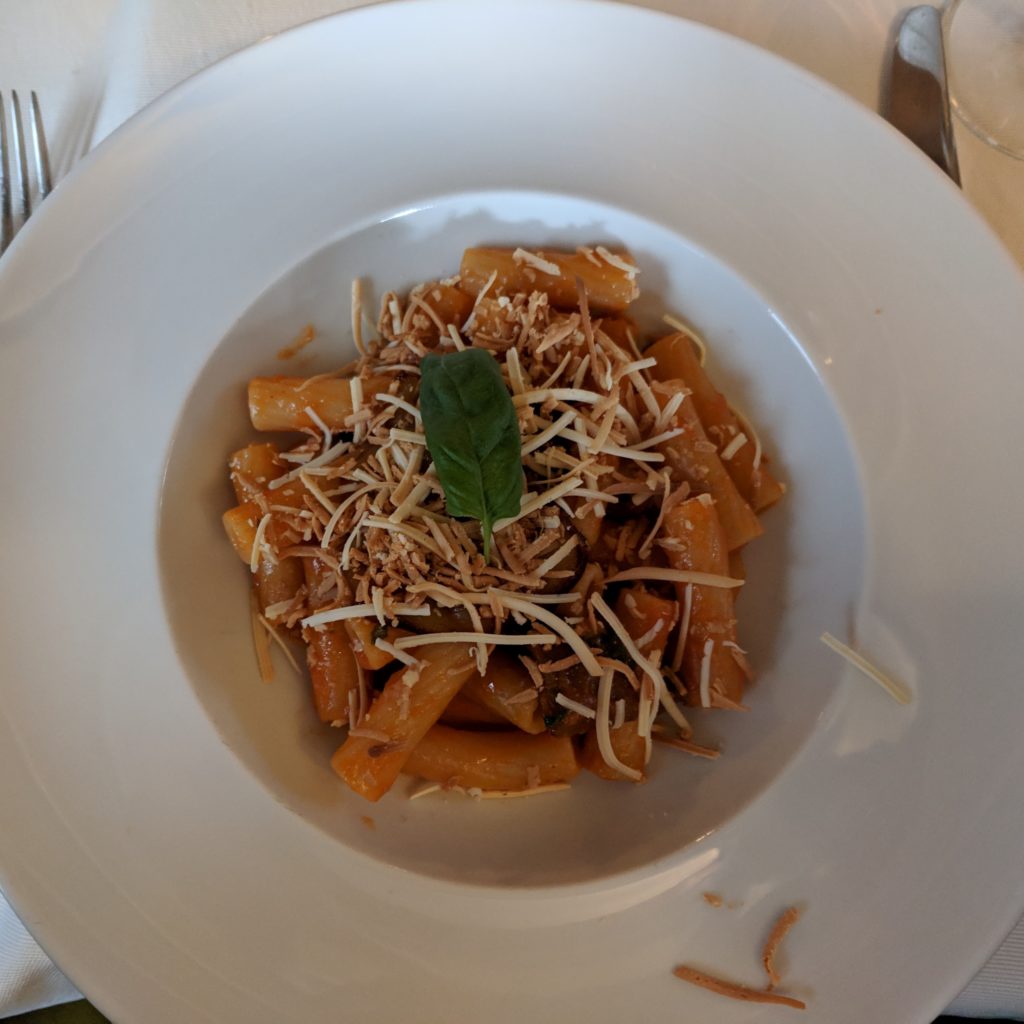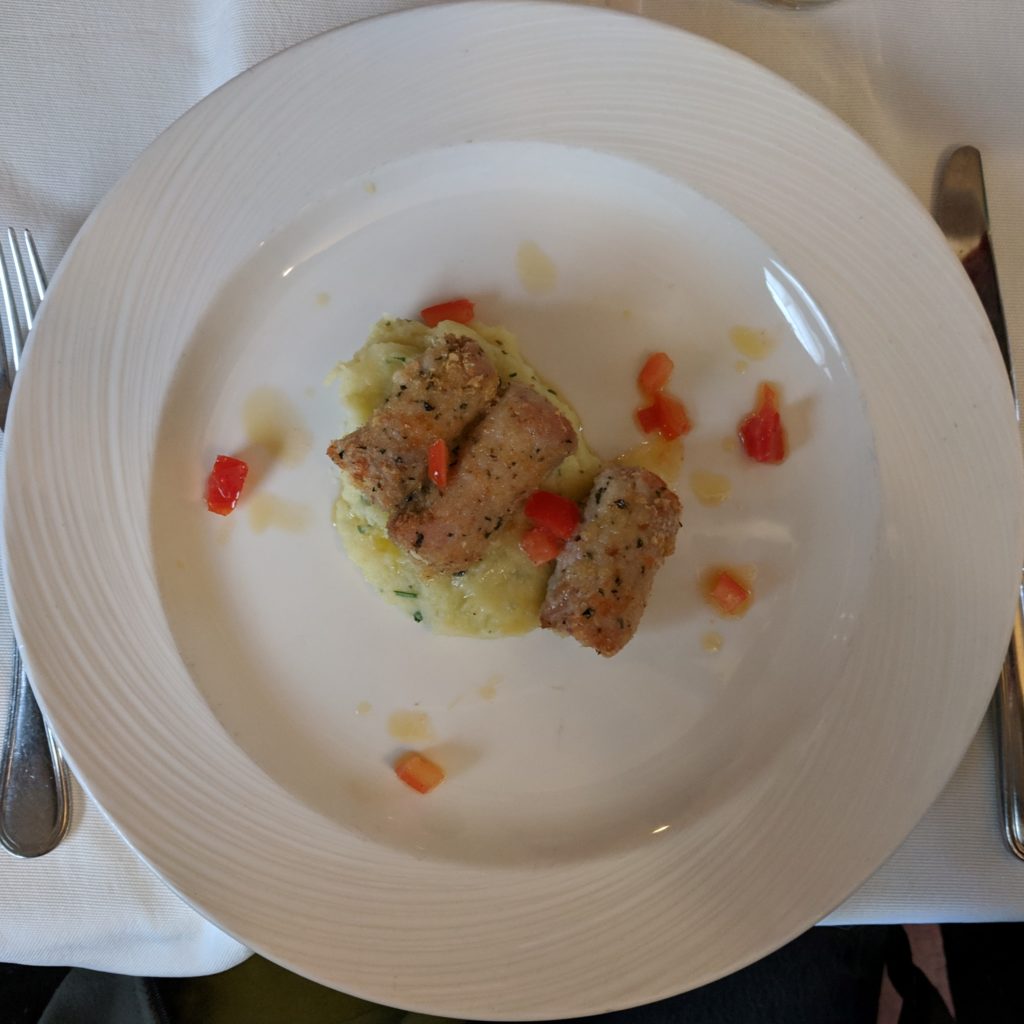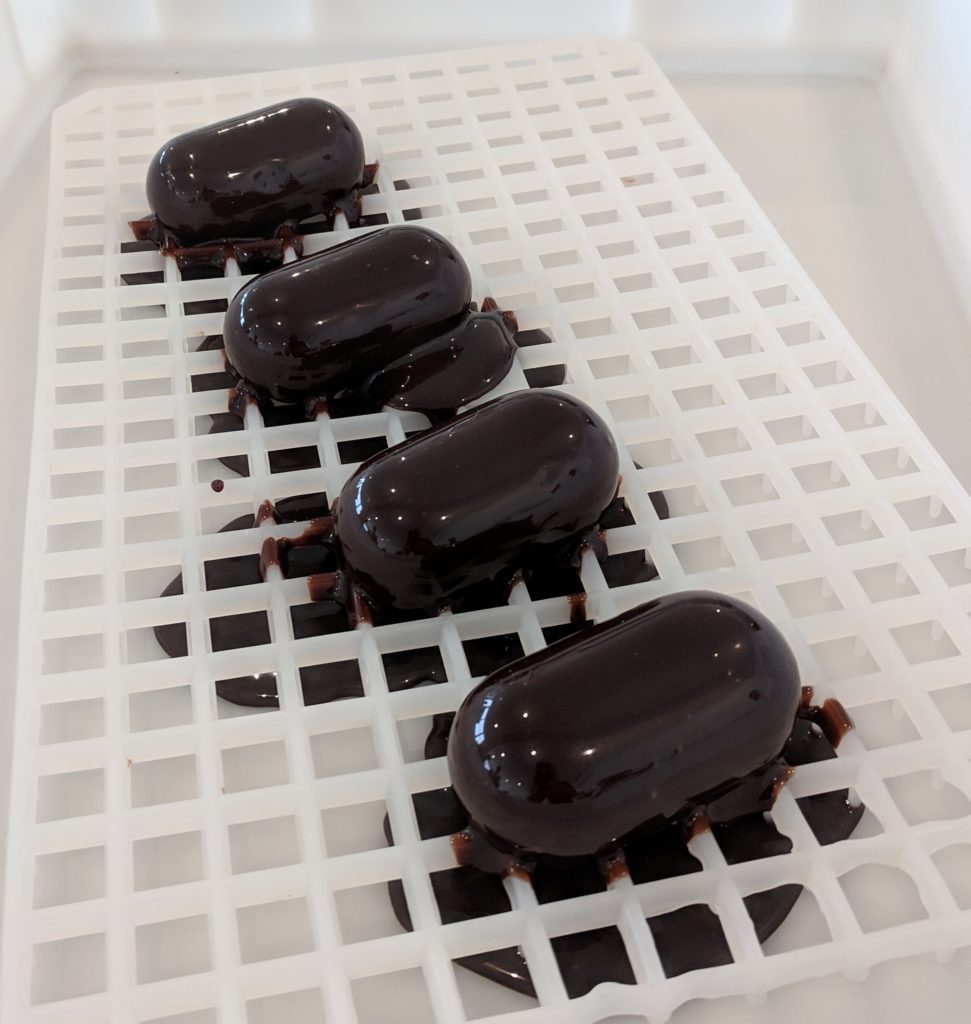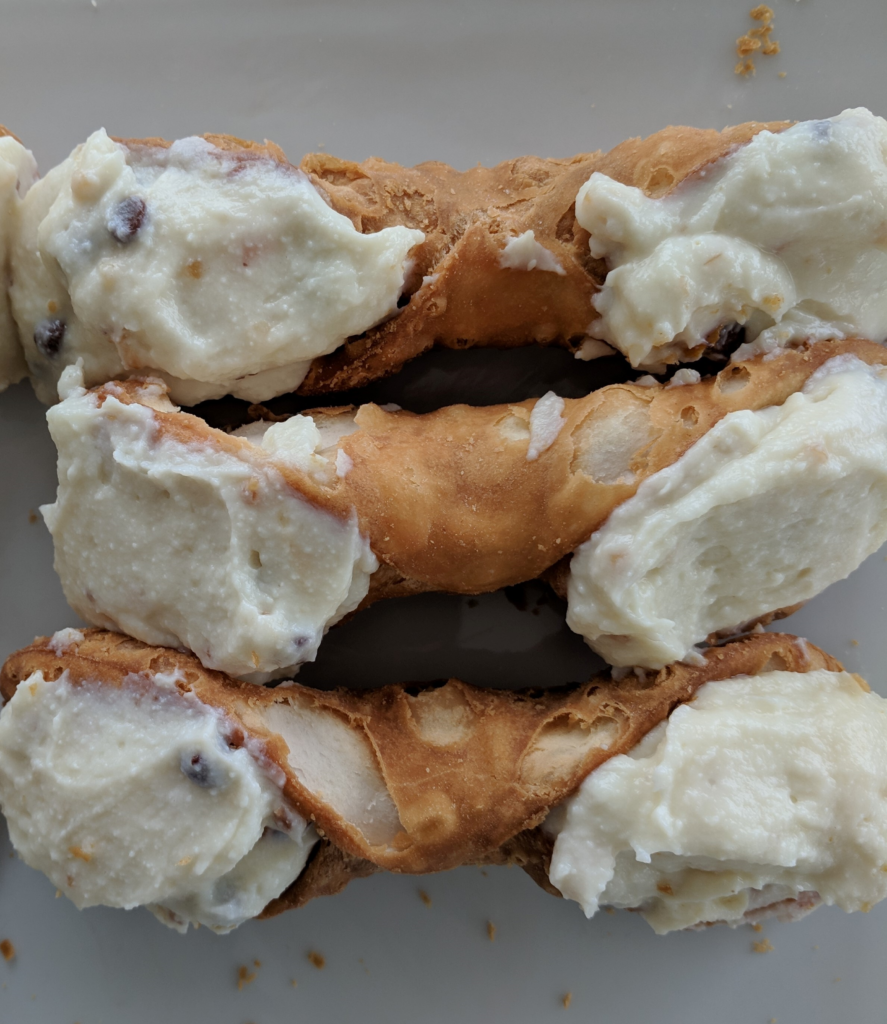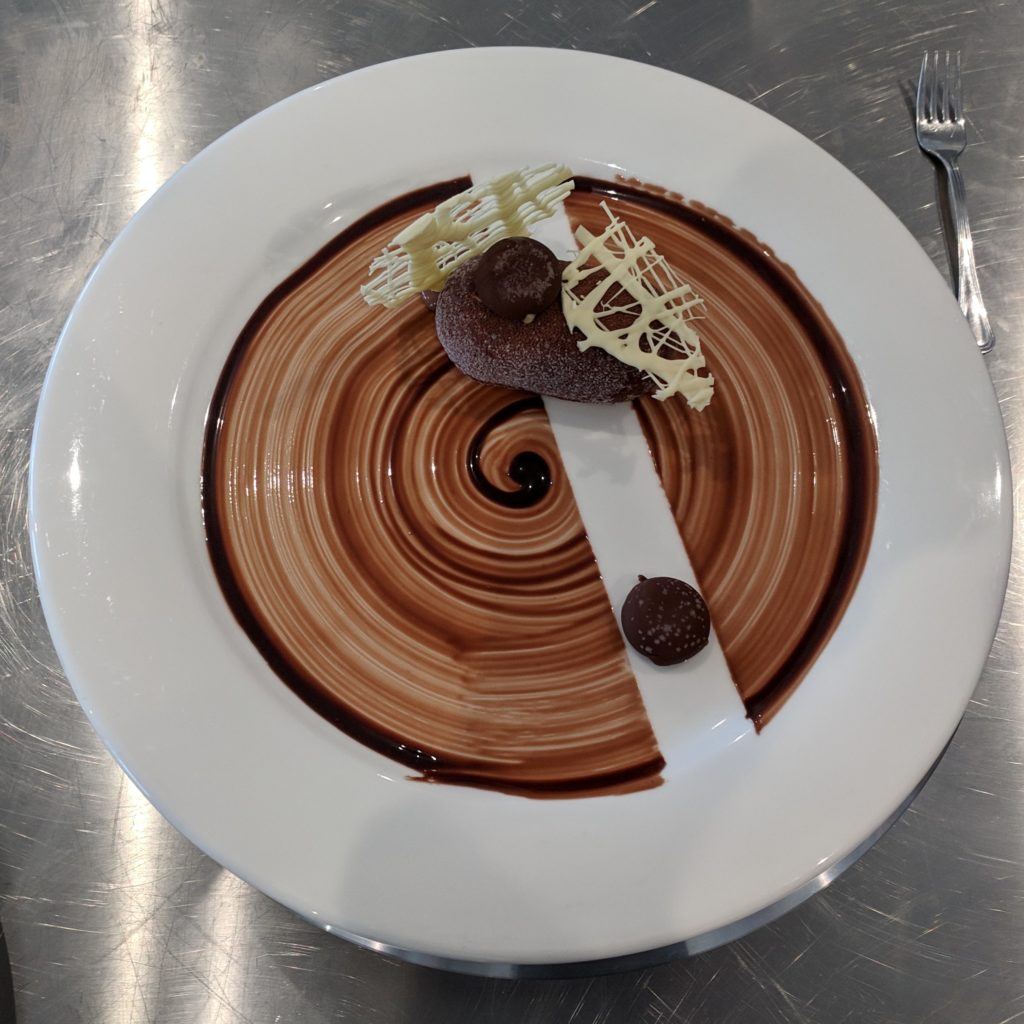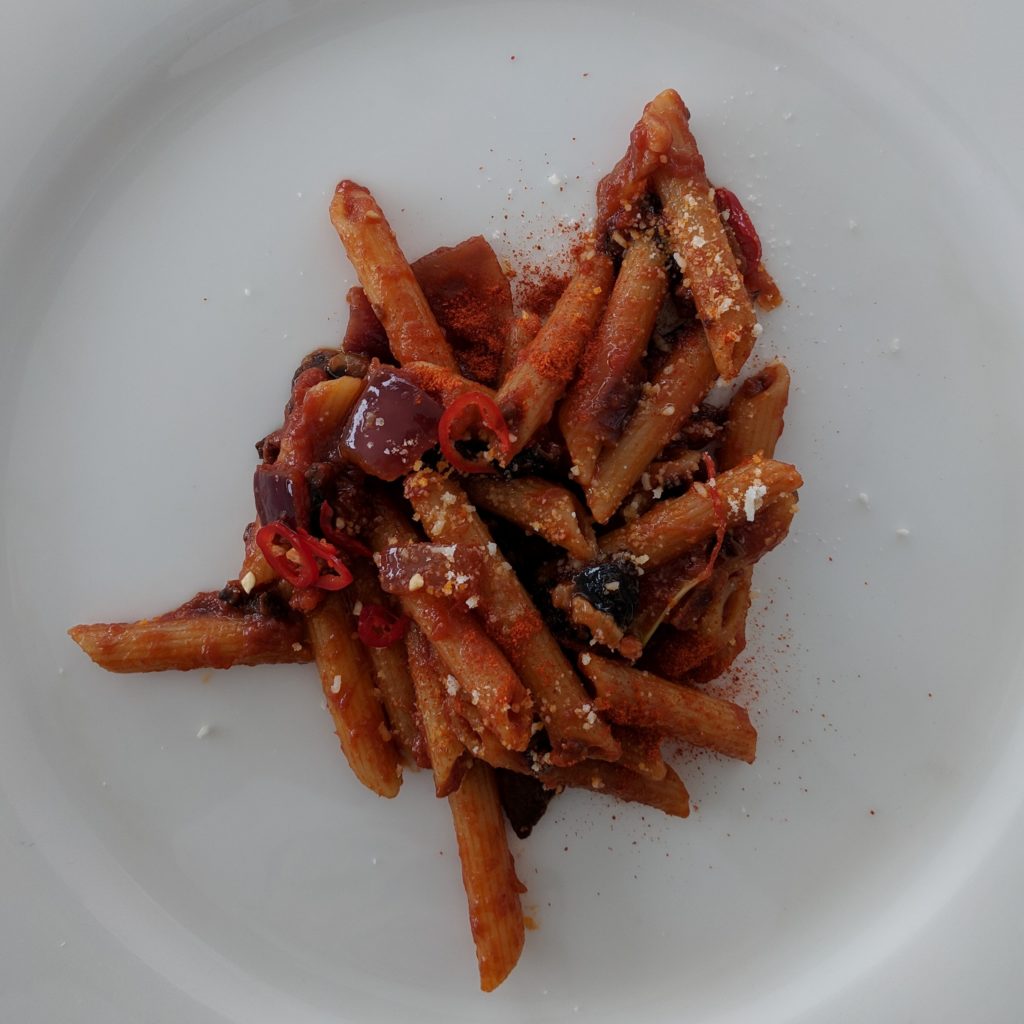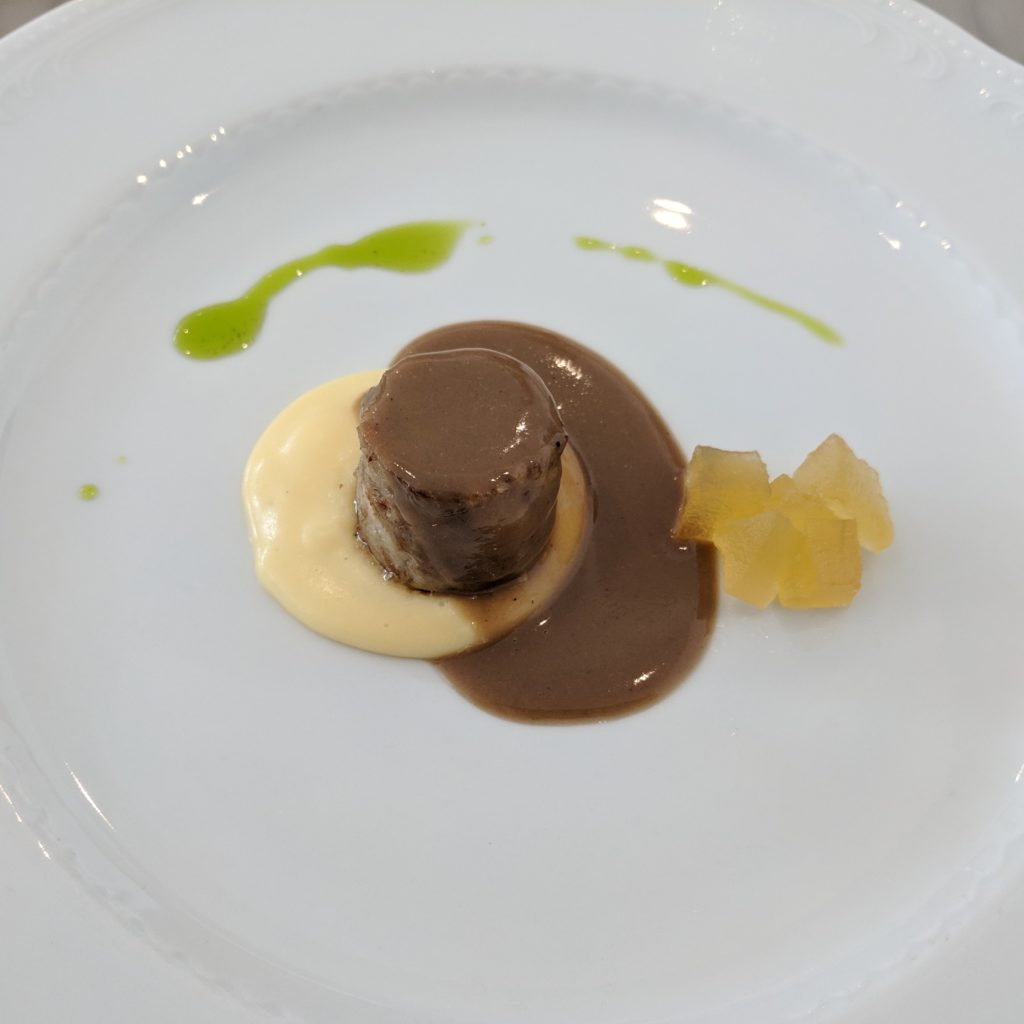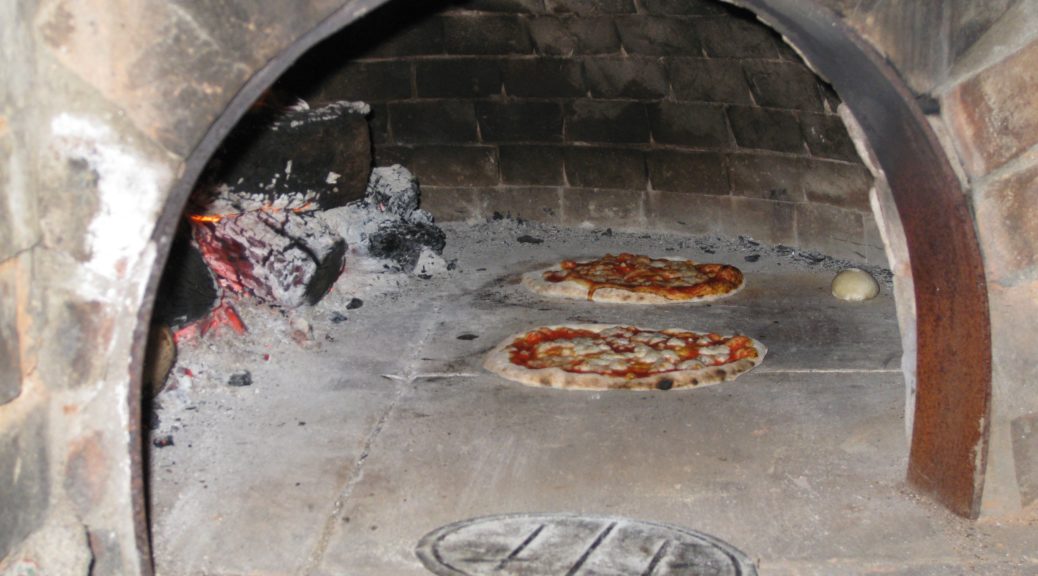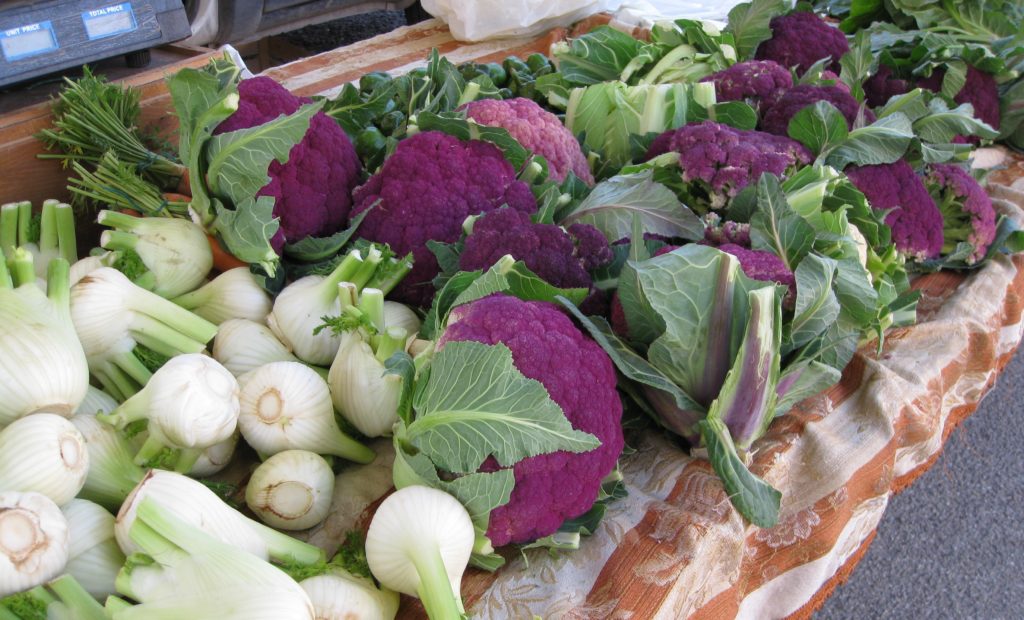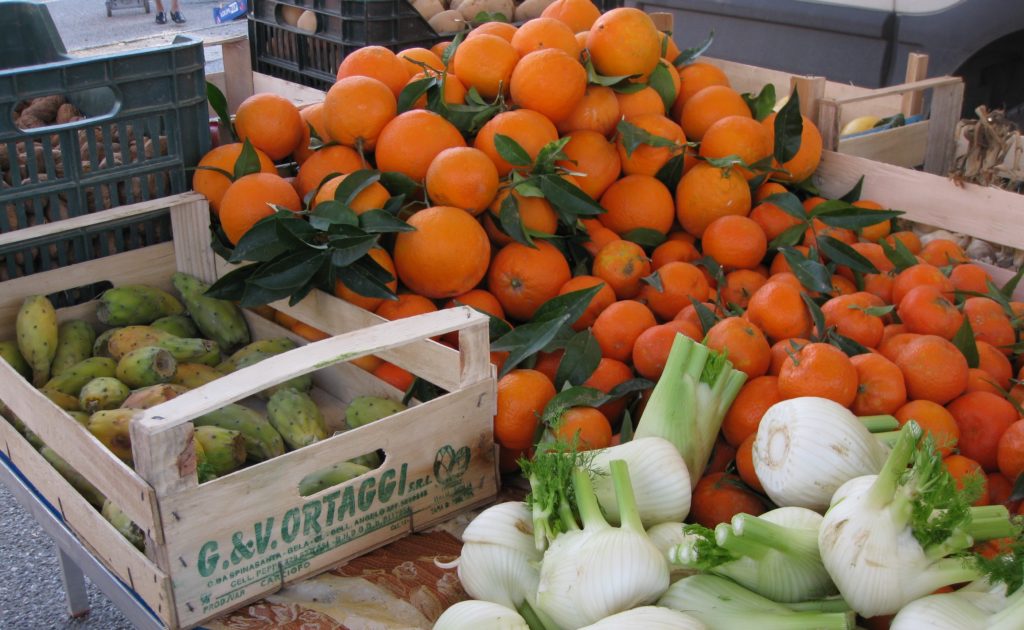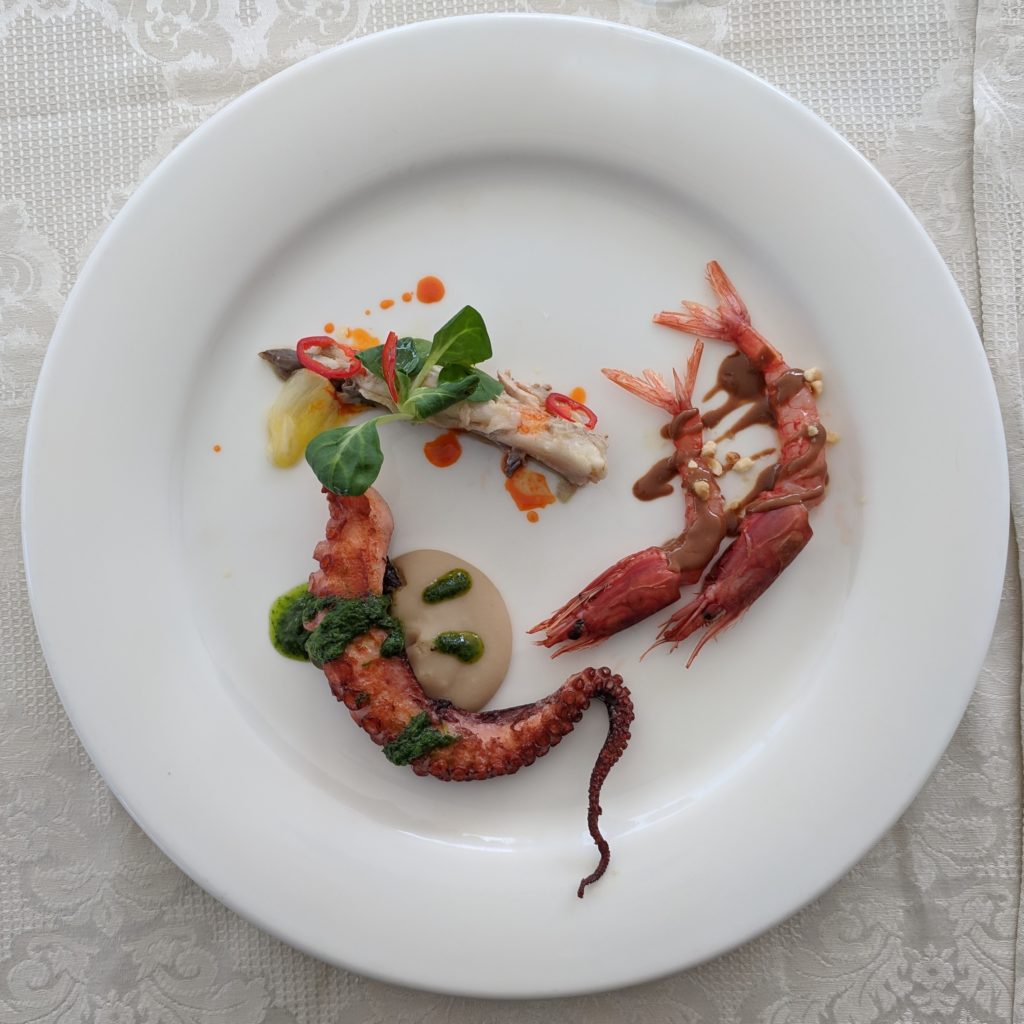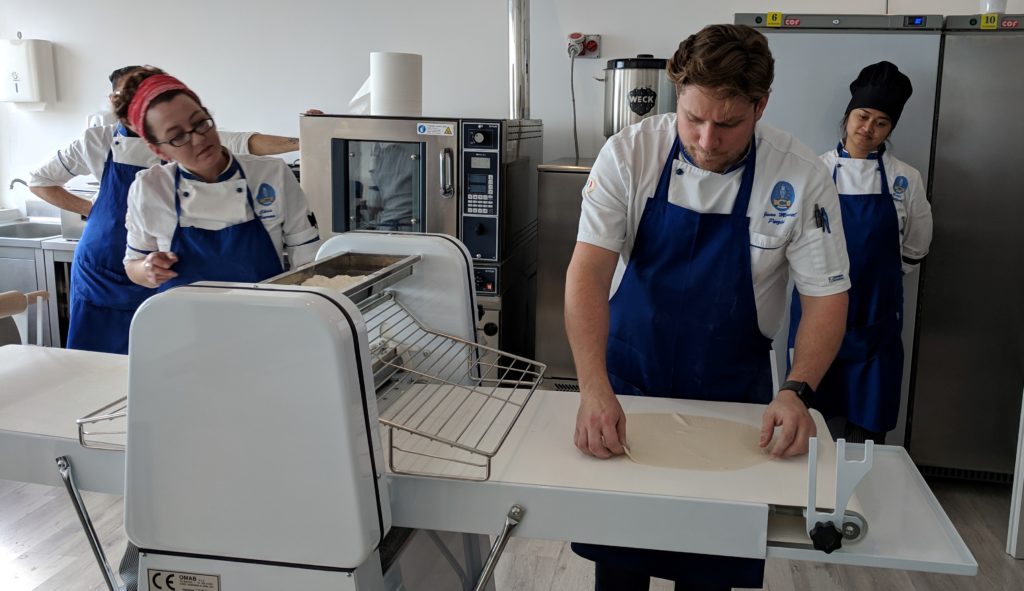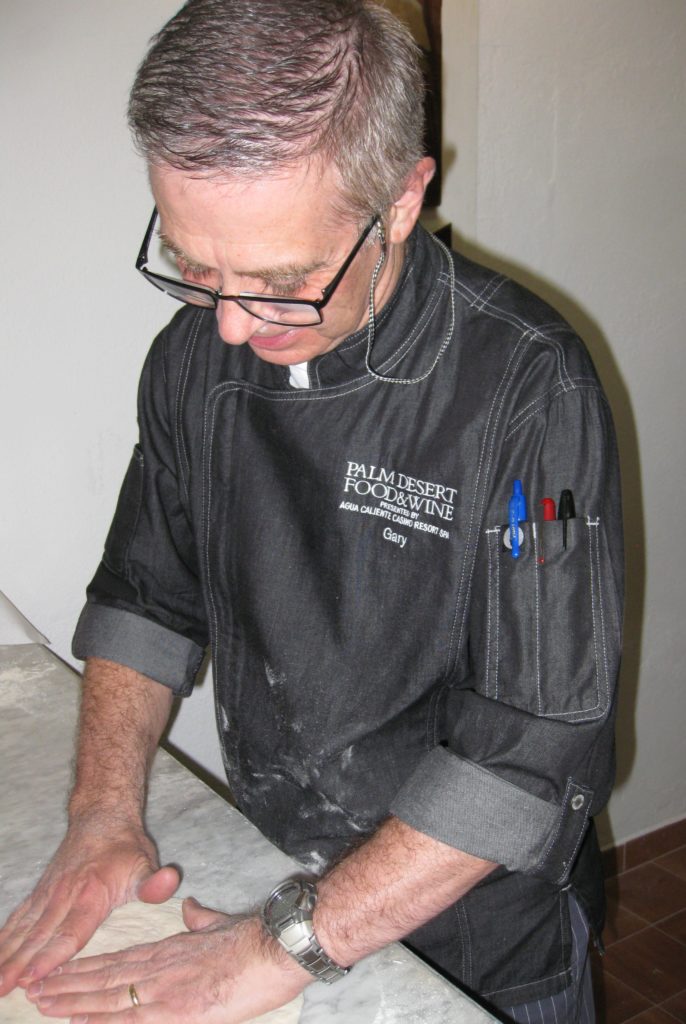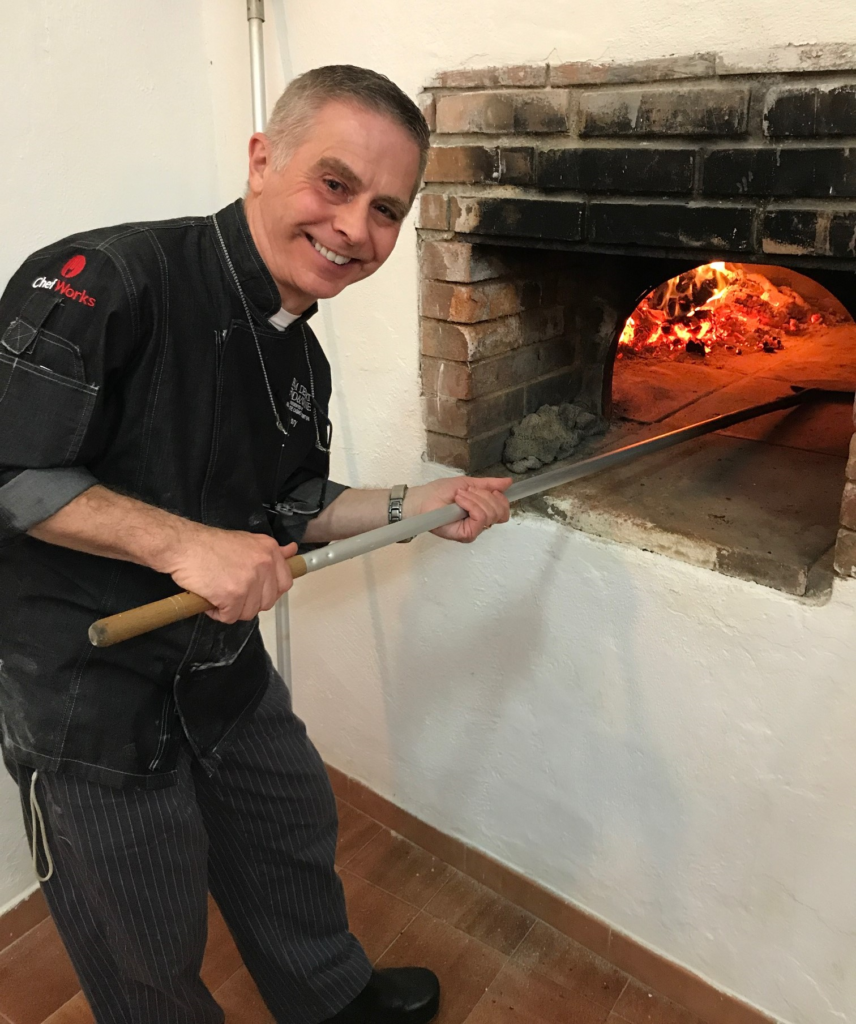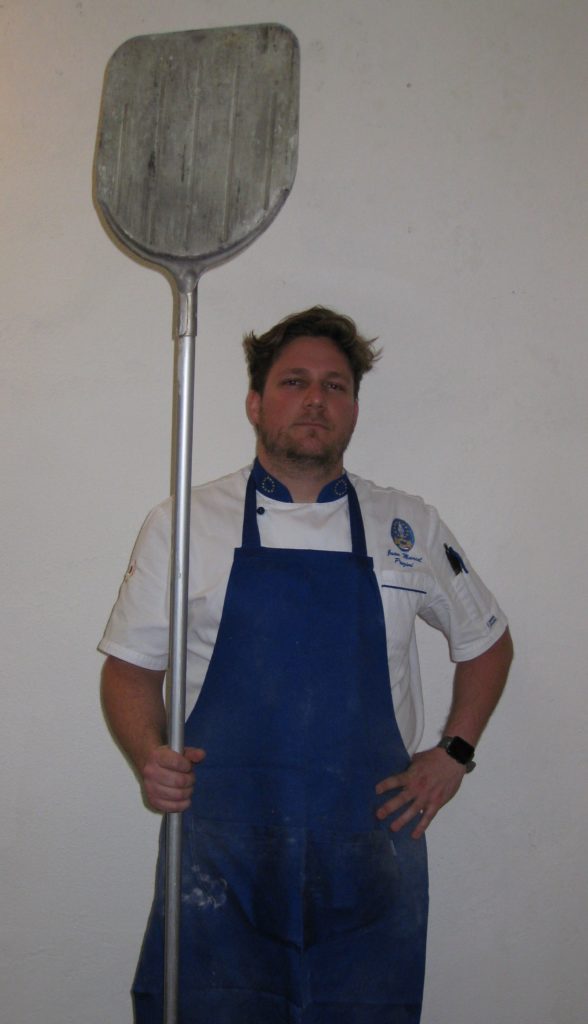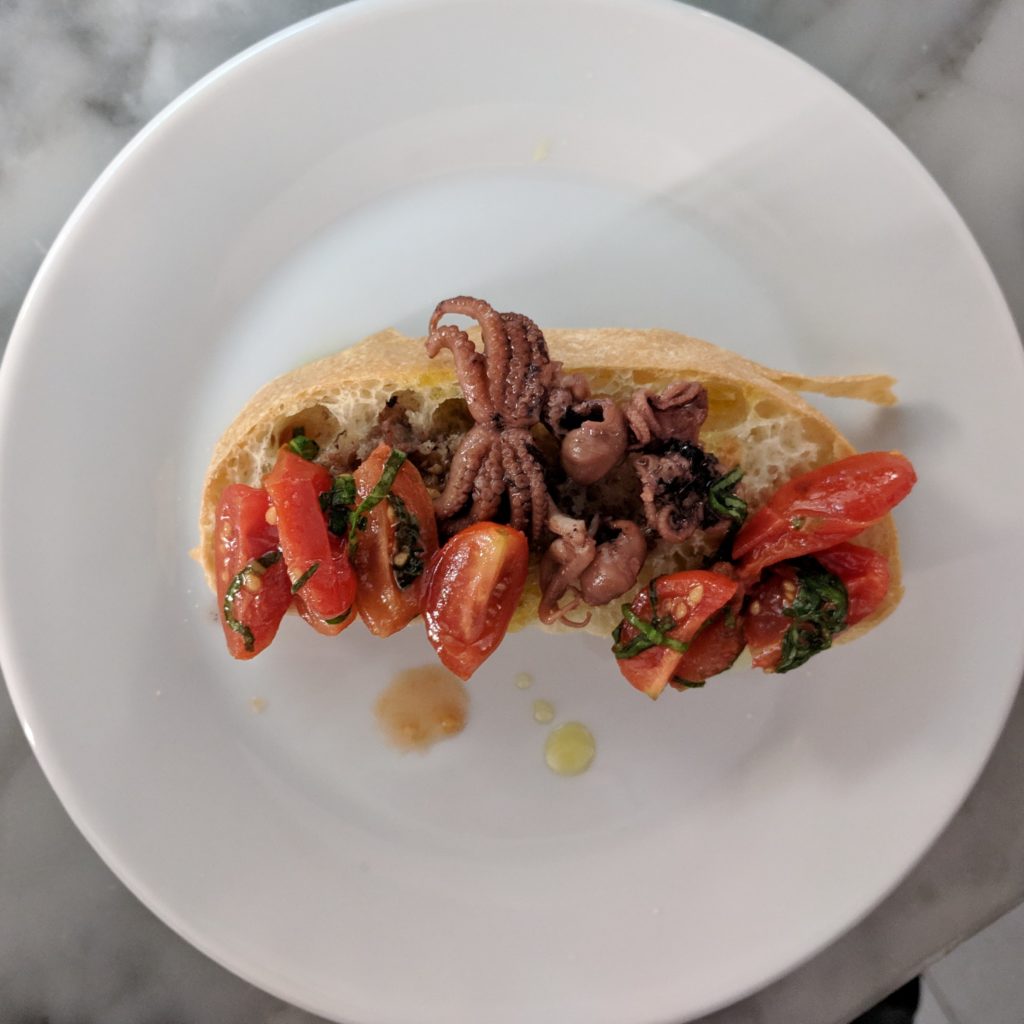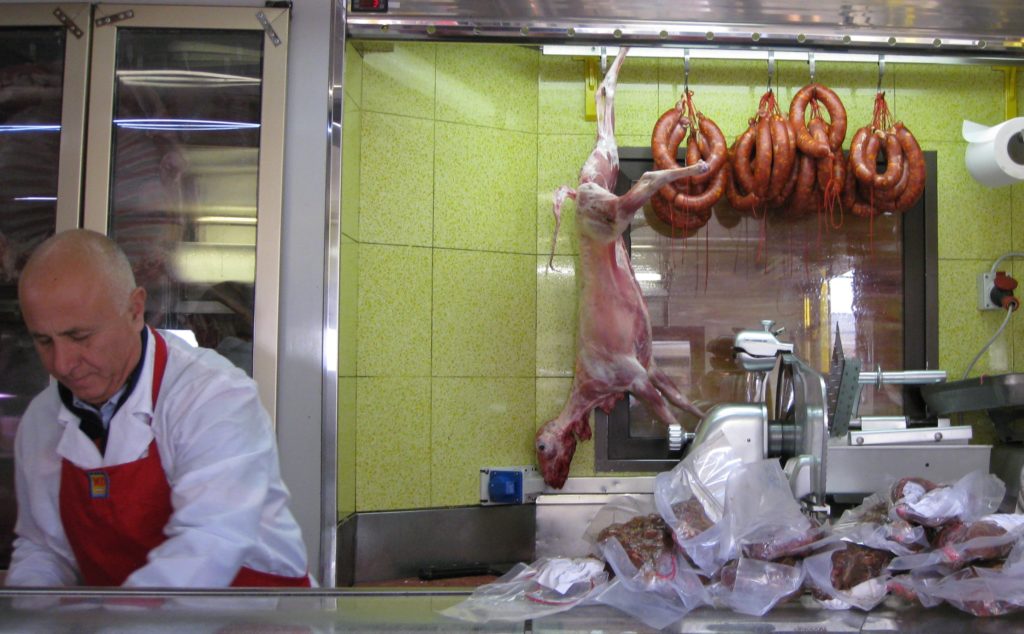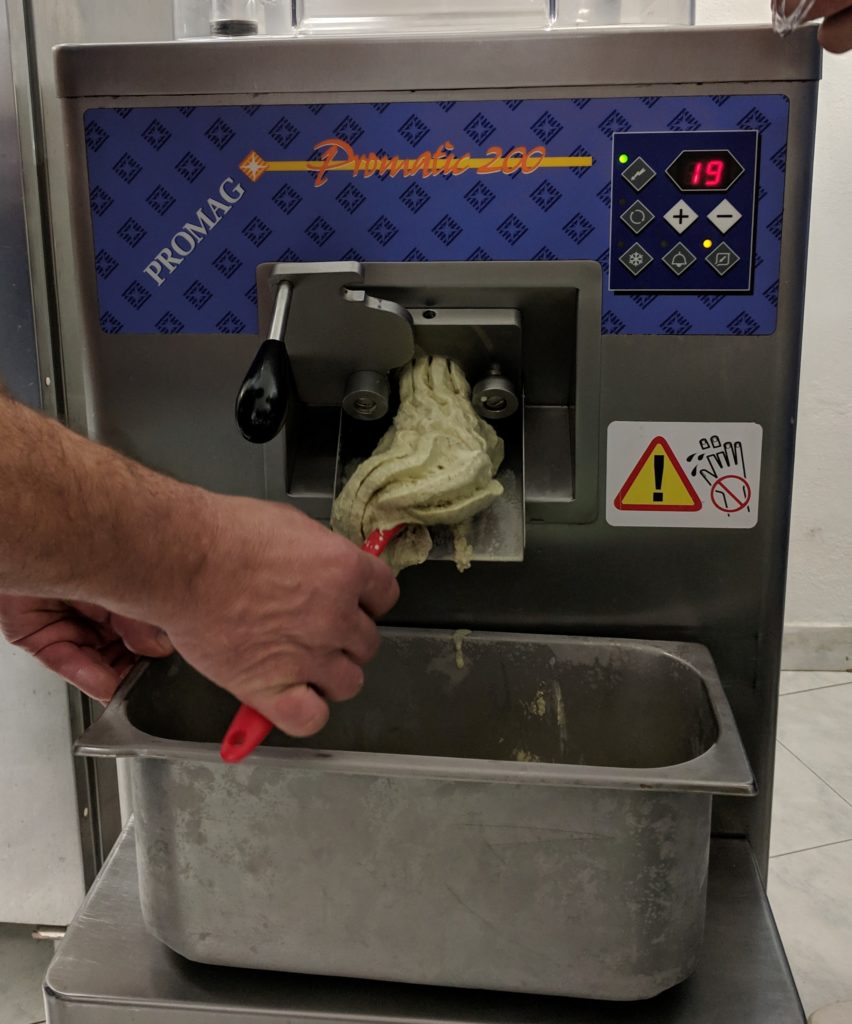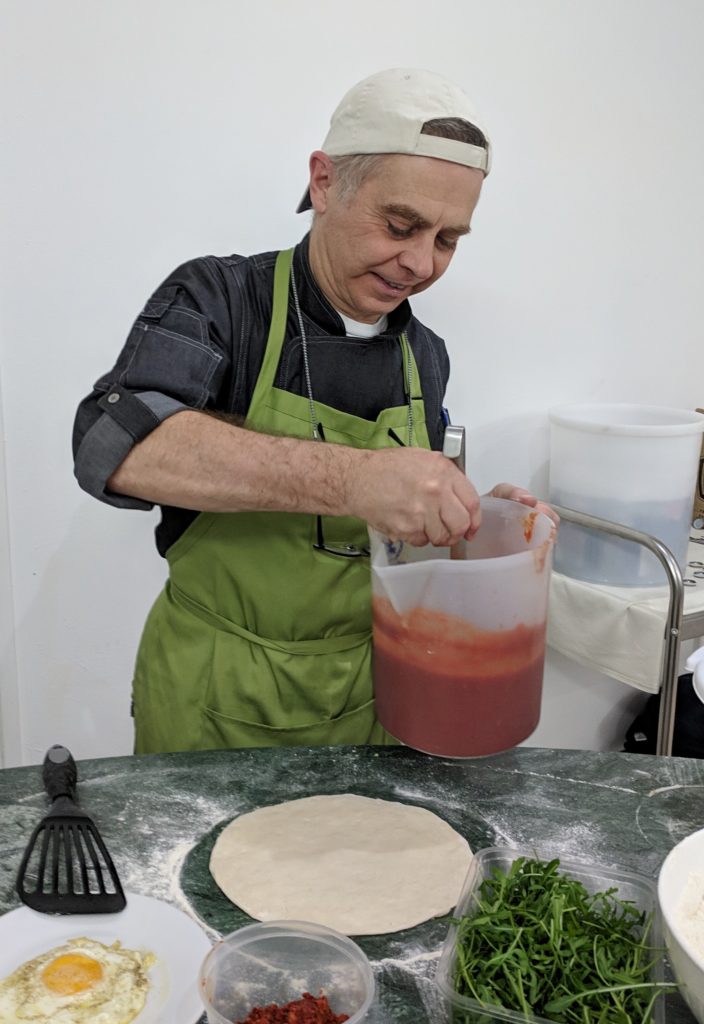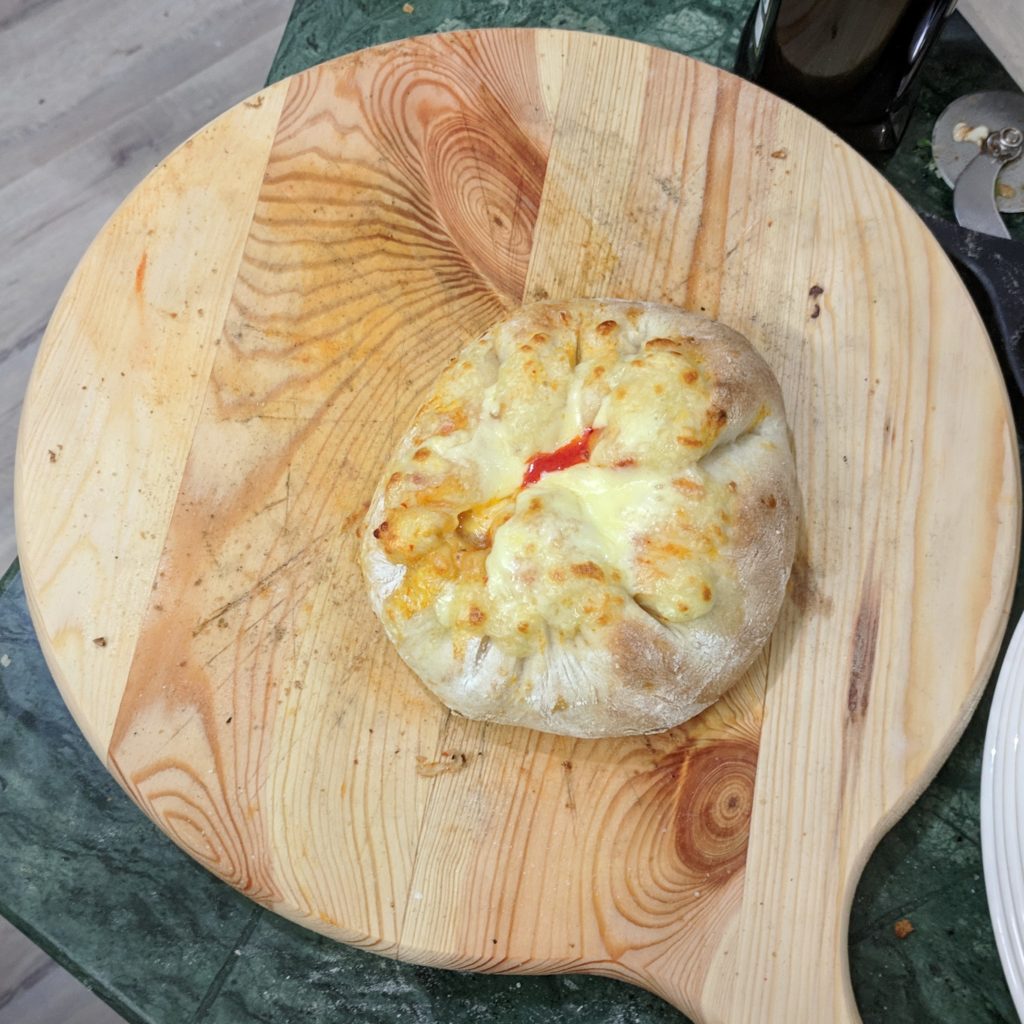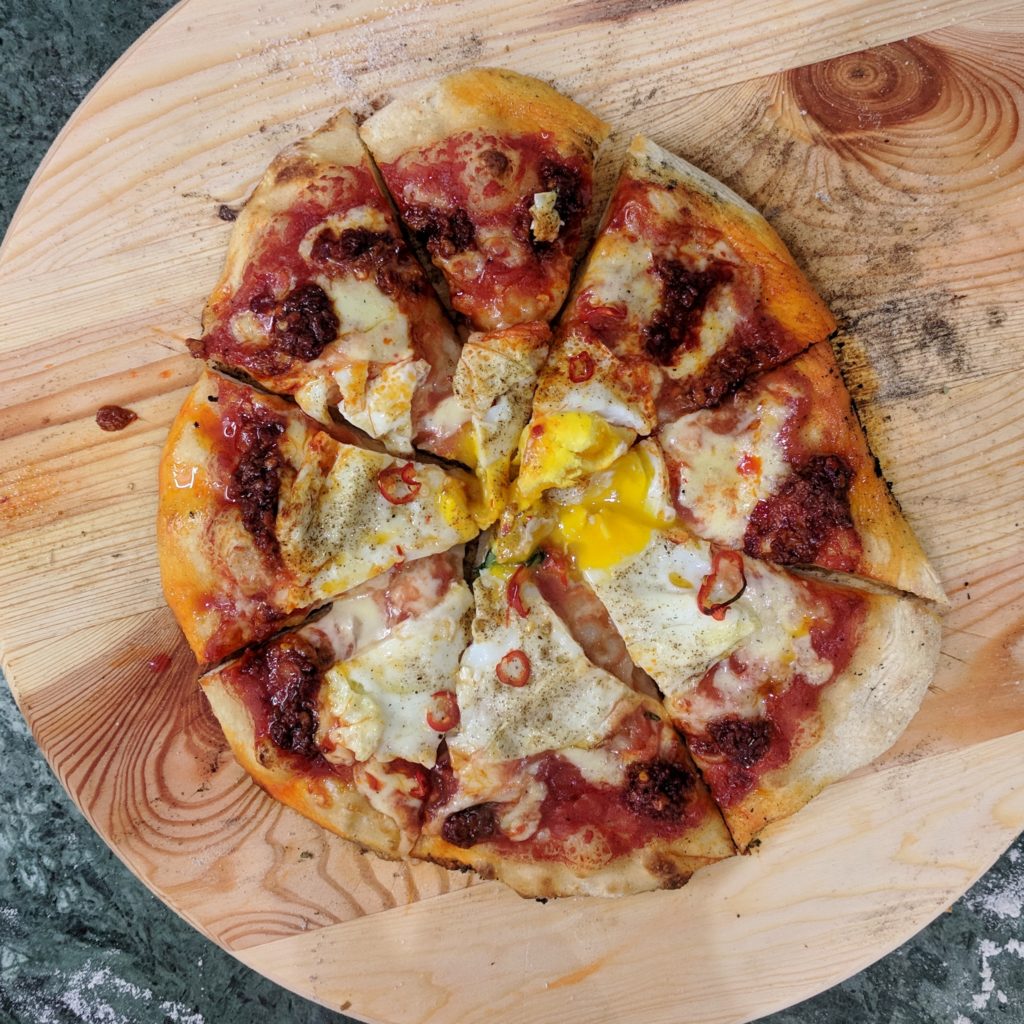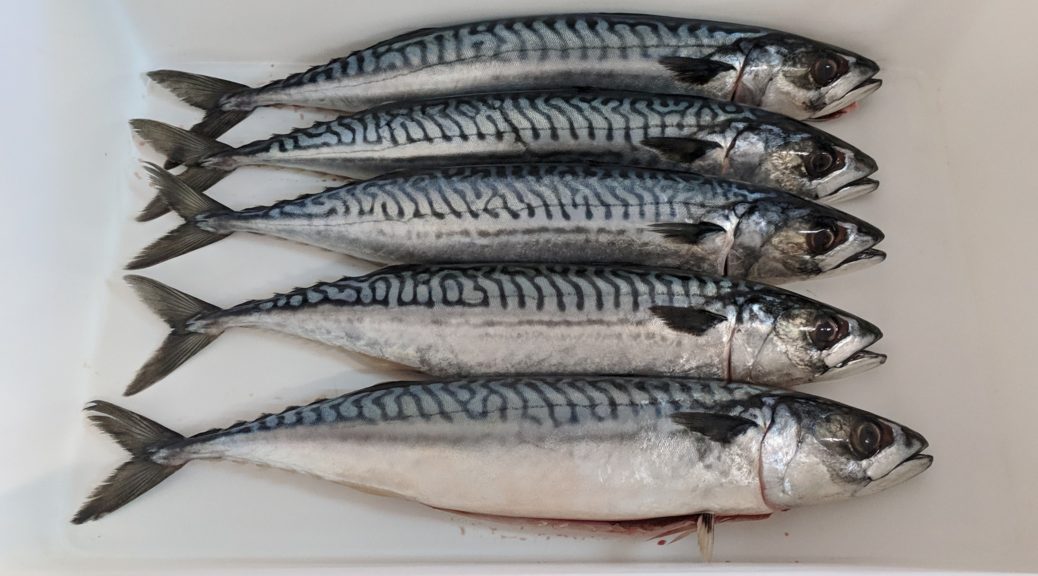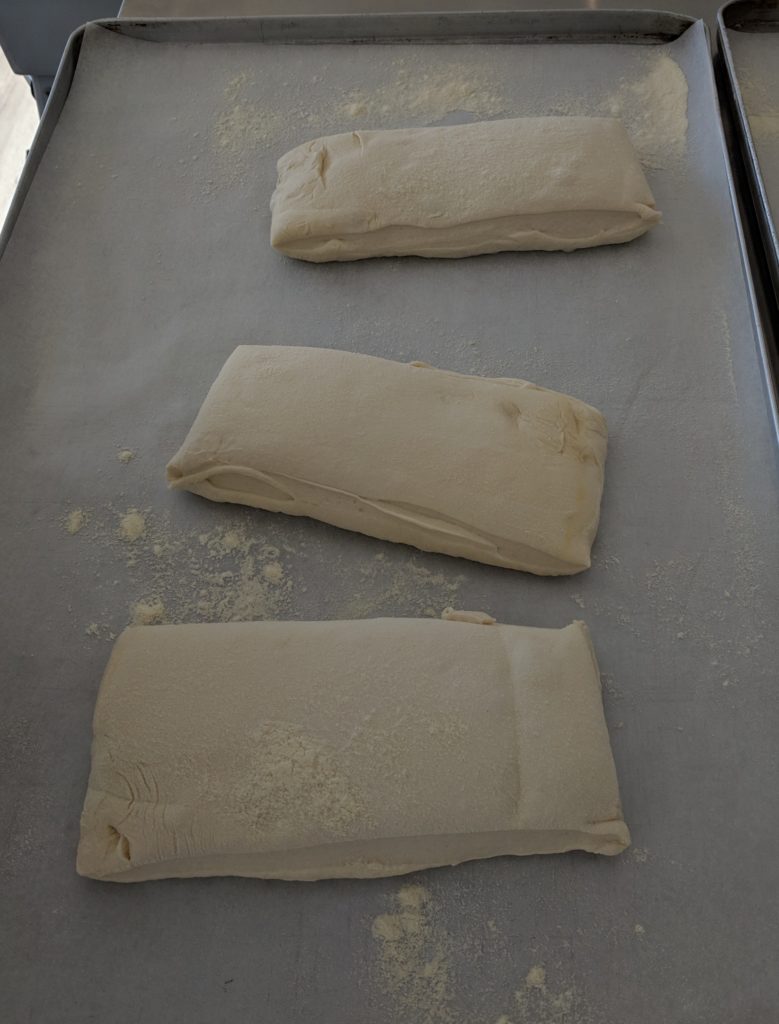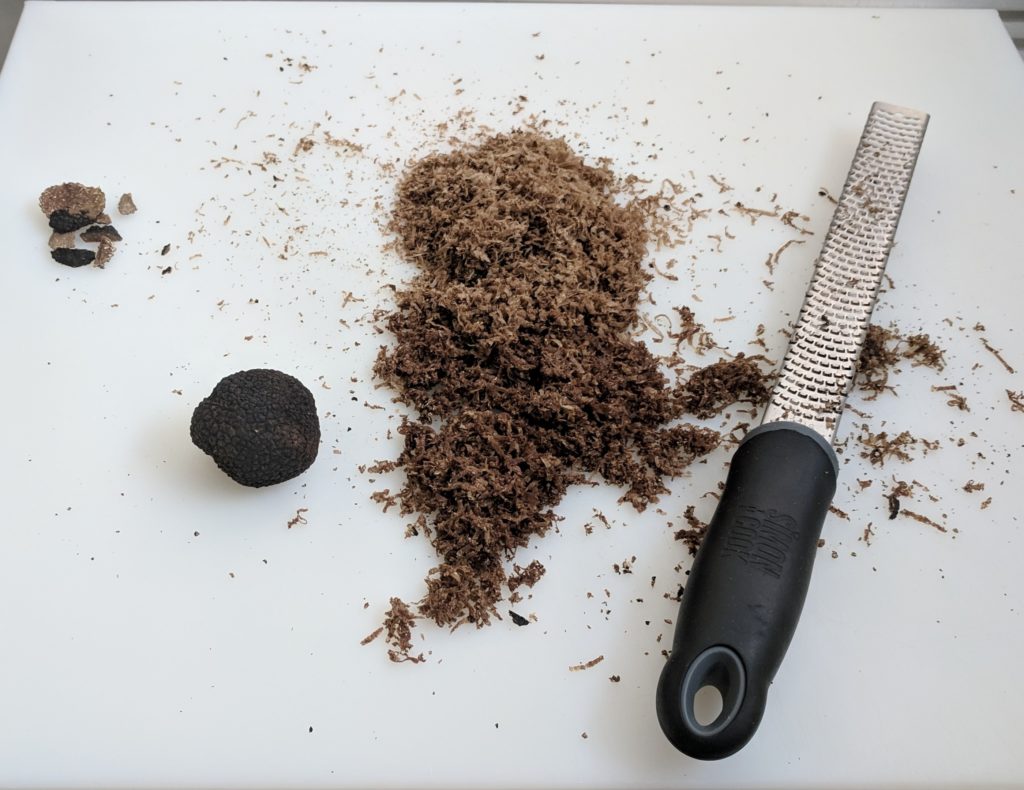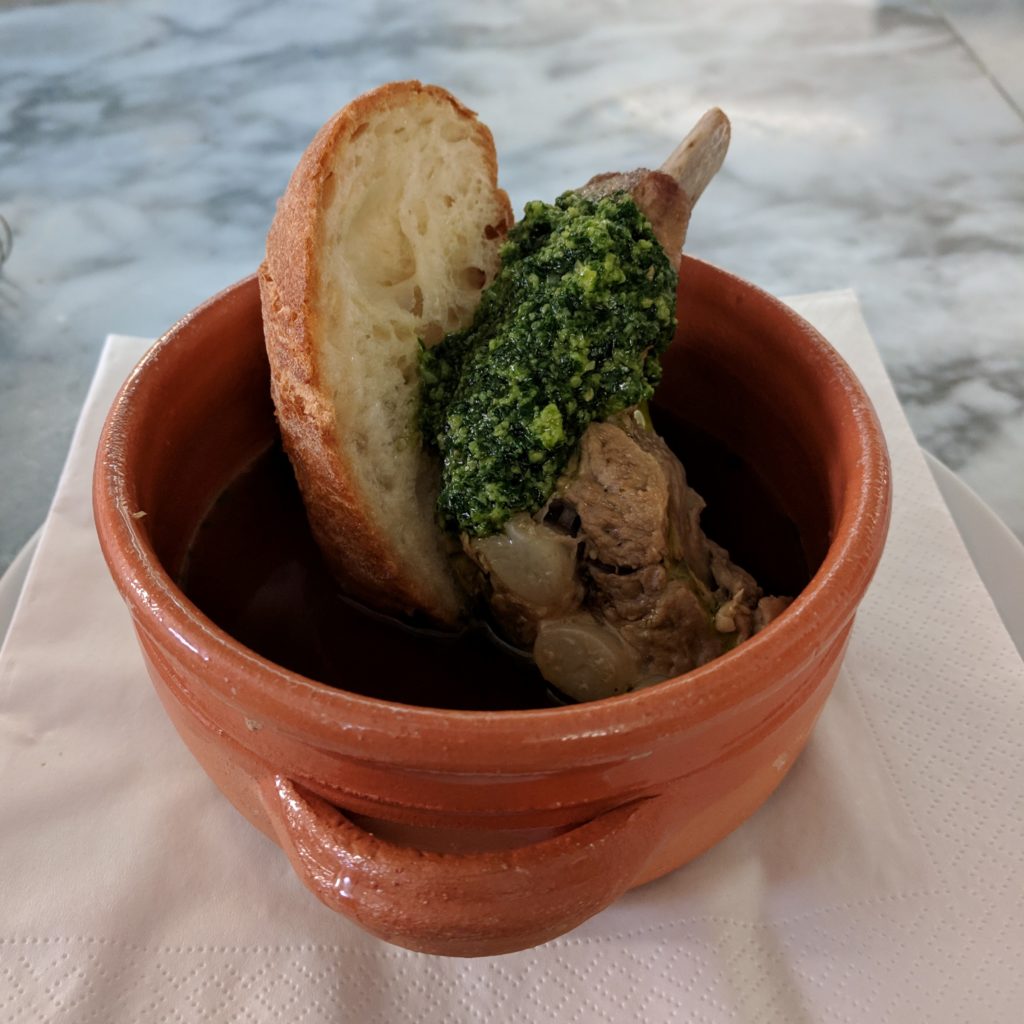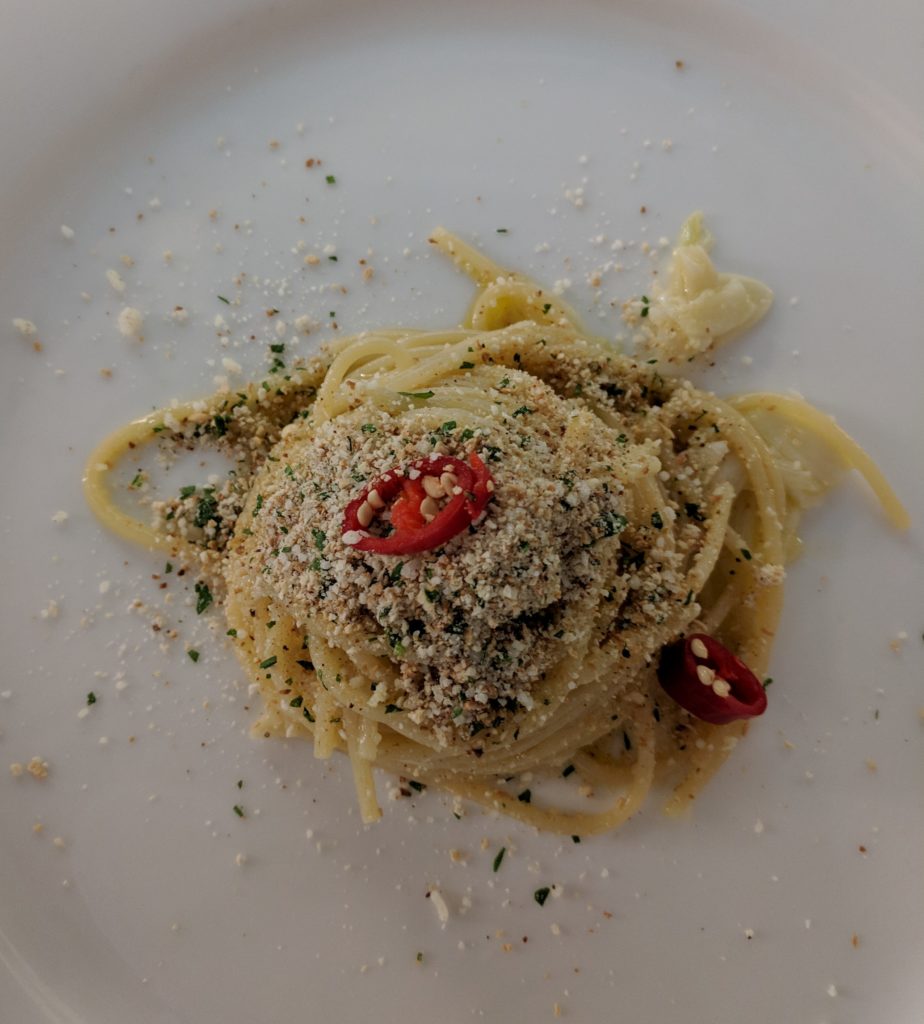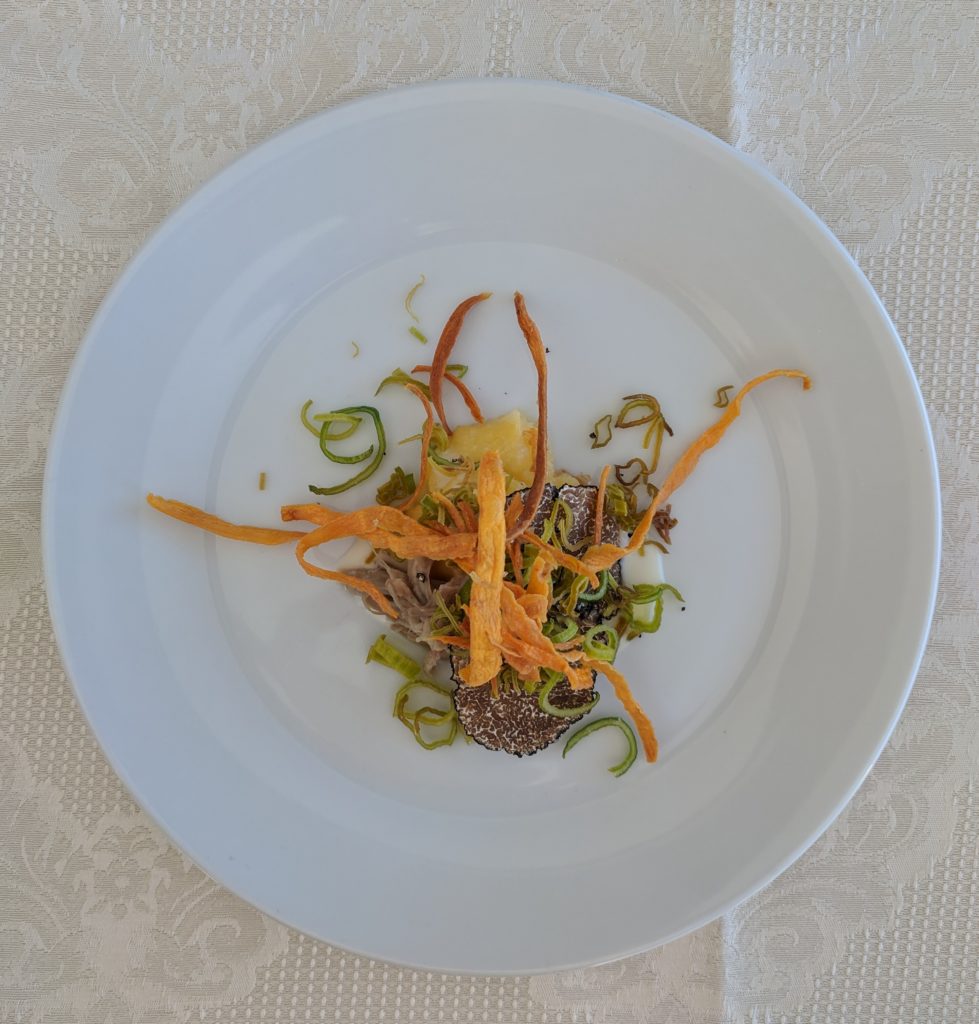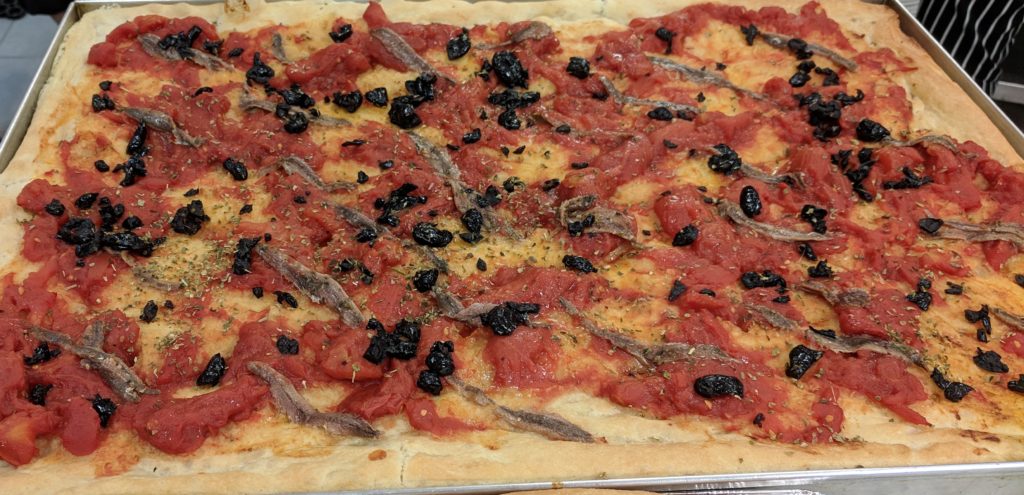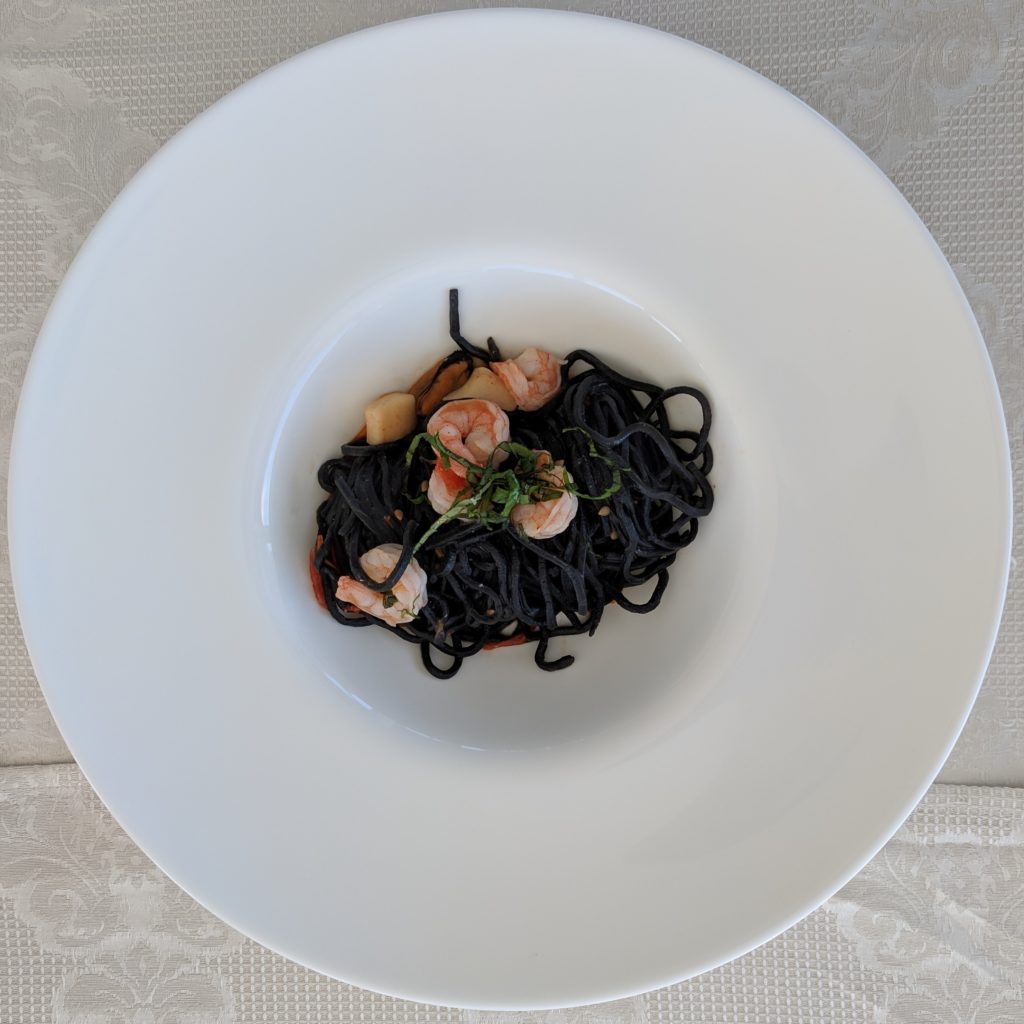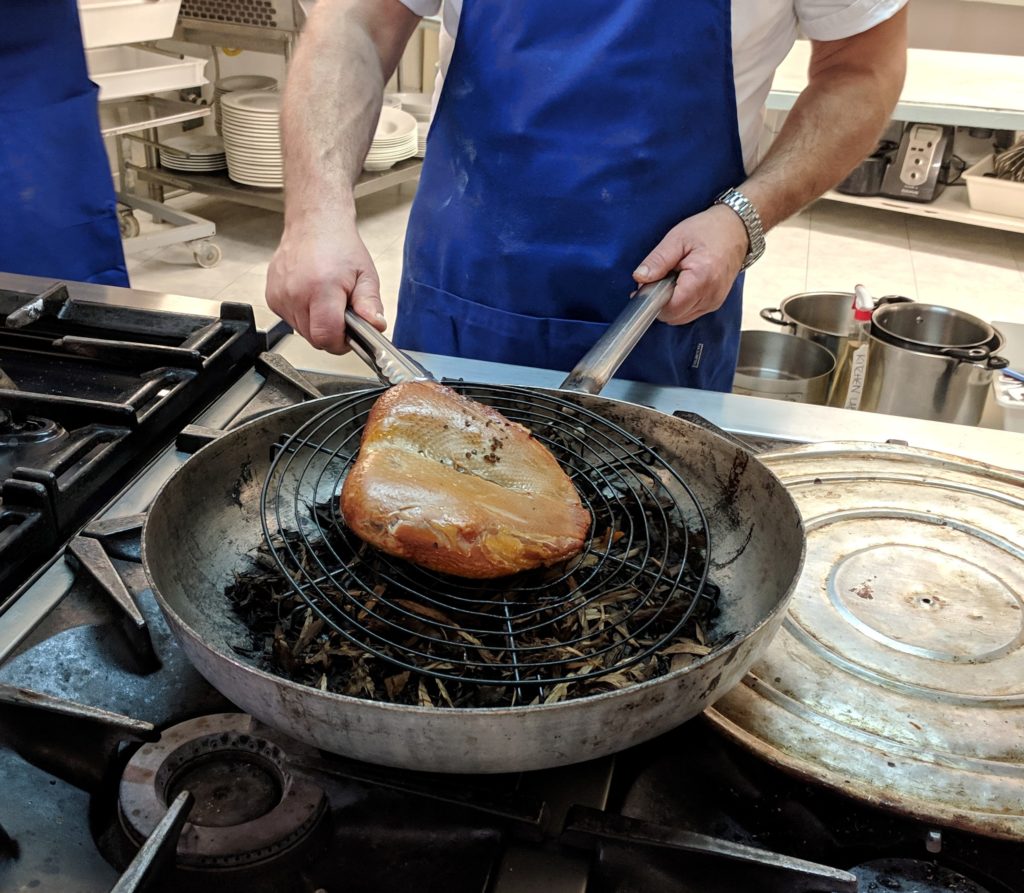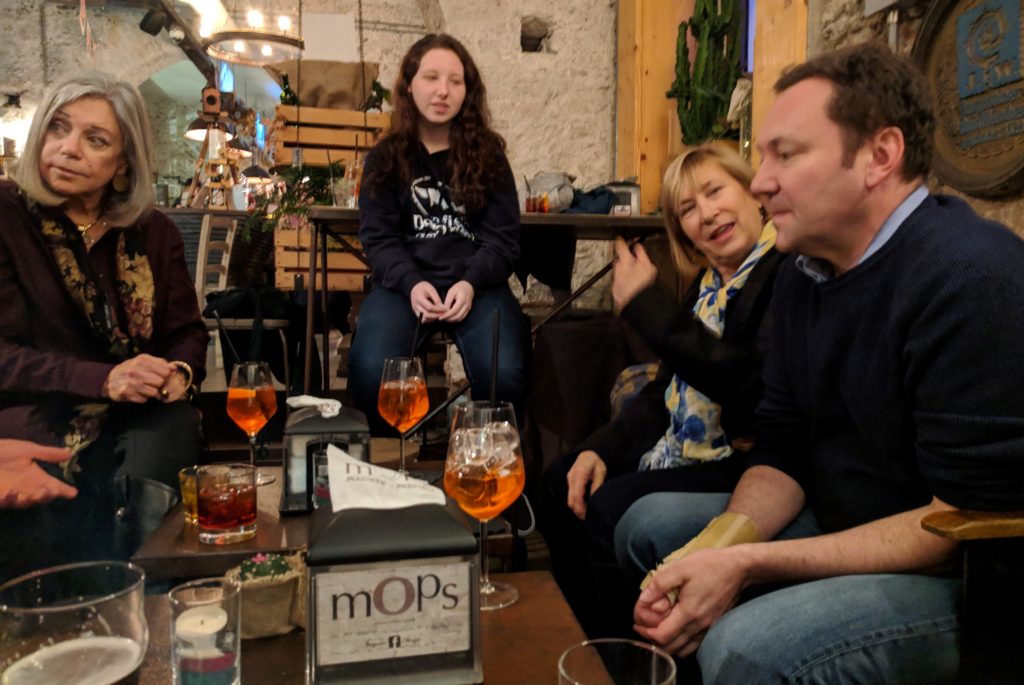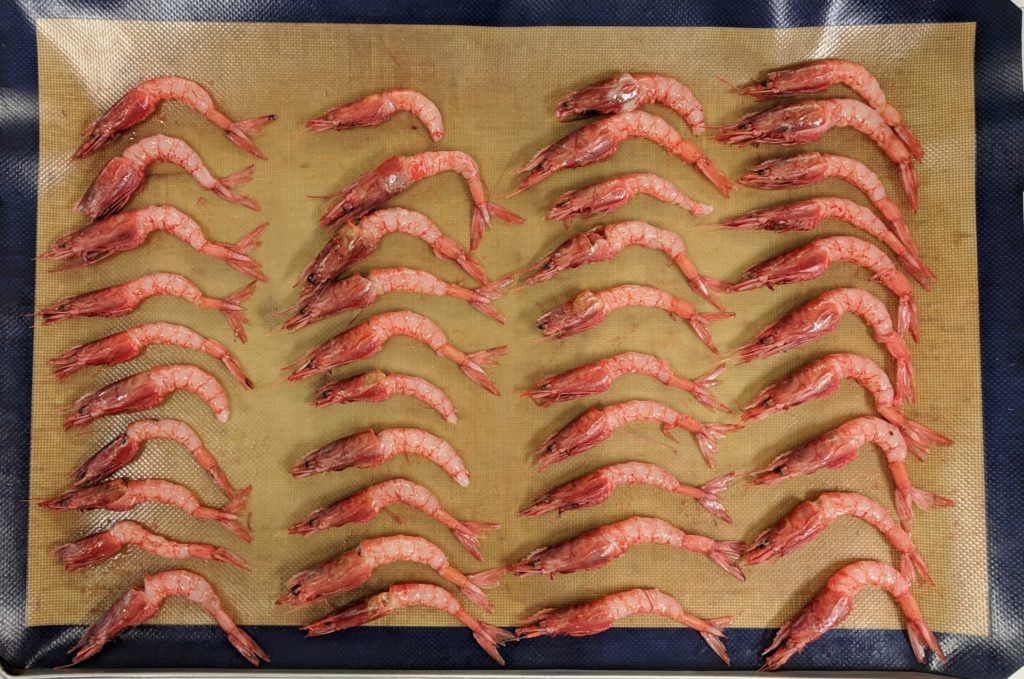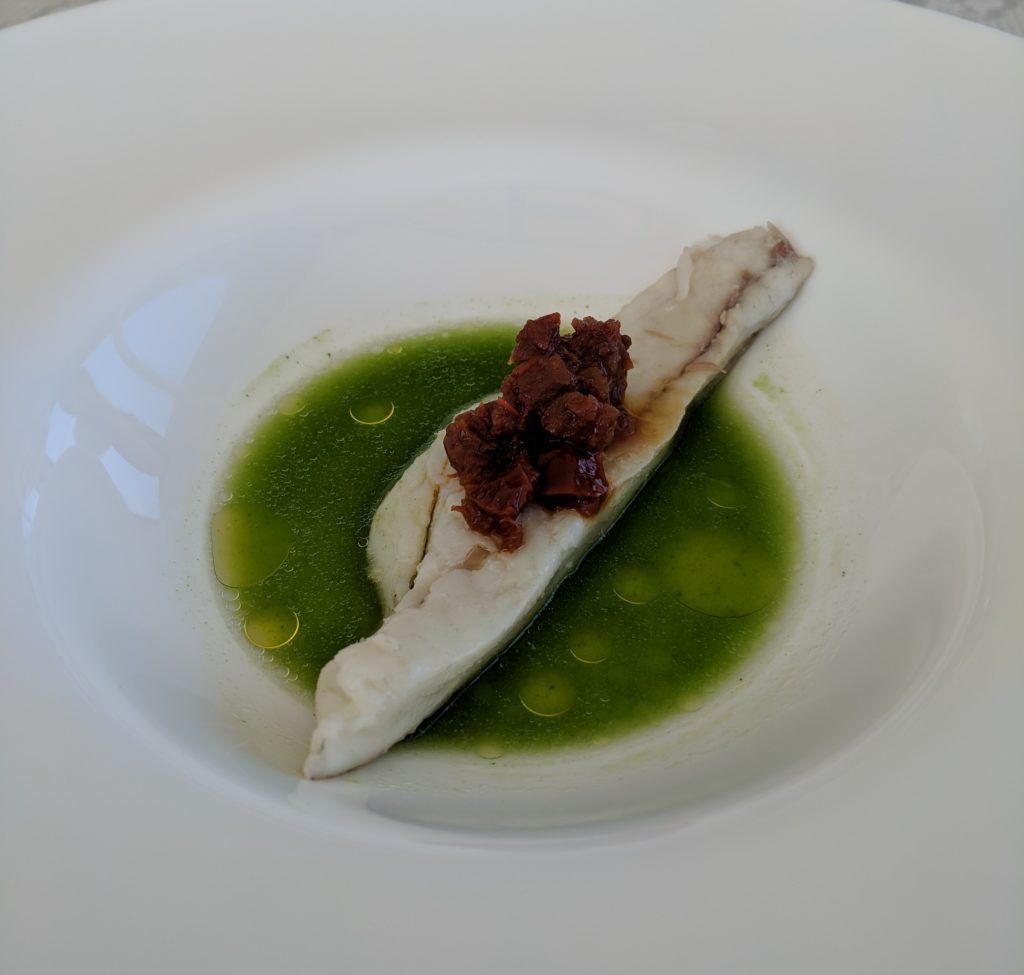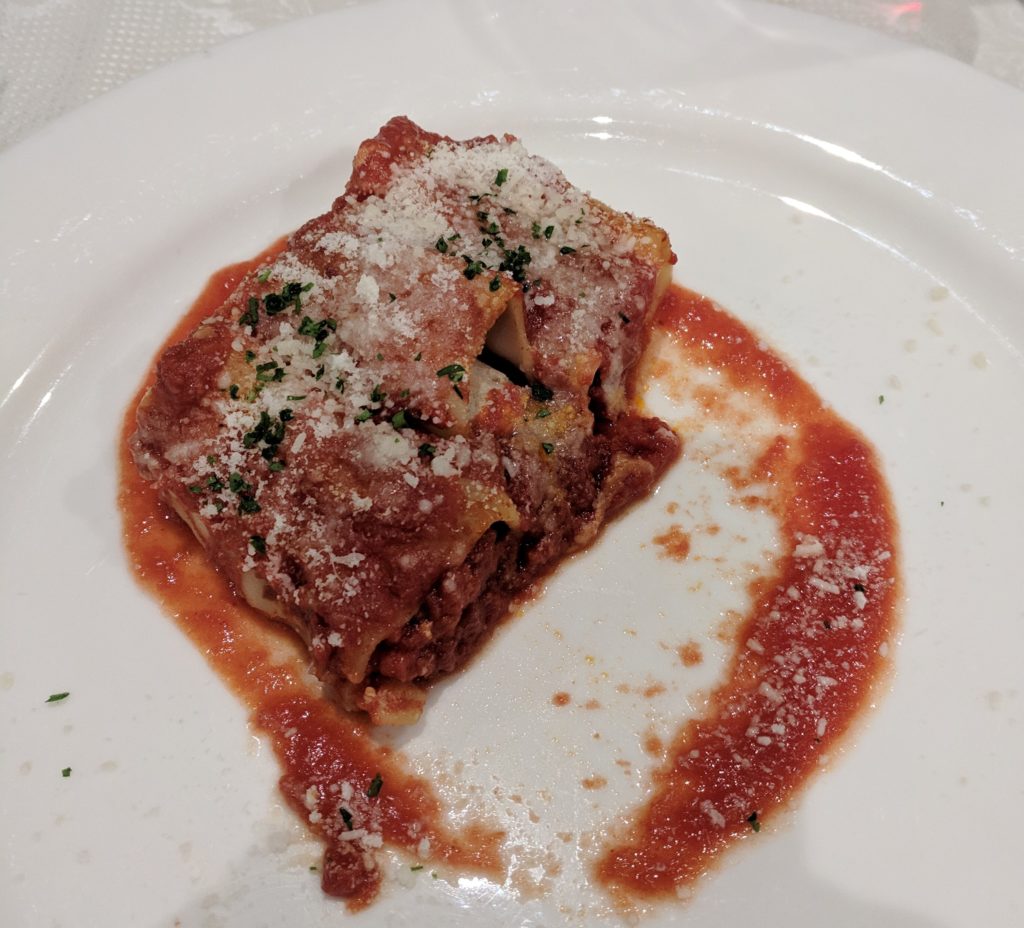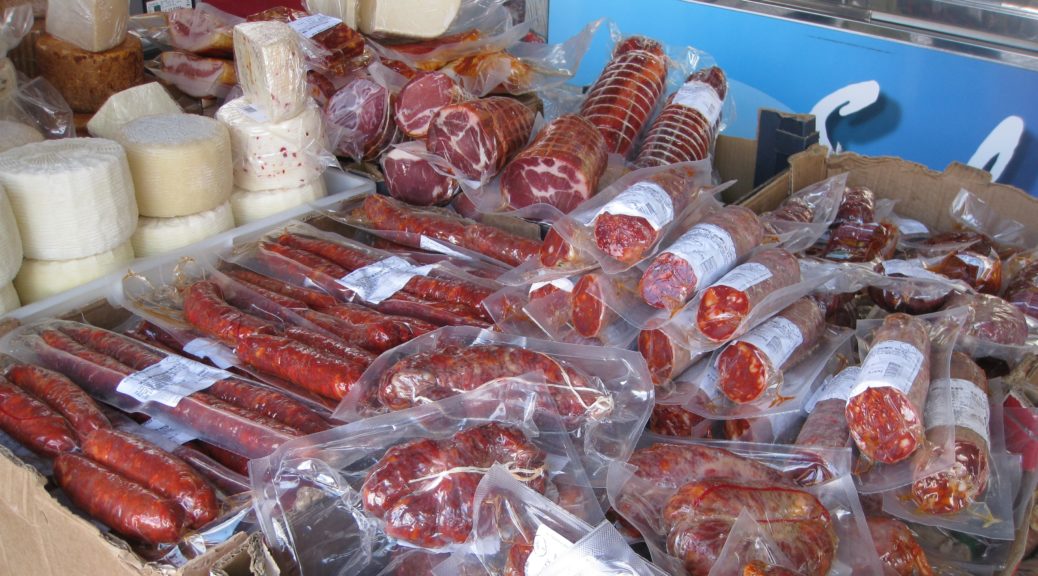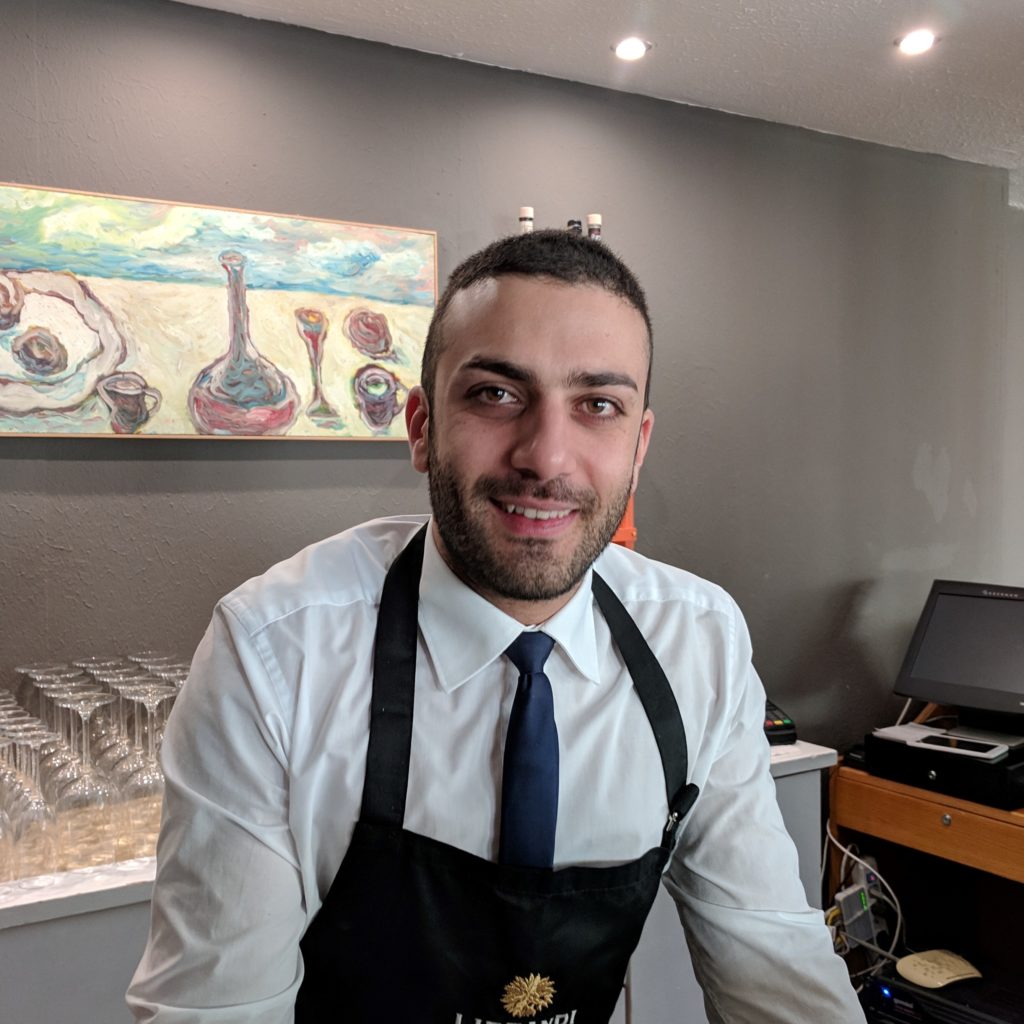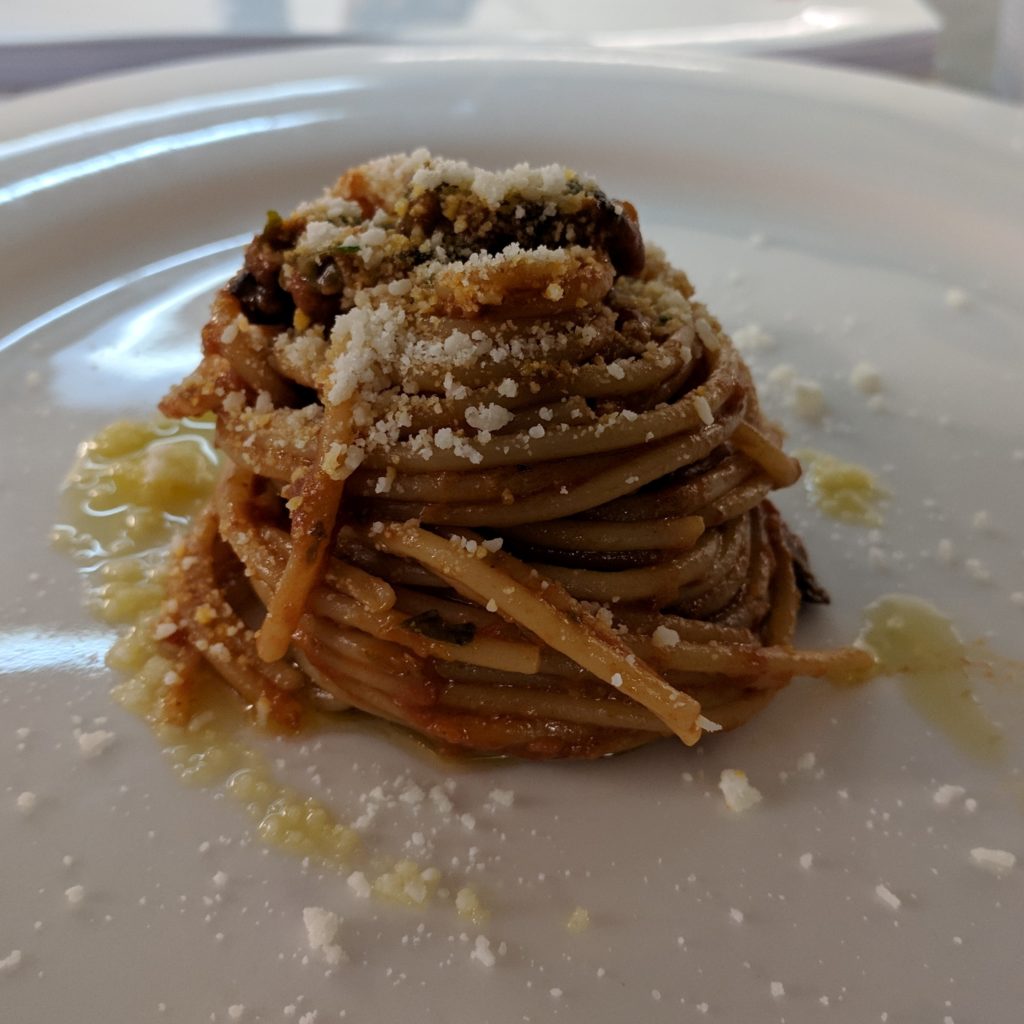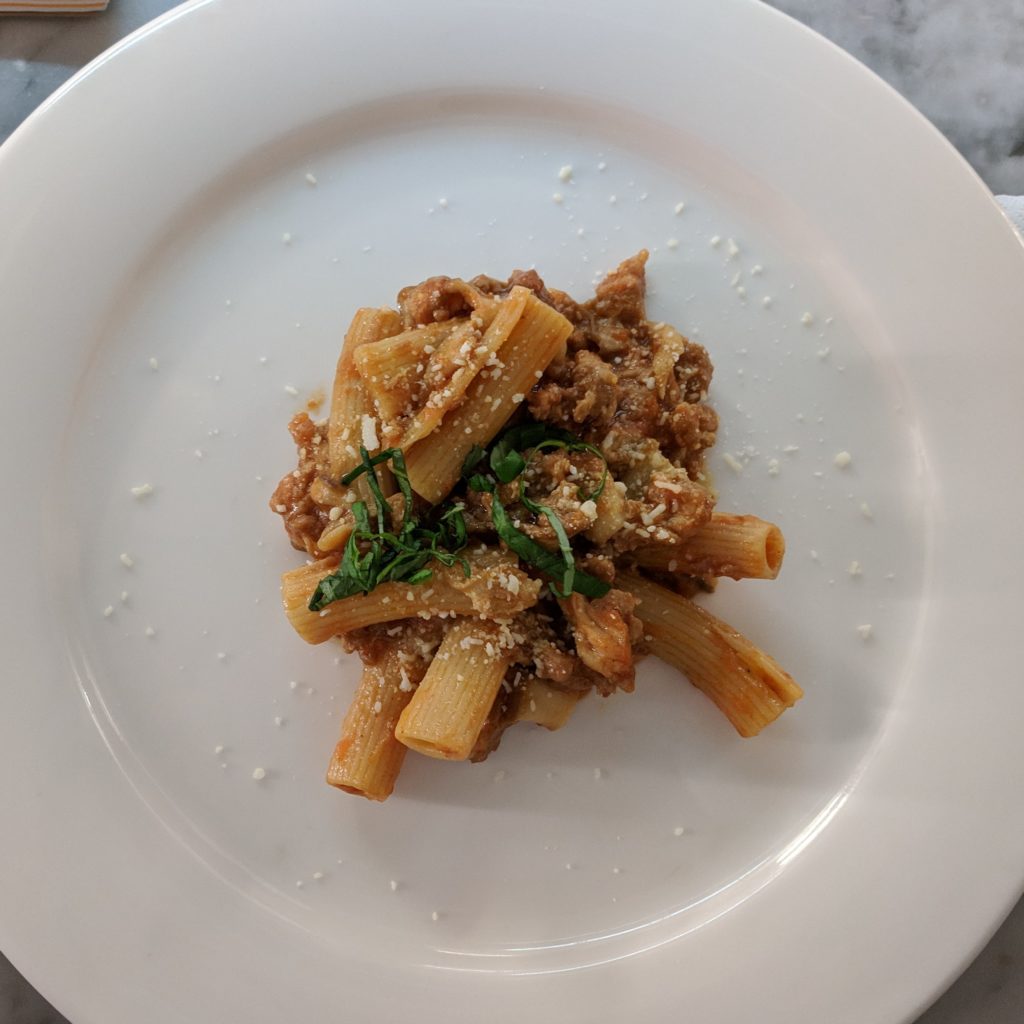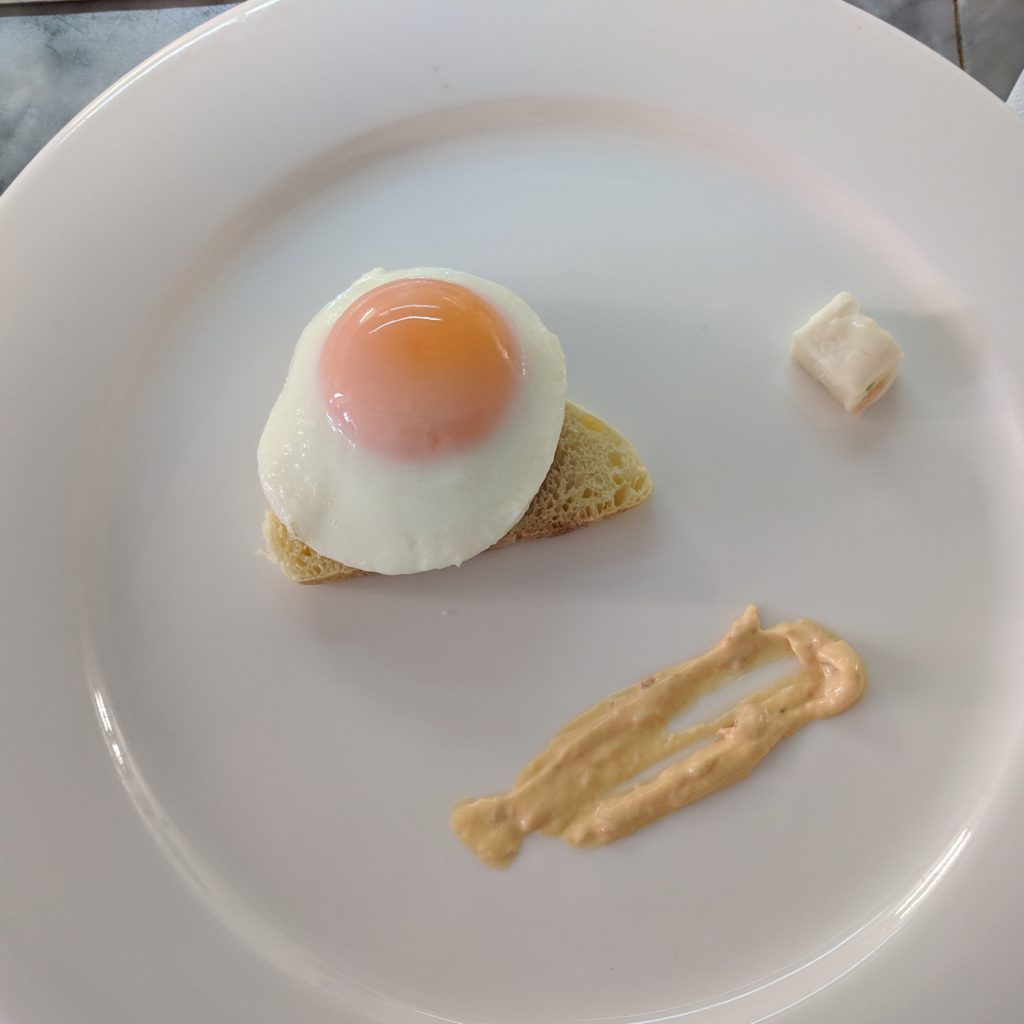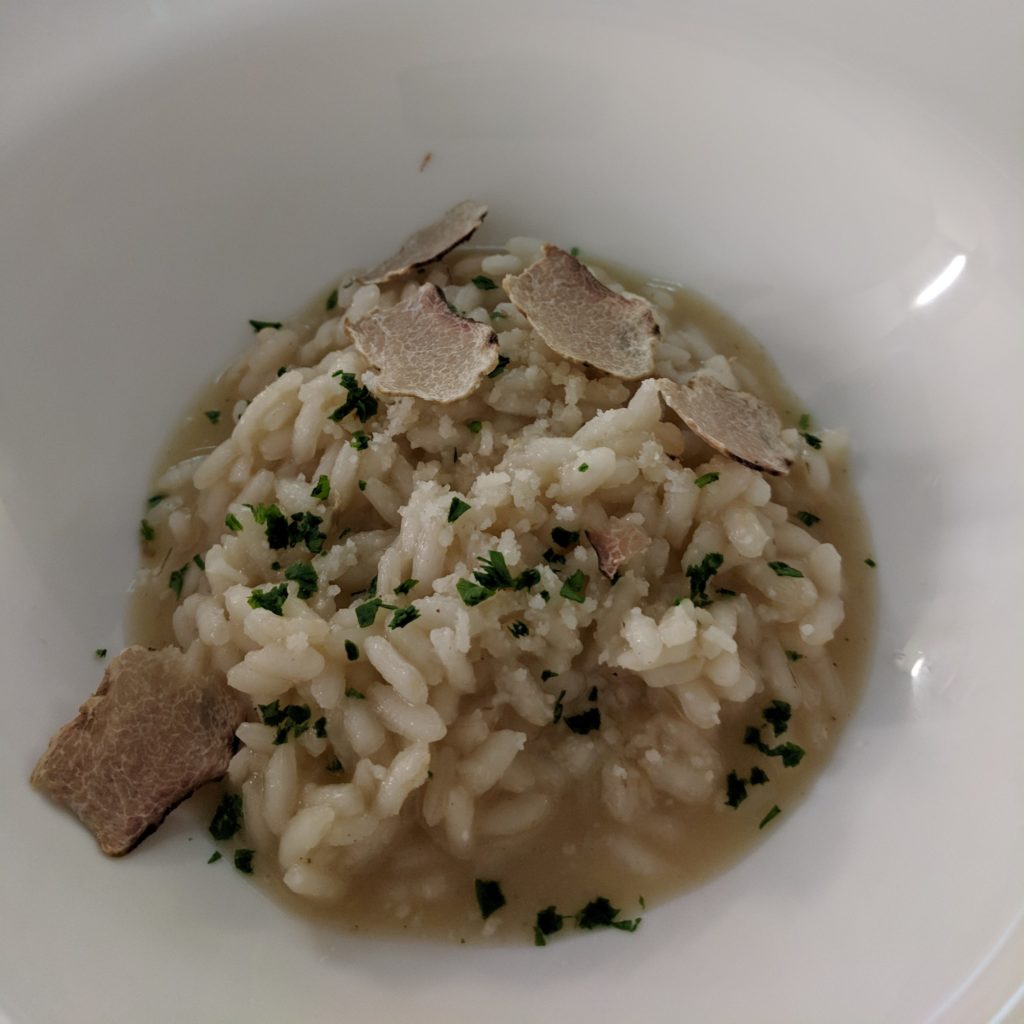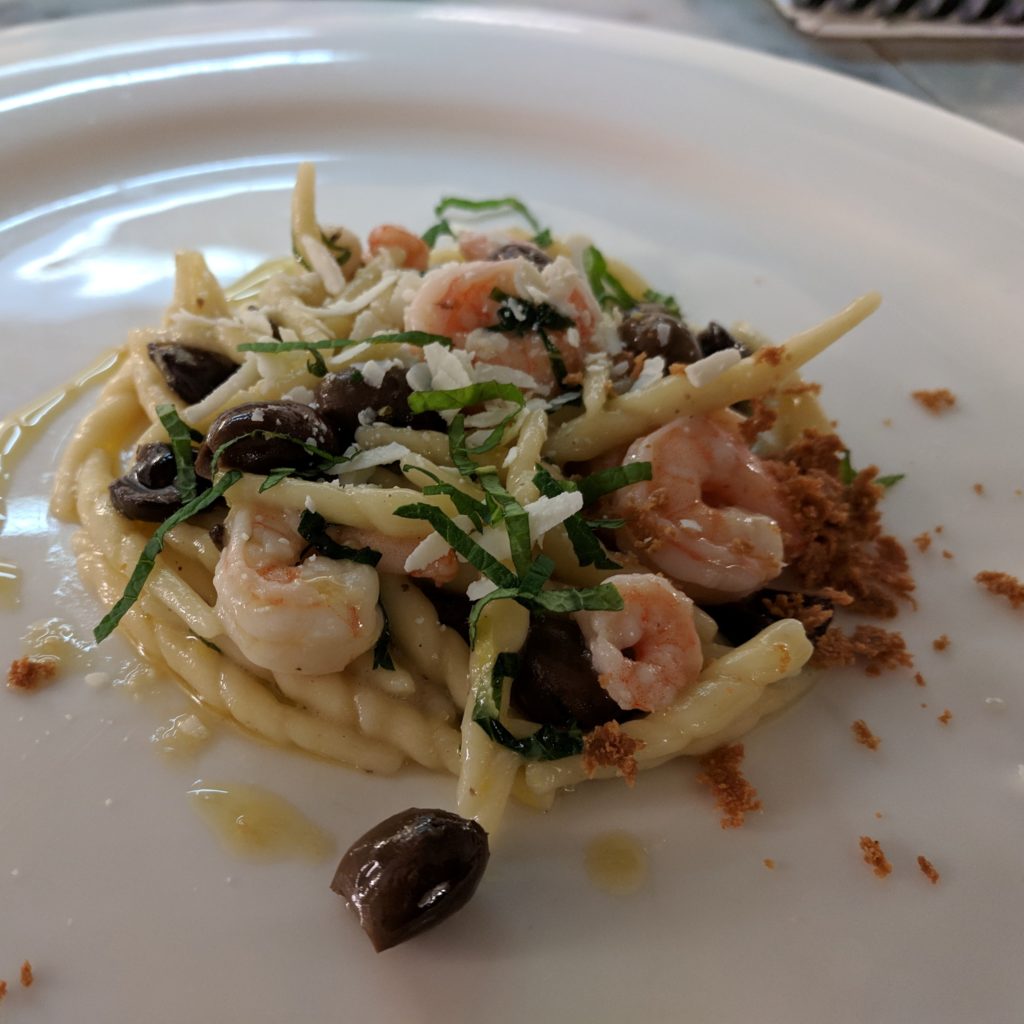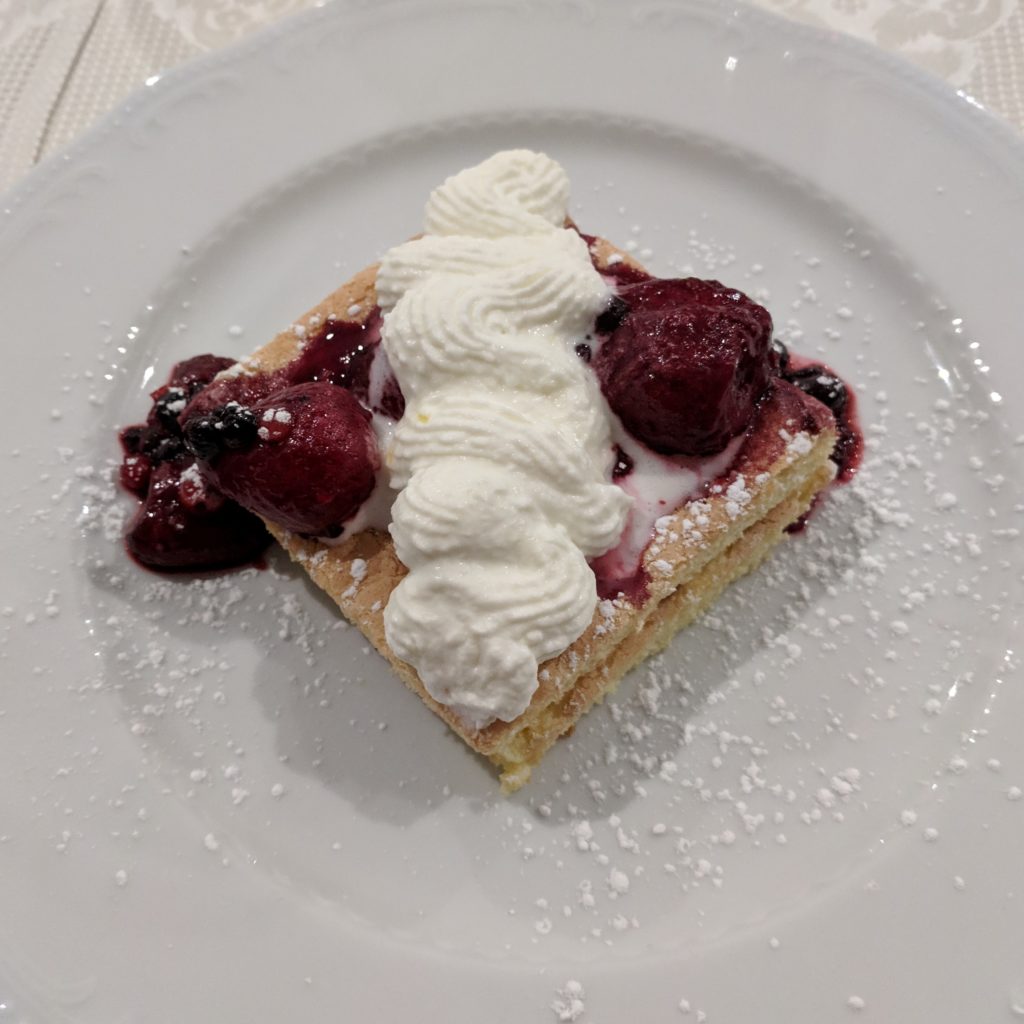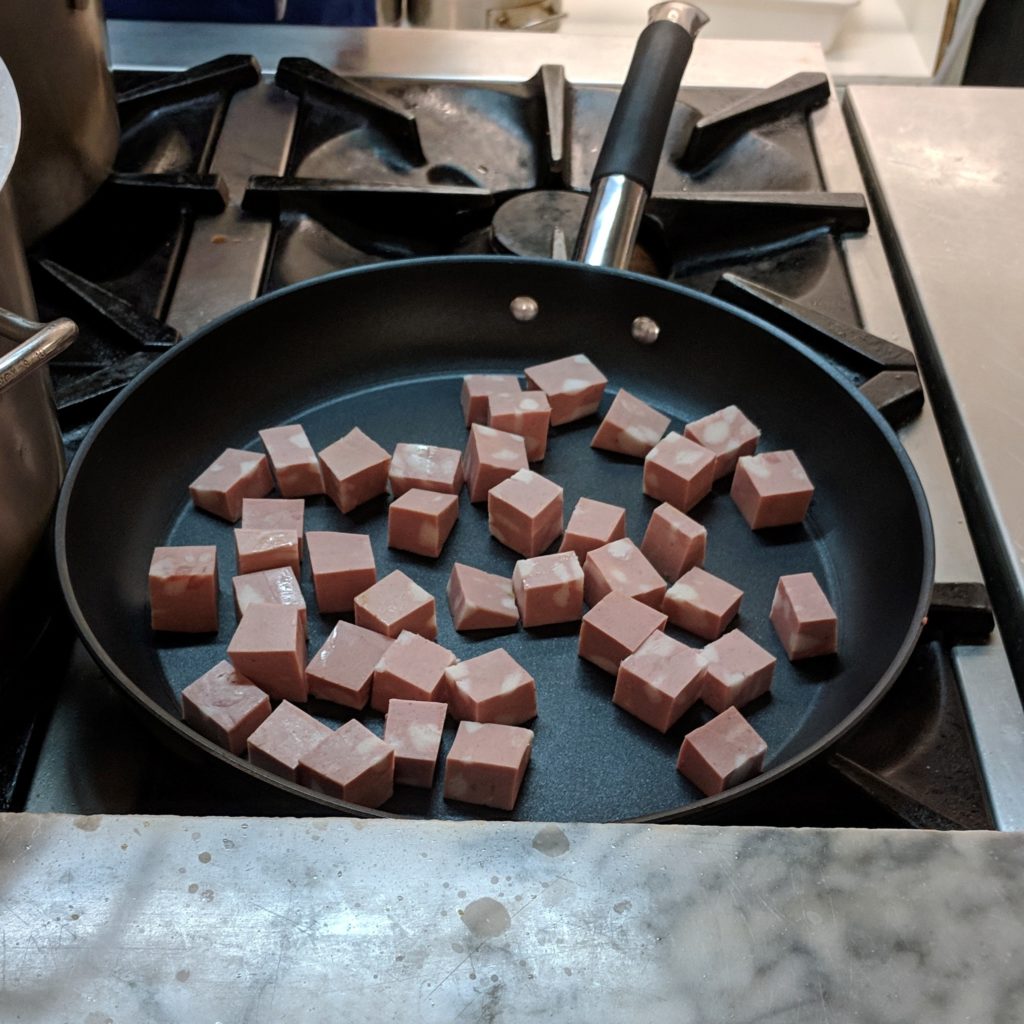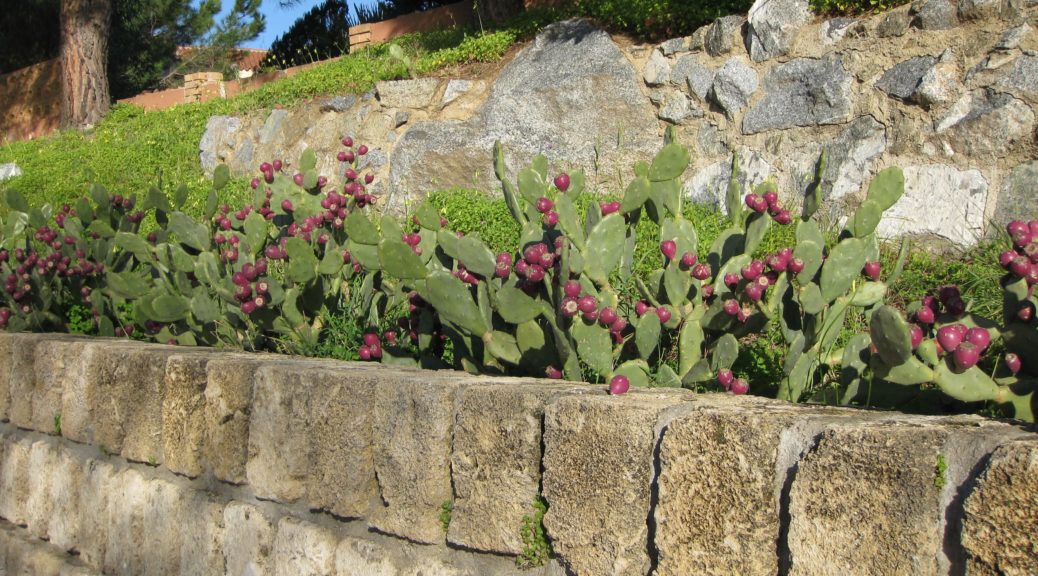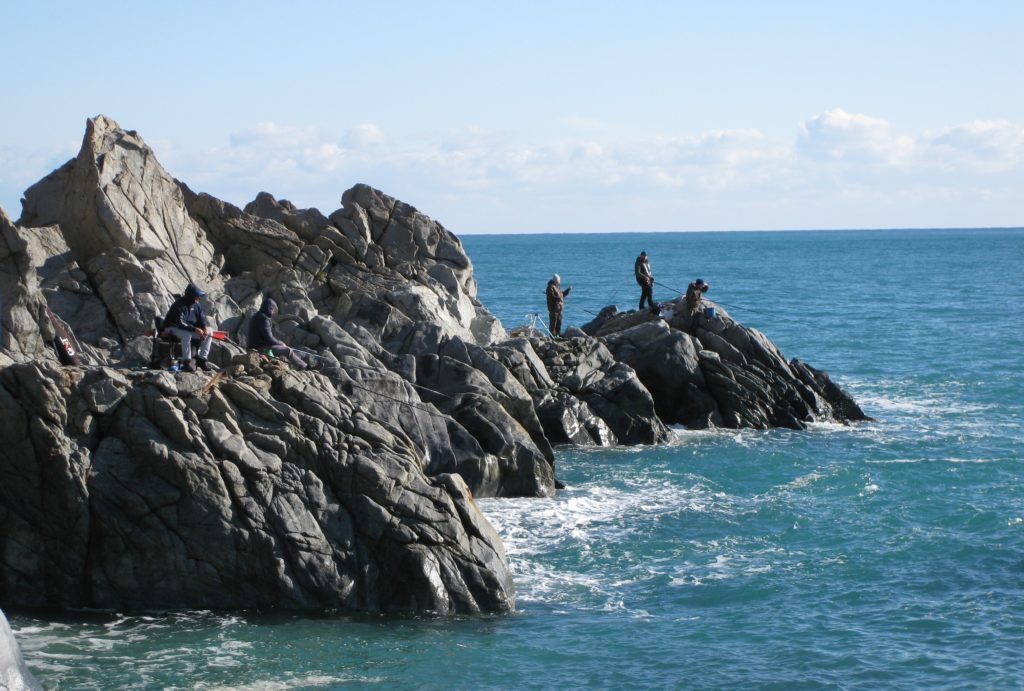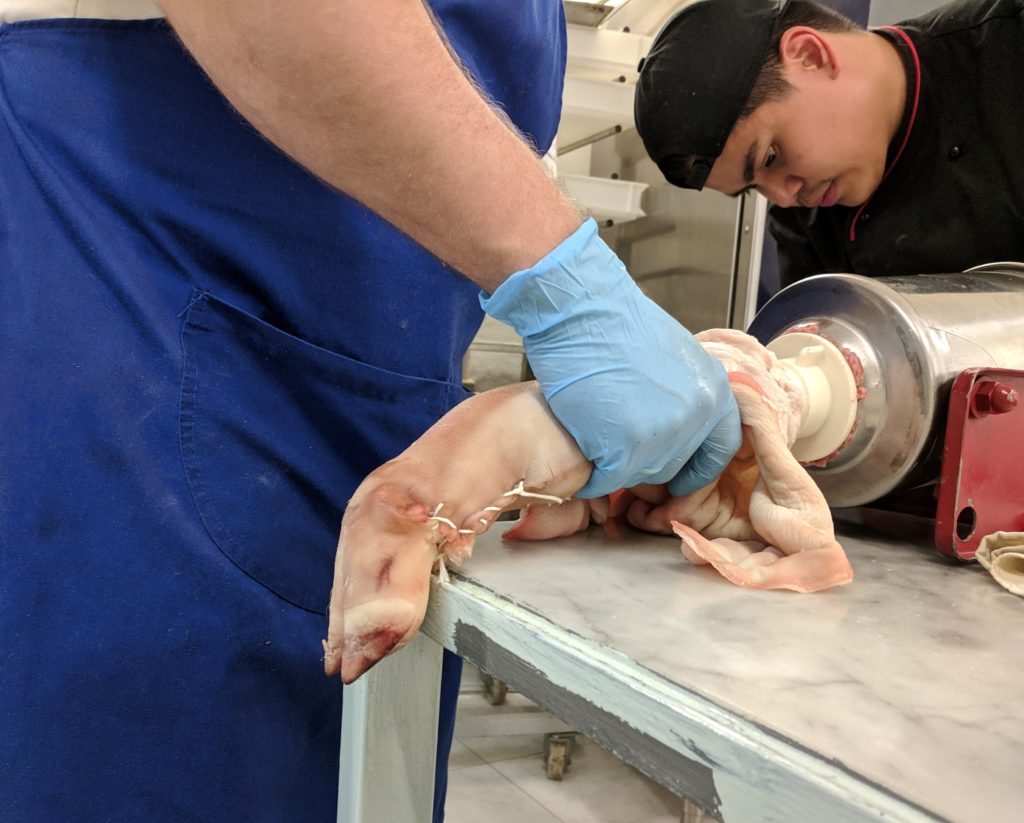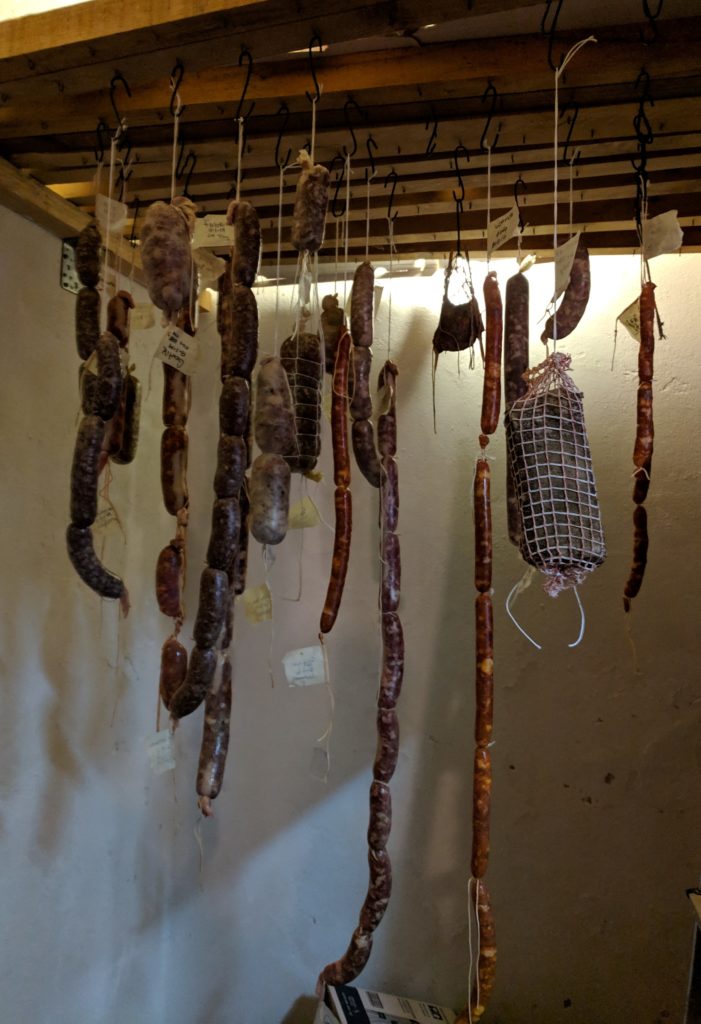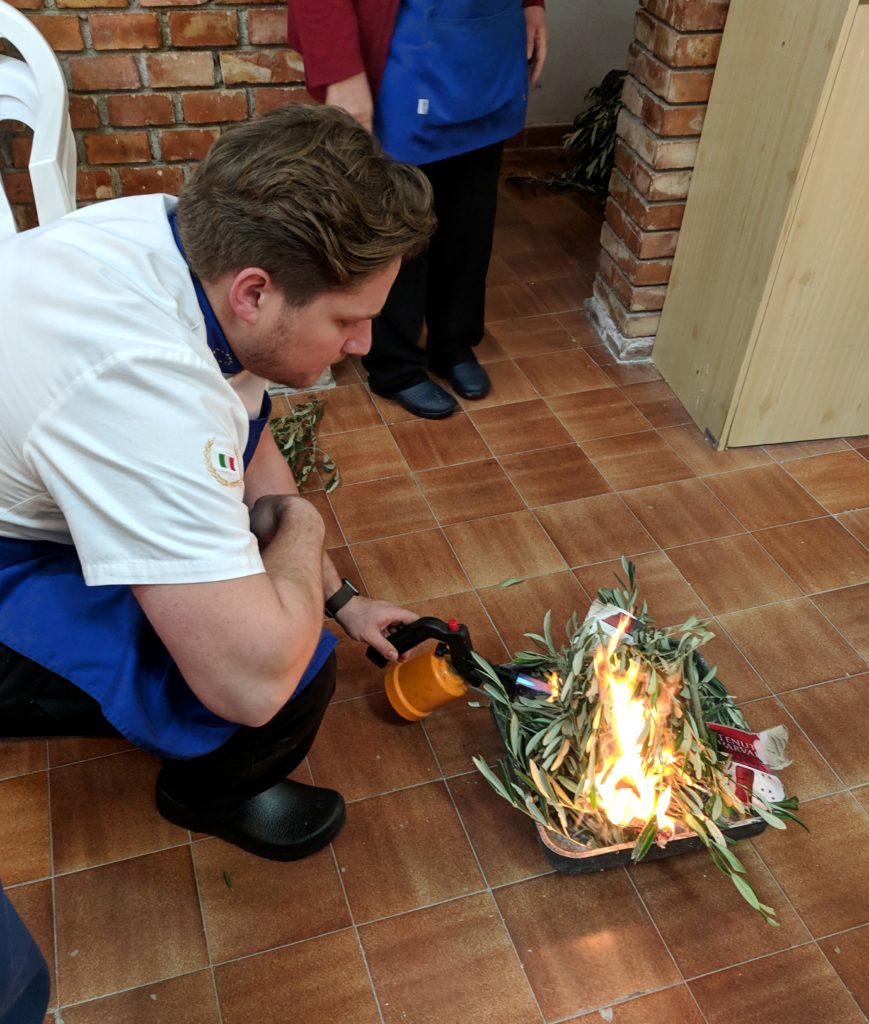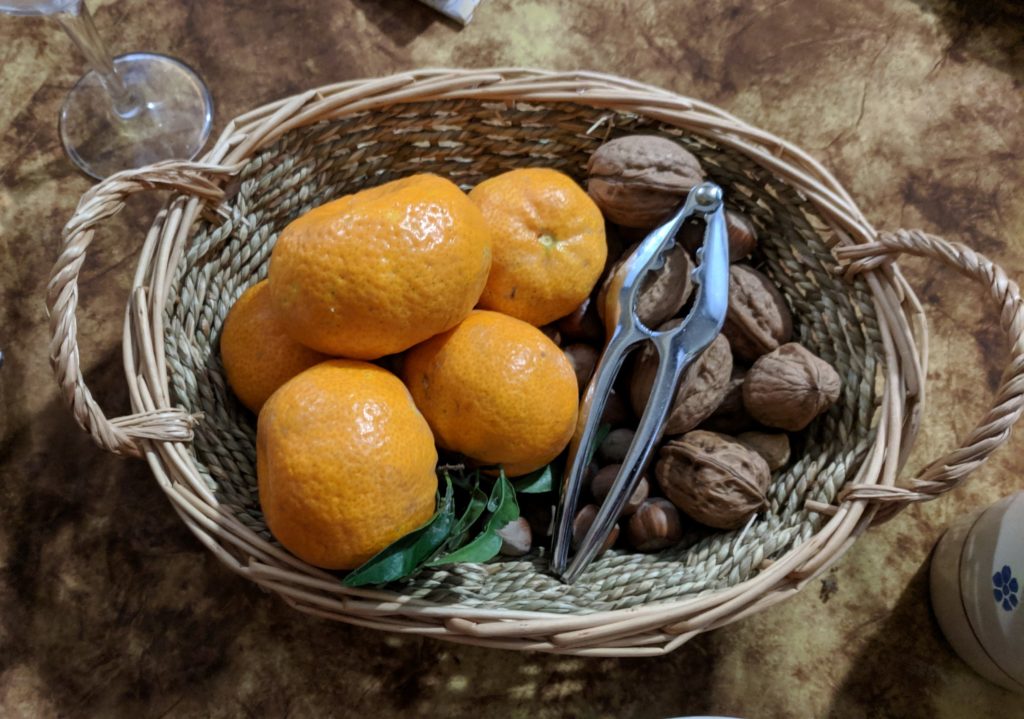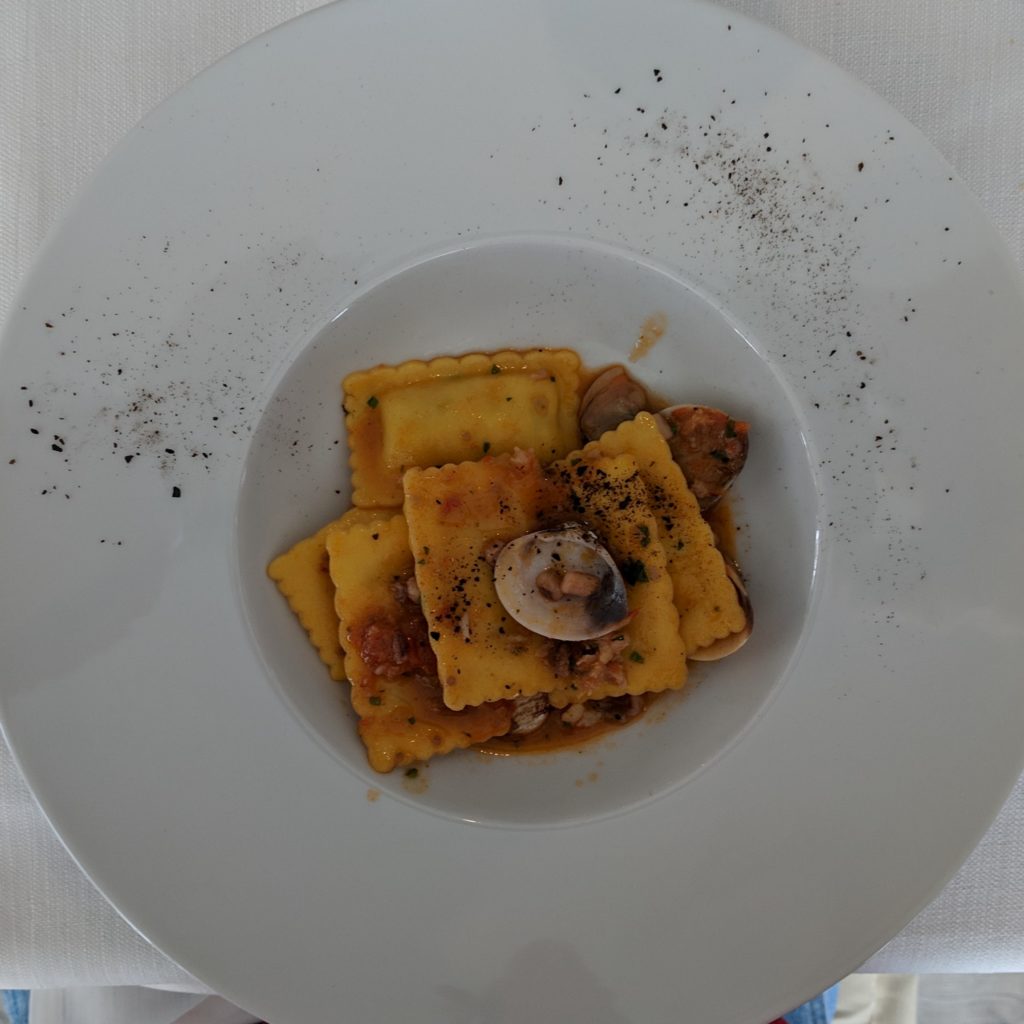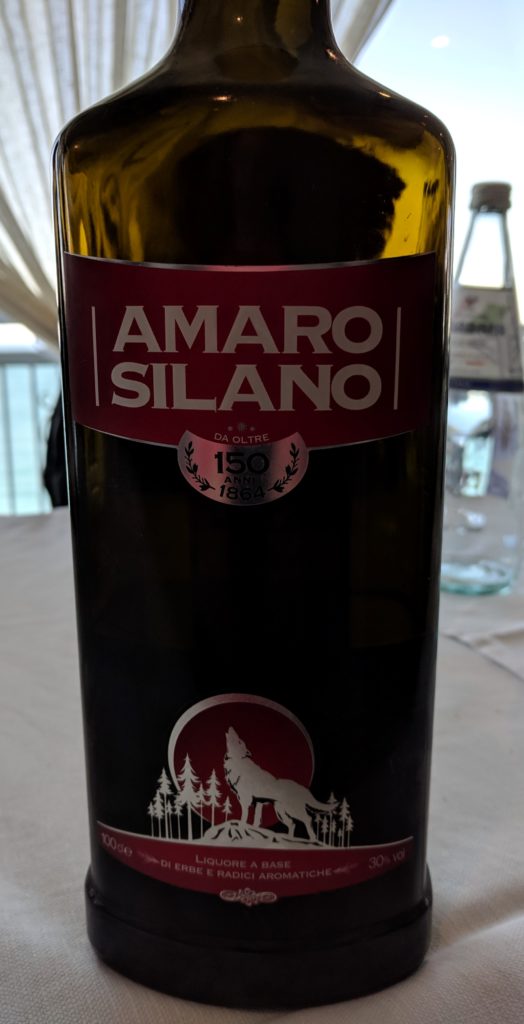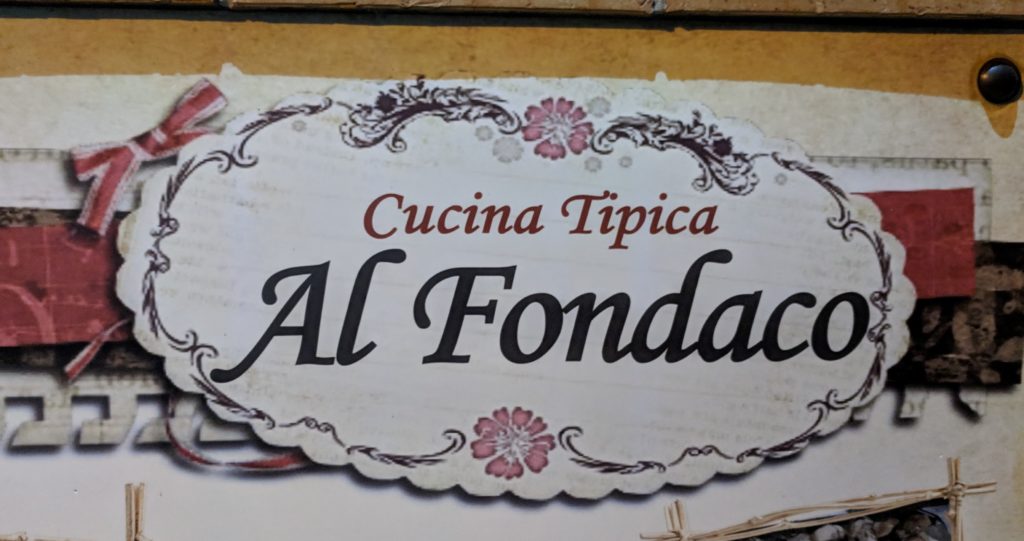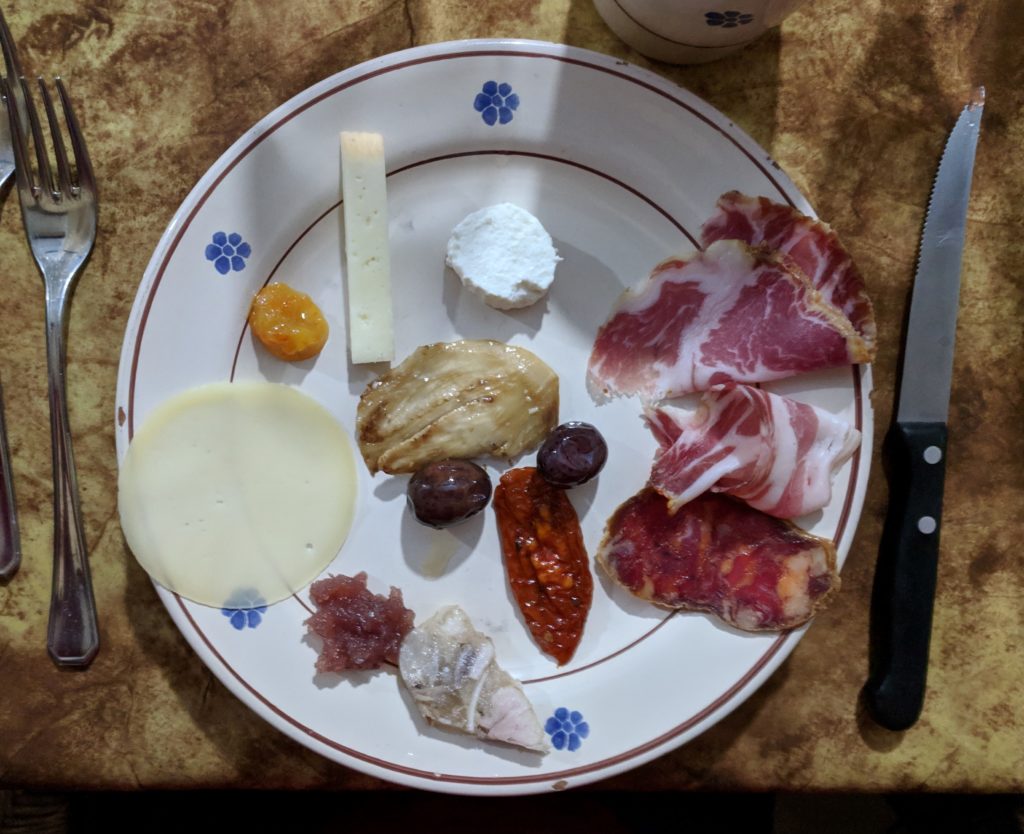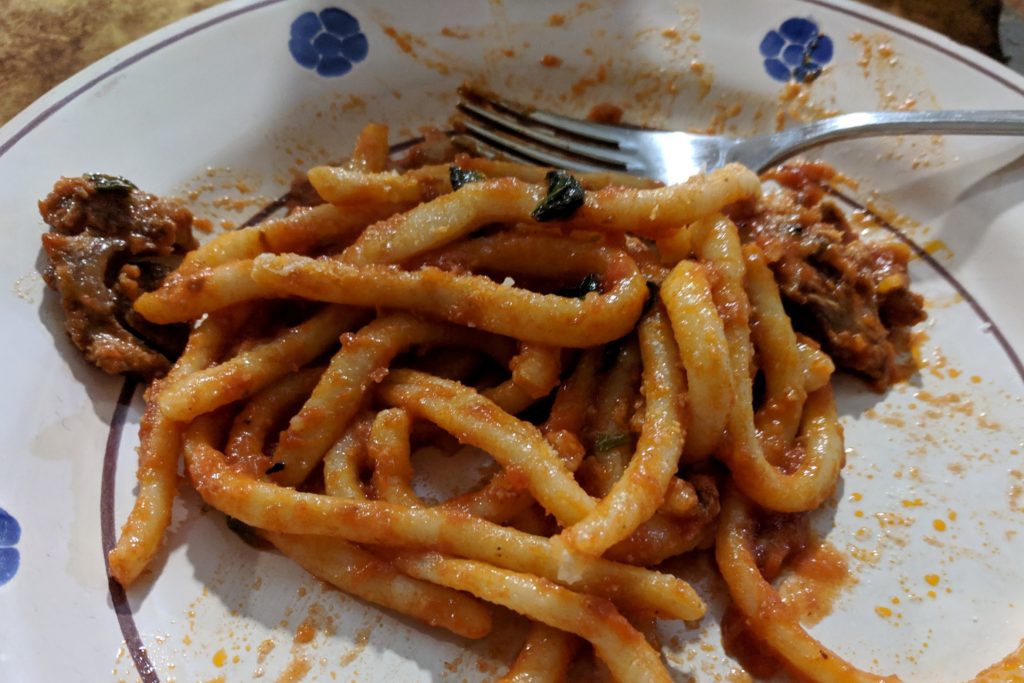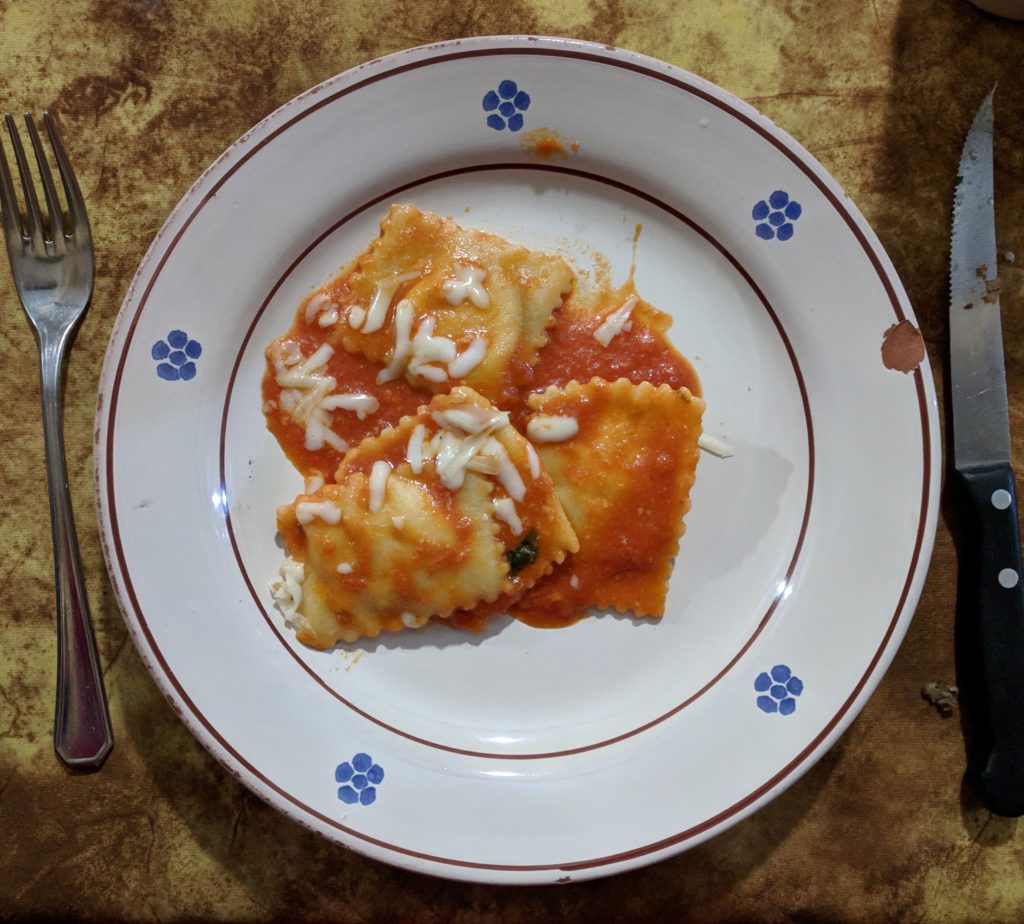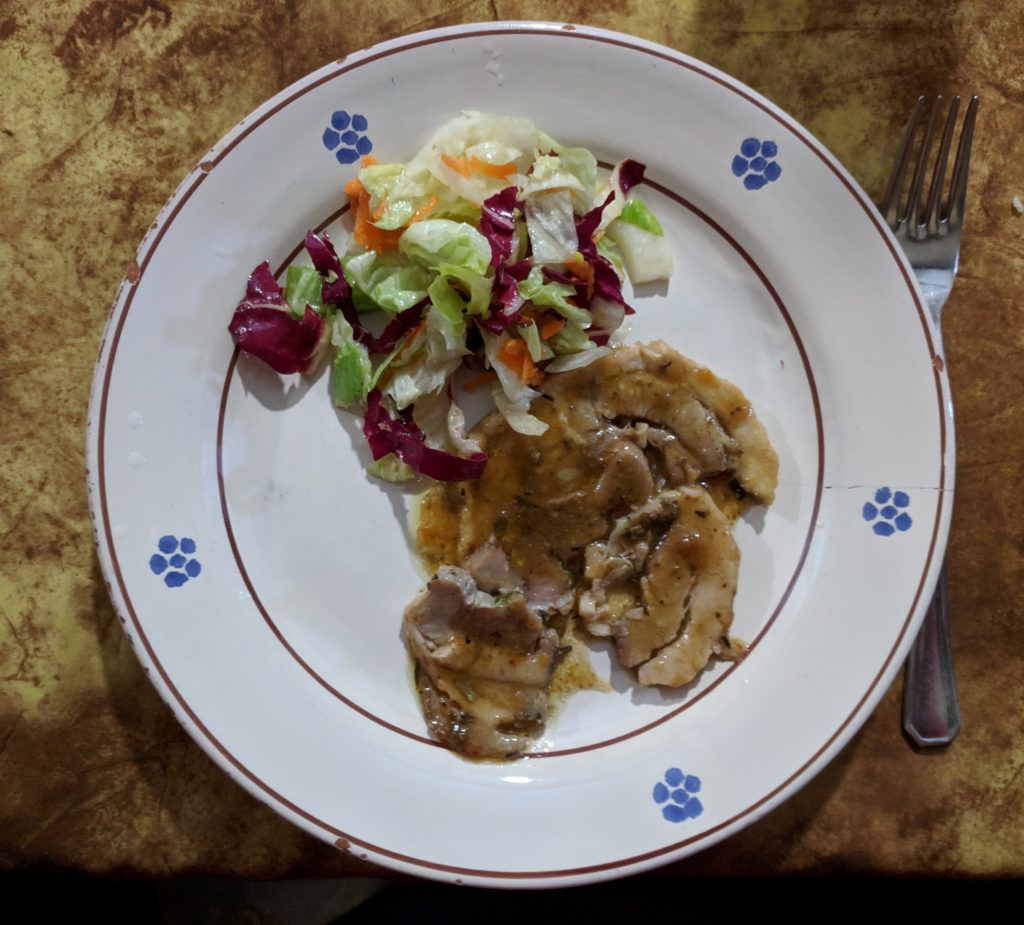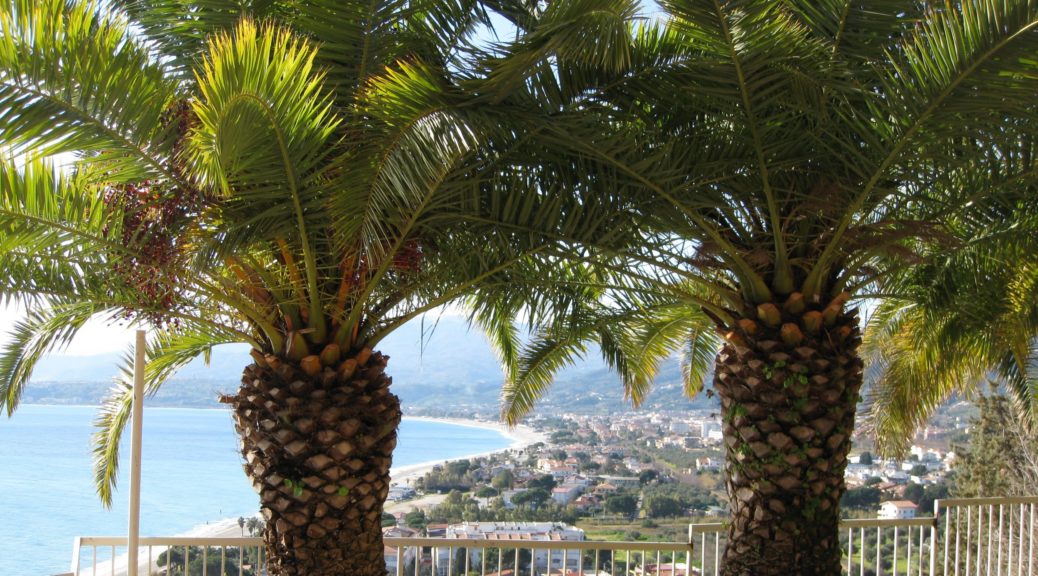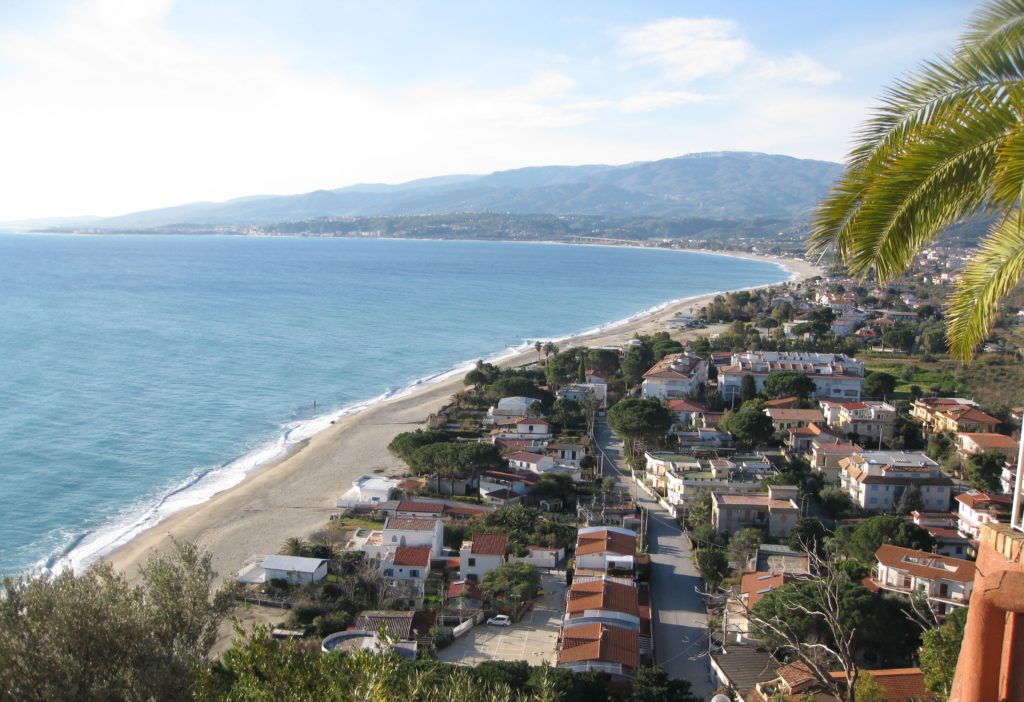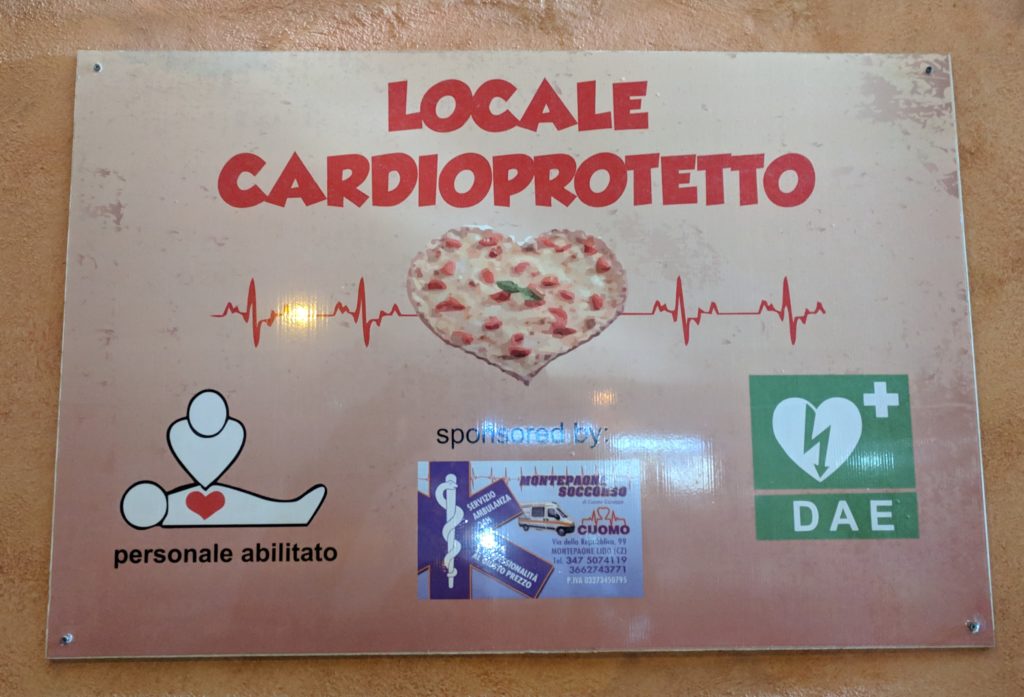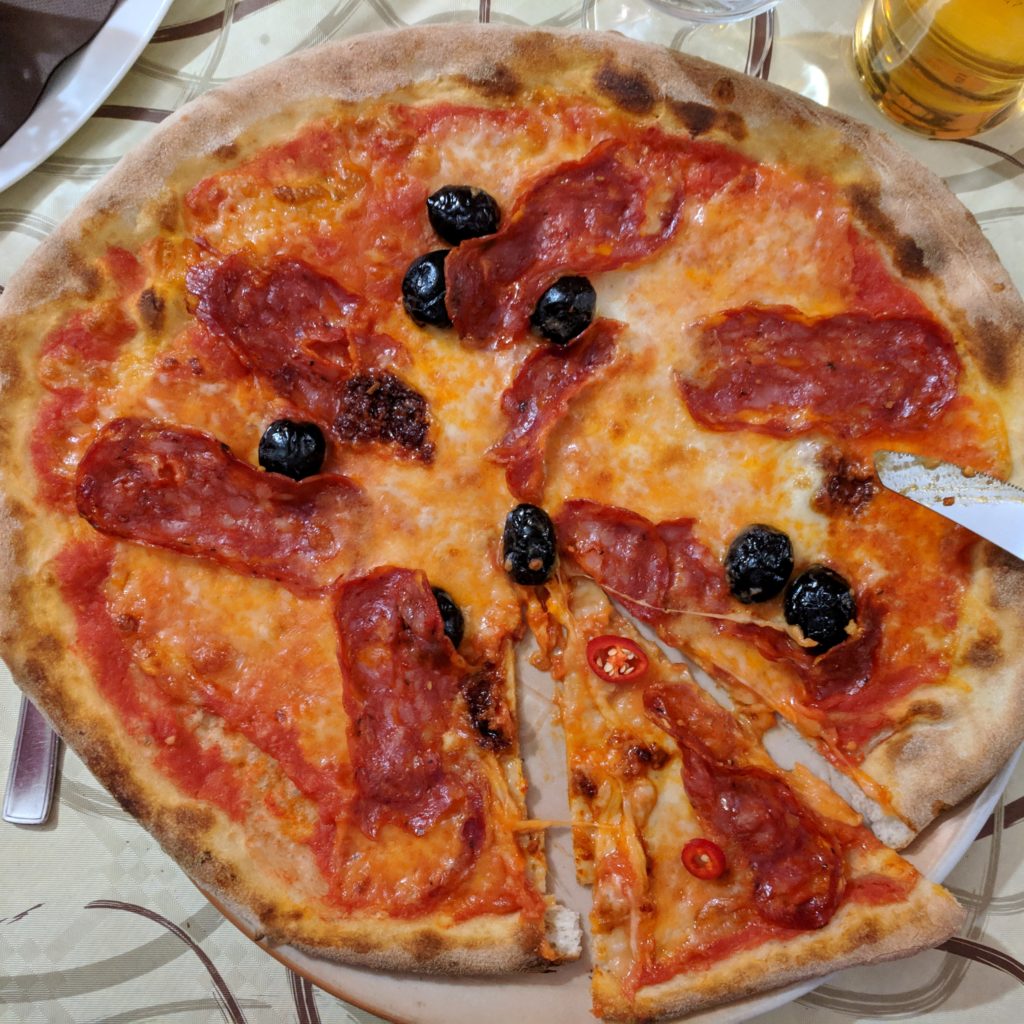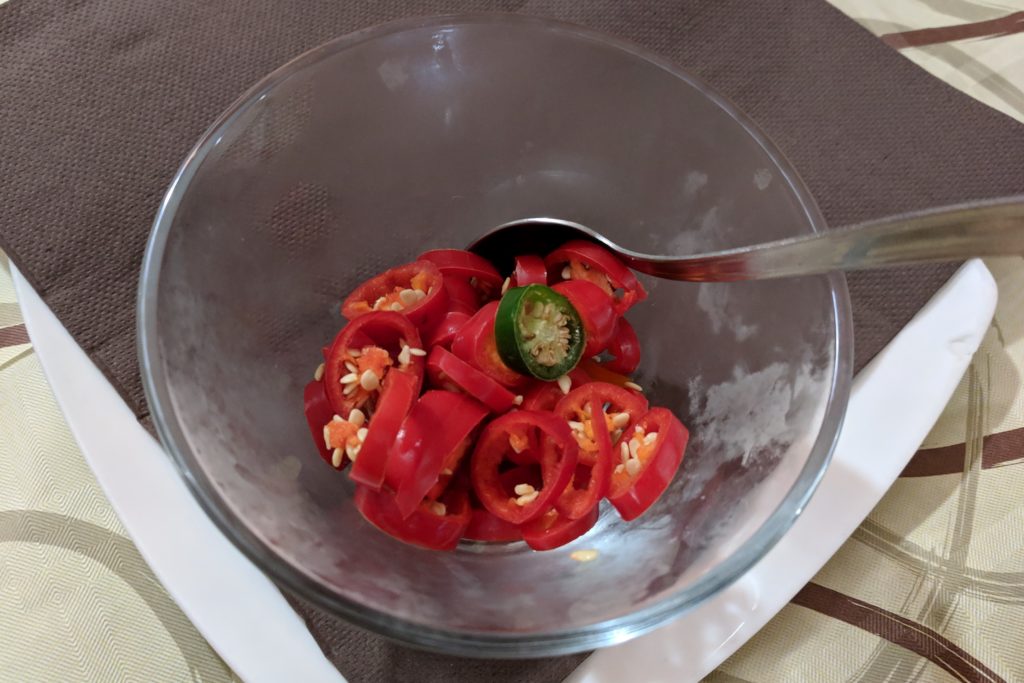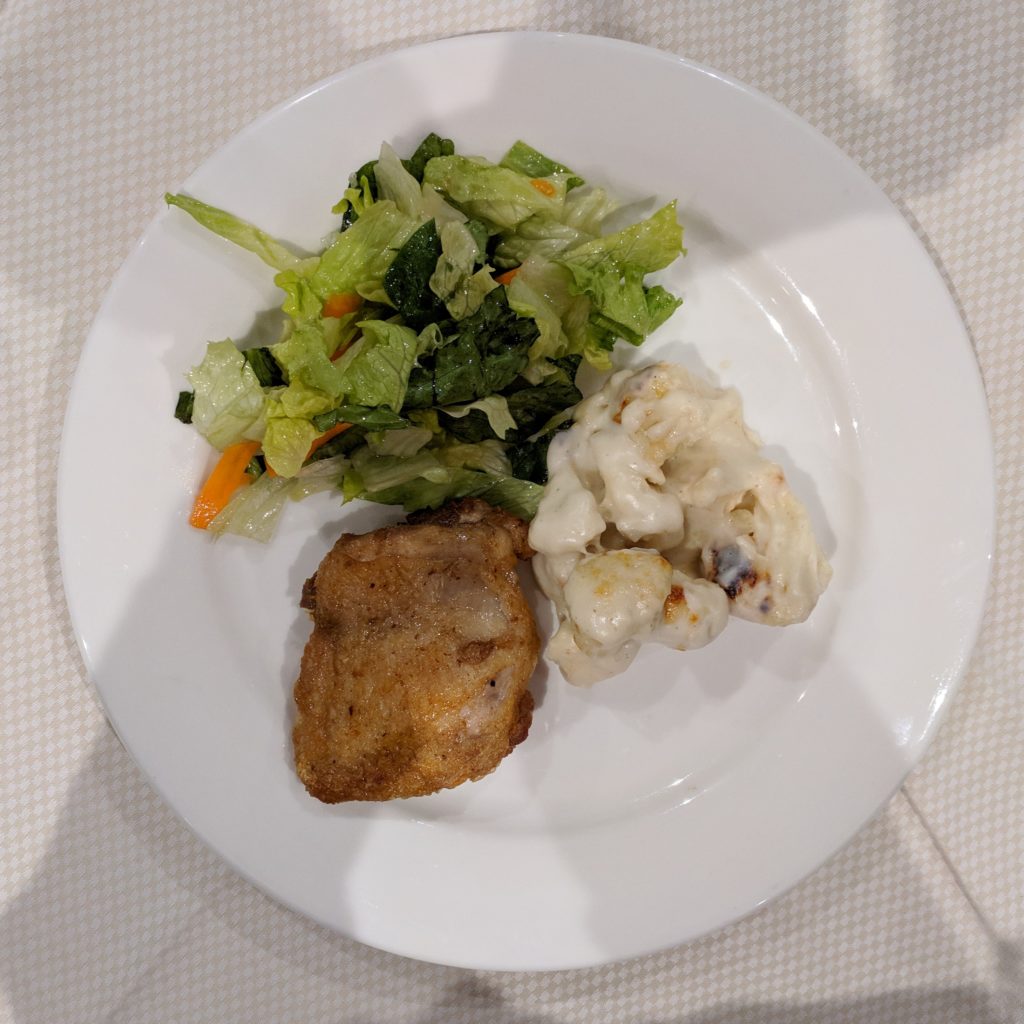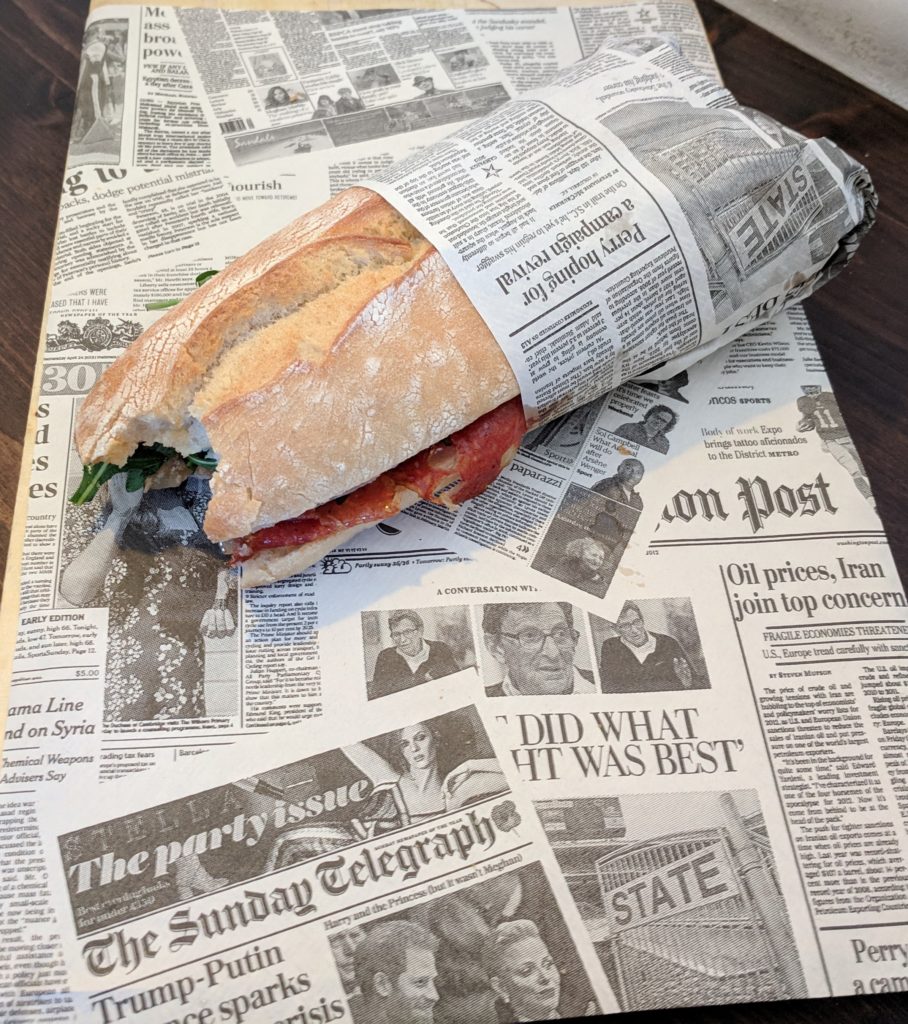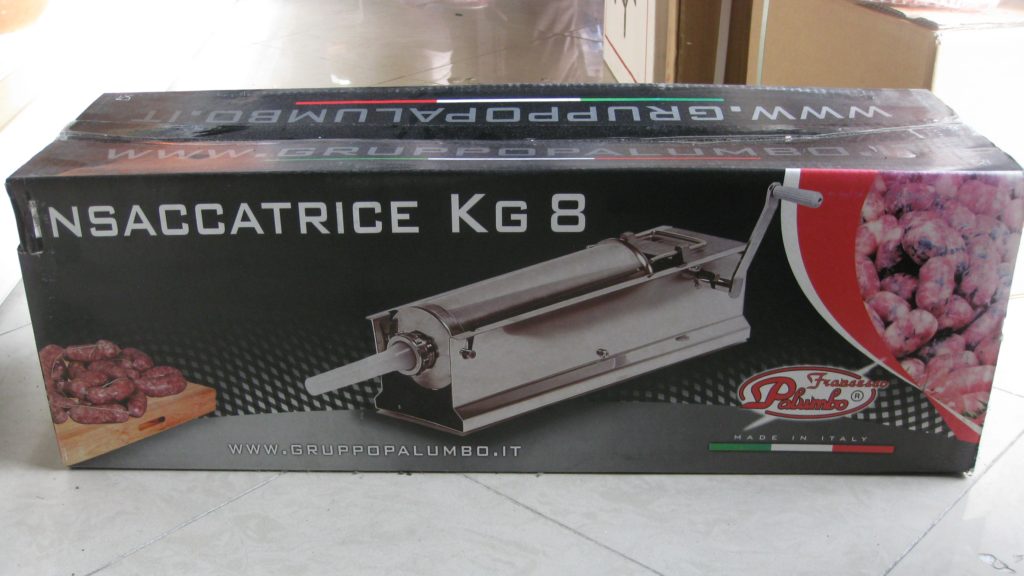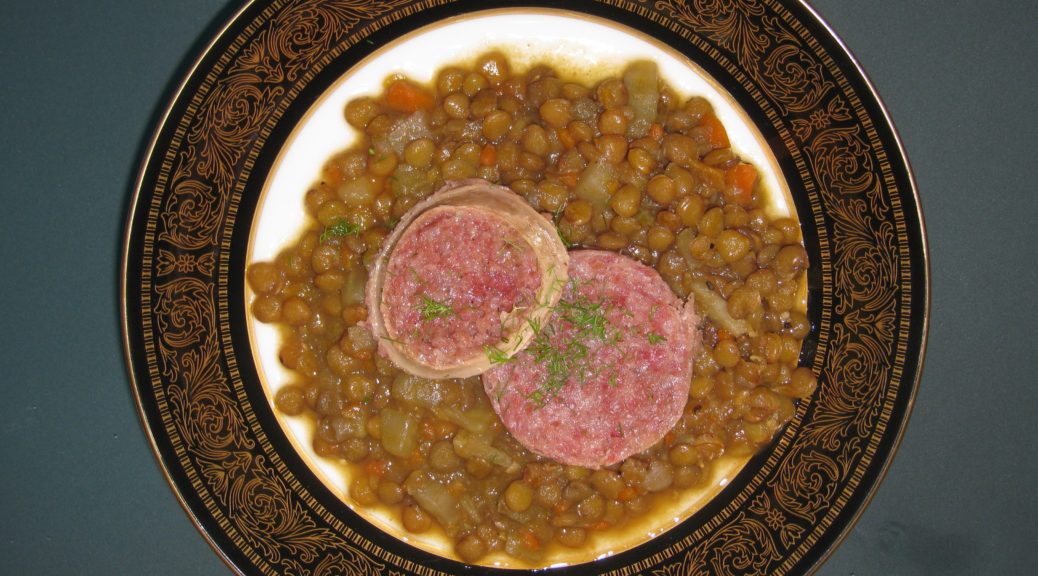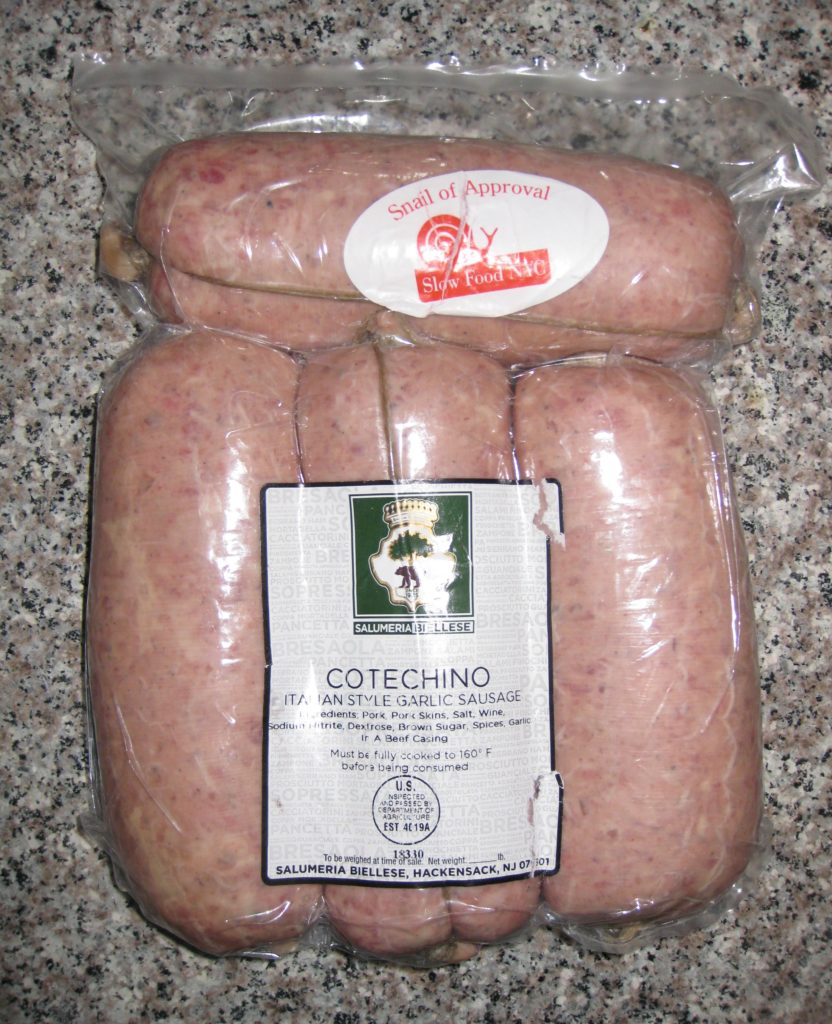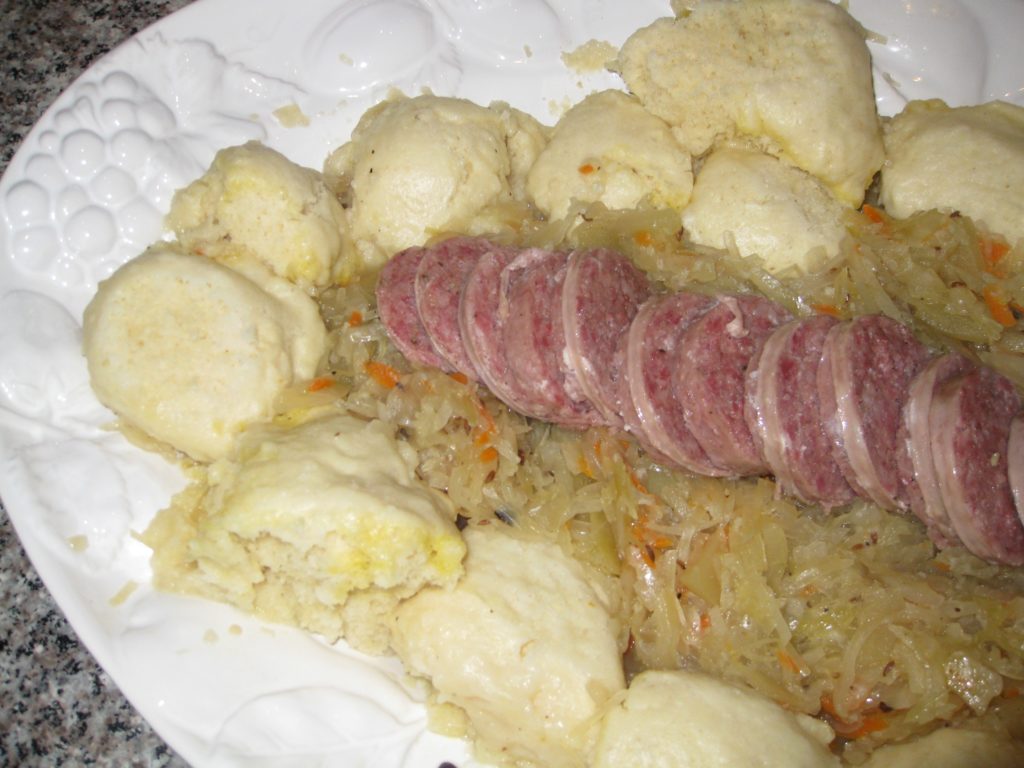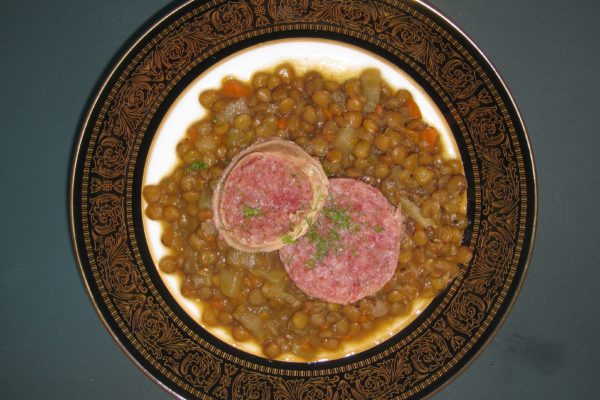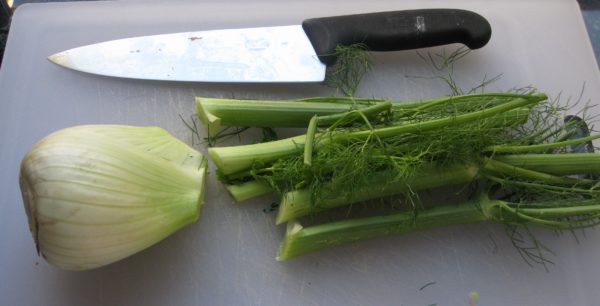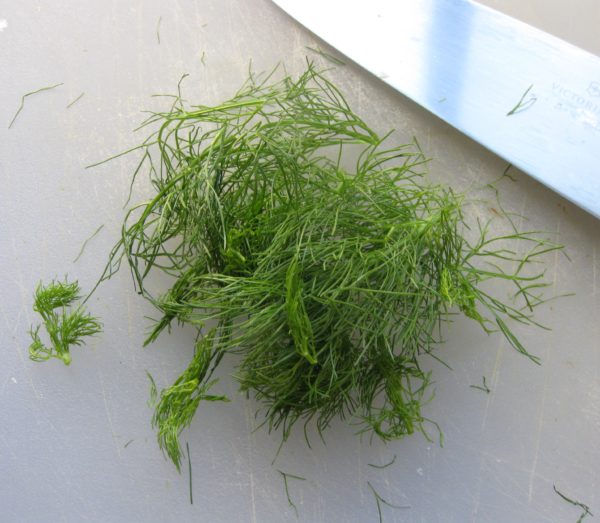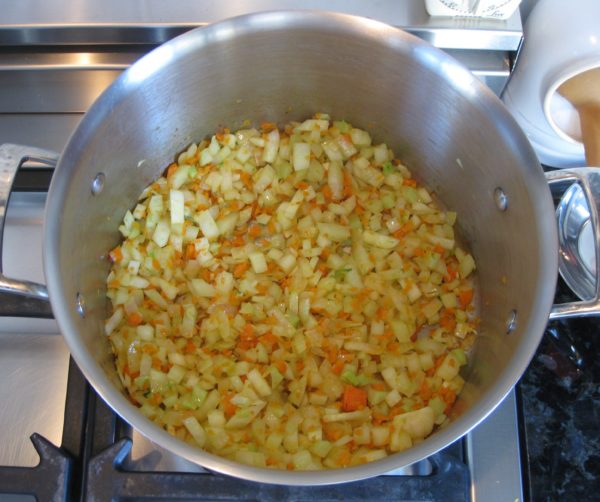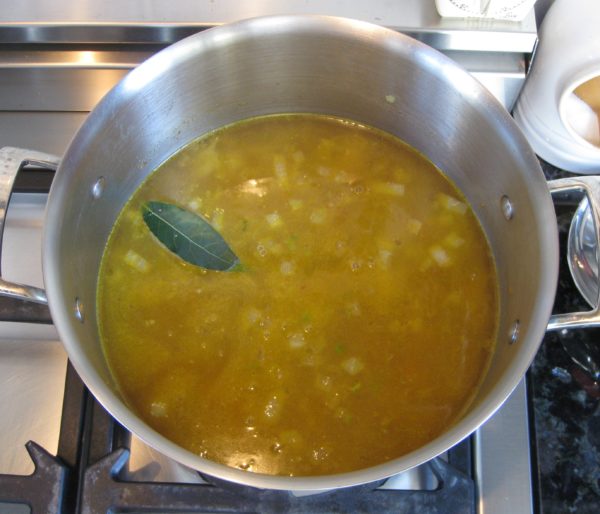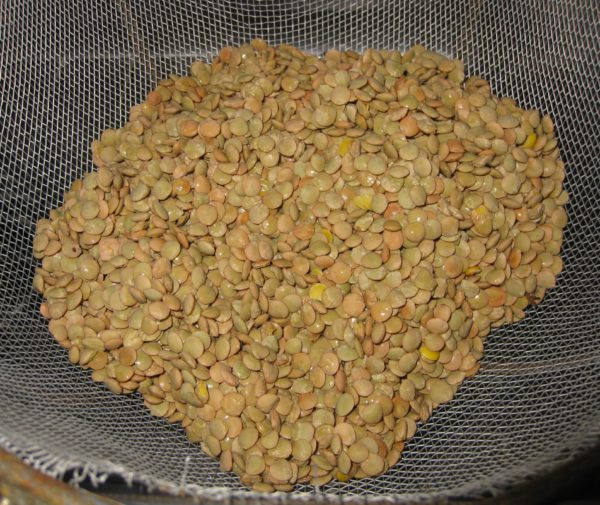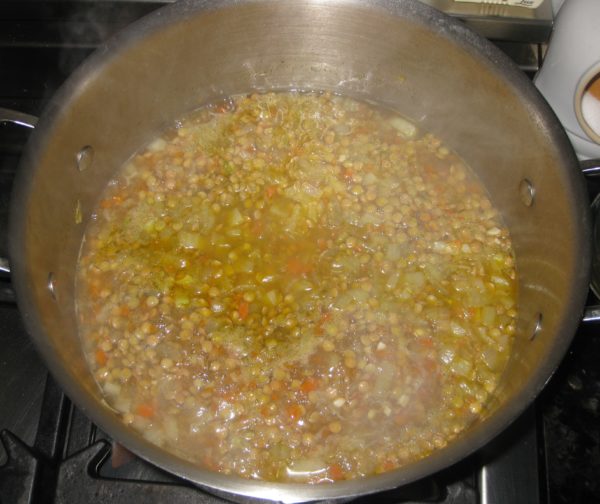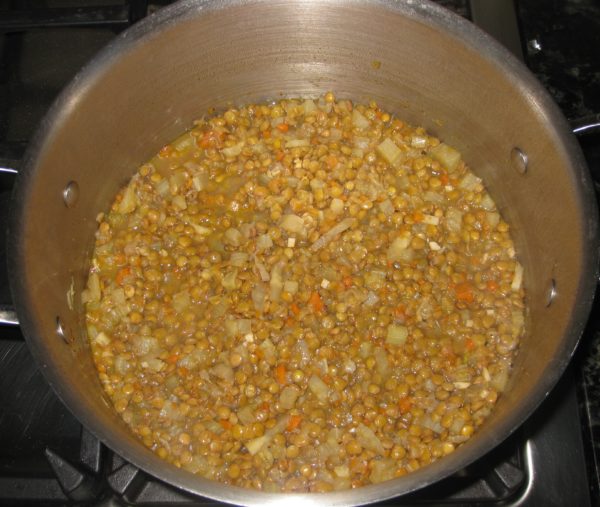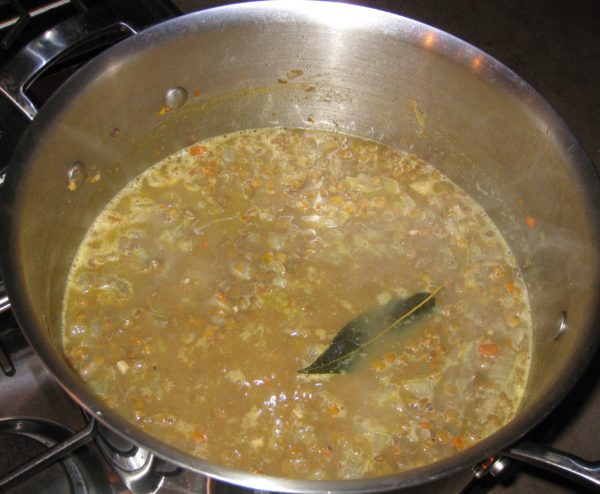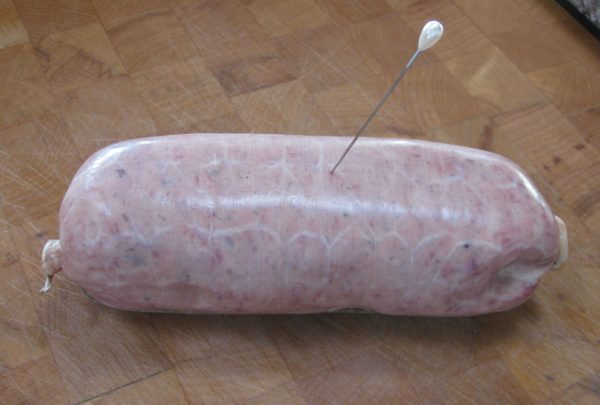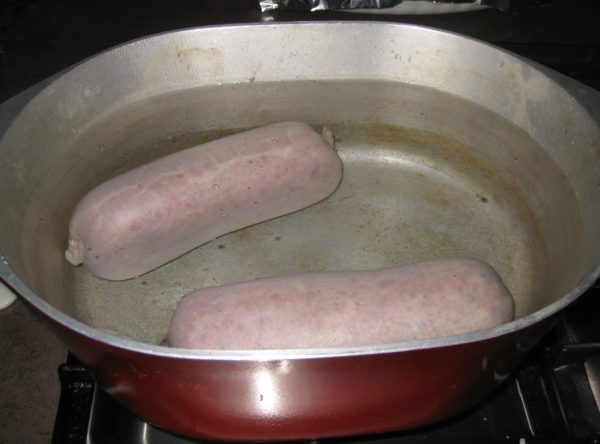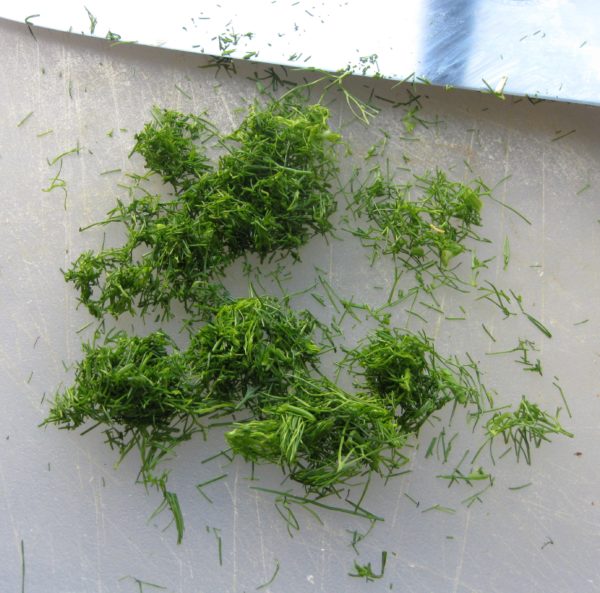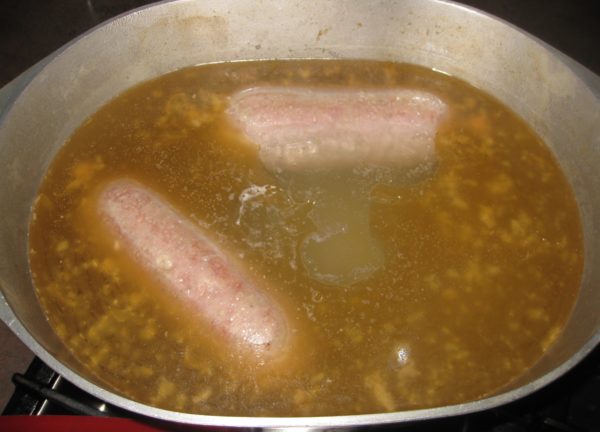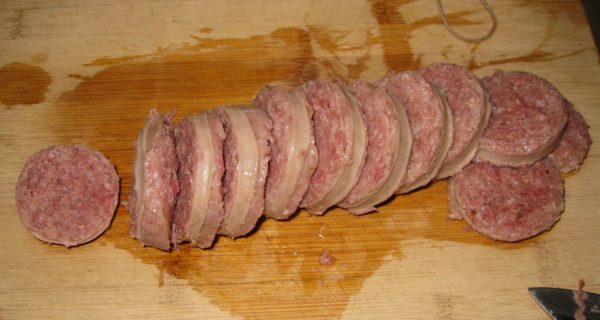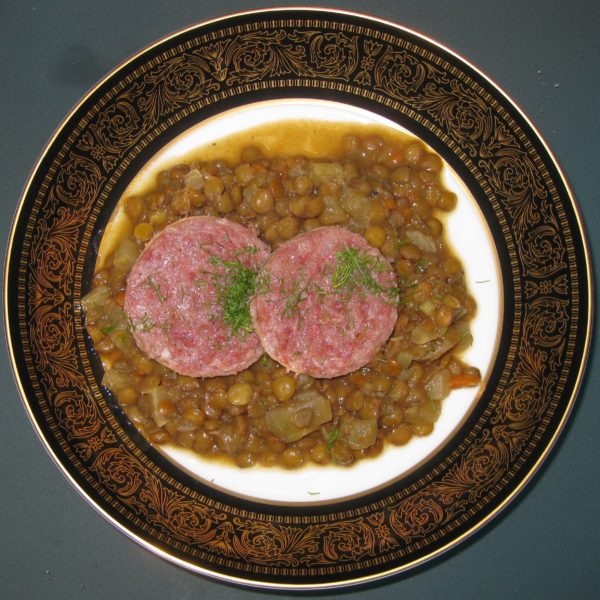January 27, 2019
The last few days have been pretty low-key. Well, except for the exam, that is!
Exam days were Wednesday and Thursday. We were randomly assigned to one of three groups and scheduled for our exam on either Wednesday afternoon, Thursday morning, or Thursday afternoon. Wednesday morning was free for all of us.
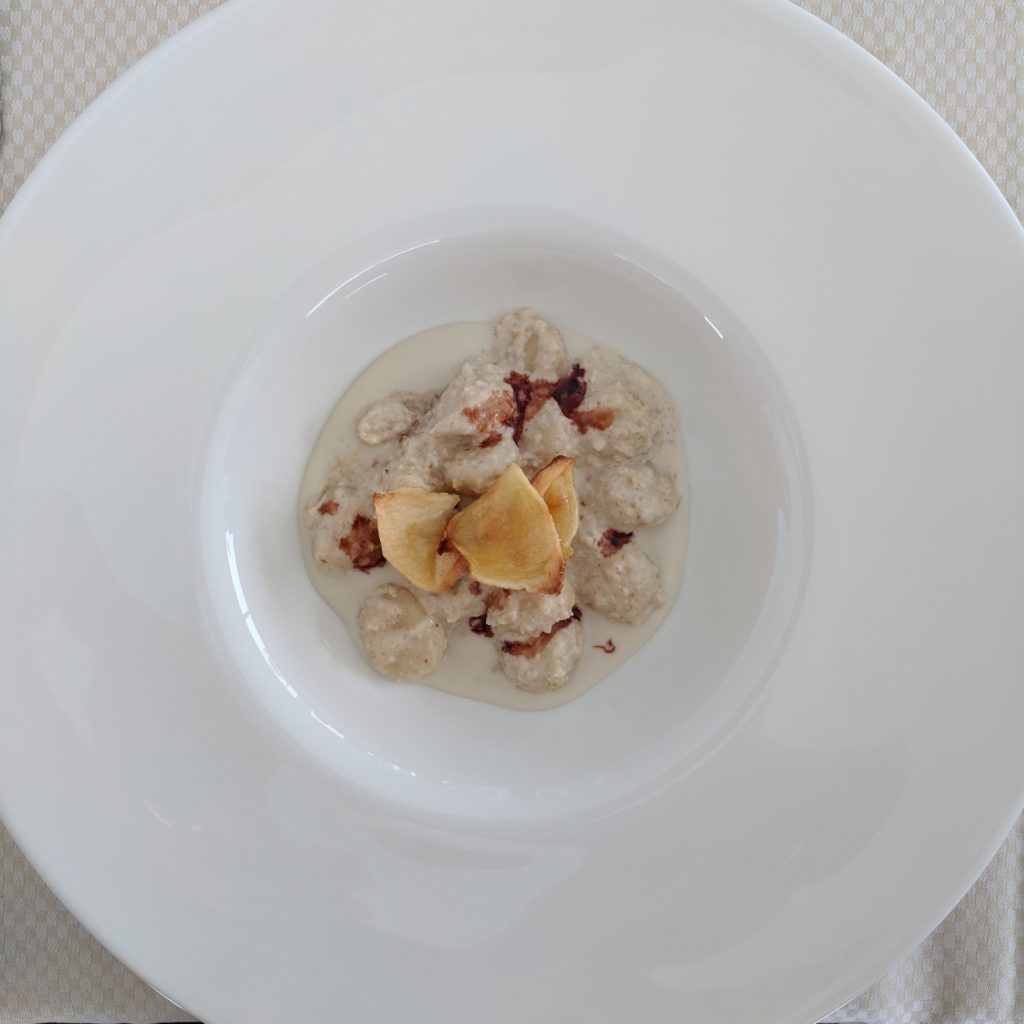
My exam was scheduled for Thursday morning so I had Wednesday free until a 4:30 PM lecture with Dr. Bill Schindler. “Dr. Bill” took the salumi (charcuterie) course about three years ago and has since done some collaboration with Chef John. Dr. Bill, an anthropologist, focuses on understanding human foodways from prehistory to modern times. You can find out more about him here, and here and here. He is an enthusiastic and engaging teacher. I hope to spend some time with him at the Eastern Shore Food Lab.
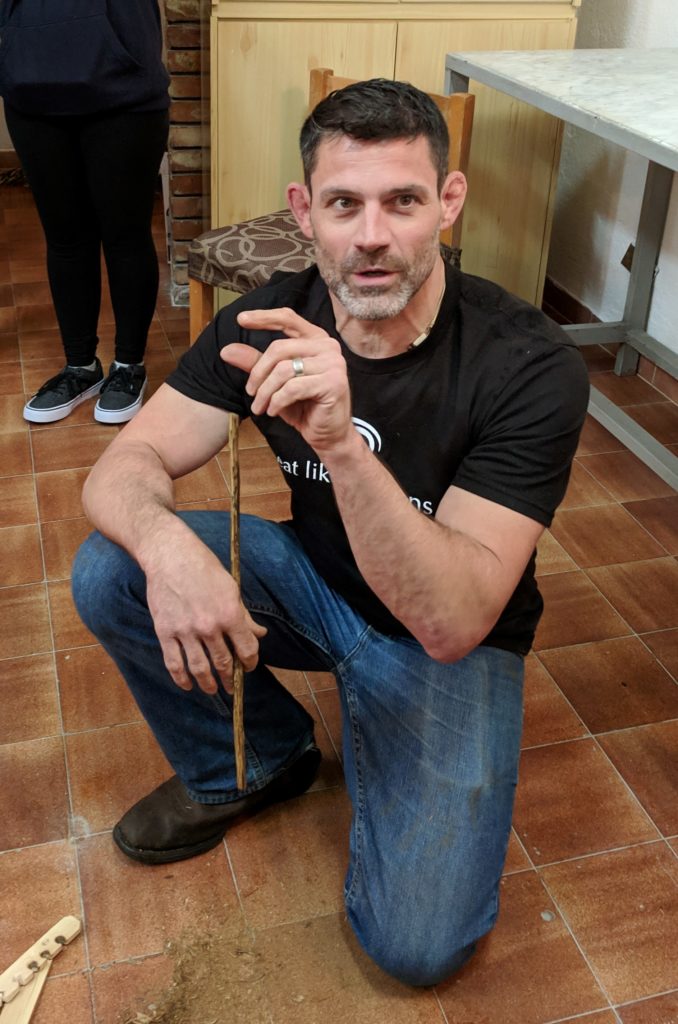
With my exam scheduled for 8 AM on Thursday, I went to bed early on Wednesday. I woke up at 3 AM and could not get back to sleep. Other than not wanting to embarrass myself, I had nothing substantive riding on this exam. I guess not being embarrassed is motivation enough. I knew the exam would not really be about recipes. It would be about technique and process. That’s not something that can be learned in 10 days. So, really, I’d been preparing for this exam since I started cooking at the age of 17. I either had it or I didn’t. Nonetheless, I have to admit I had performance anxiety.
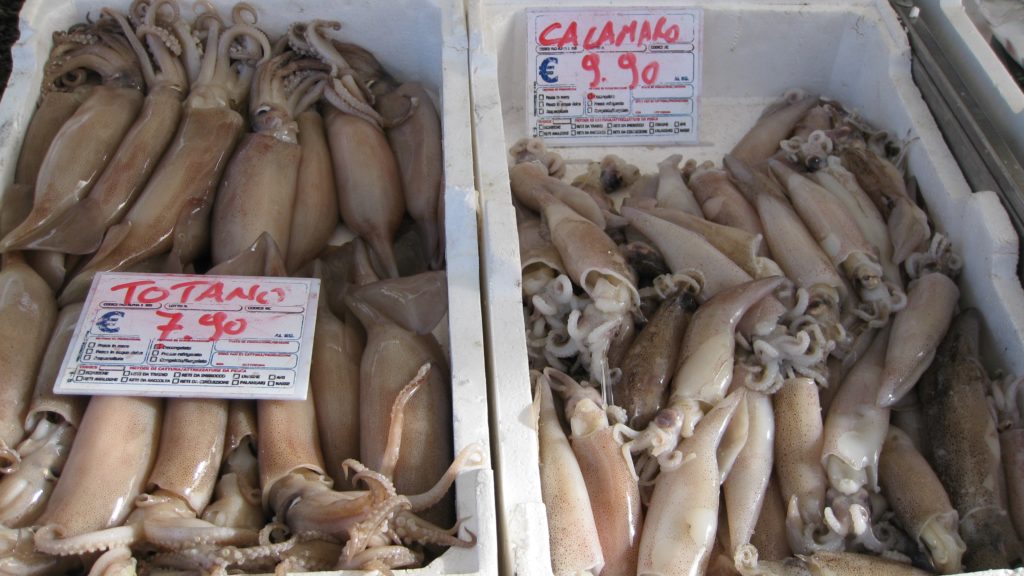
I had to make Risotto alla Parmigiana (Parmesan cheese risotto), Scaloppine di Maiale con Salsa di Marsala (pork cutlets with Marsala sauce), Spaghetti Aglio e Olio (spaghetti with garlic and oil) and Dinner Rolls with Beet Powder (that turned them fuchsia). In general, it was designed to be a low-pressure exam (RIGHT!) though there were a few things done to trip us up. We all had to share pasta cooking water, which was bubbling away on the stove when we got to the kitchen. The water, however, was not salted. (Lesson: taste EVERYTHING!!!)
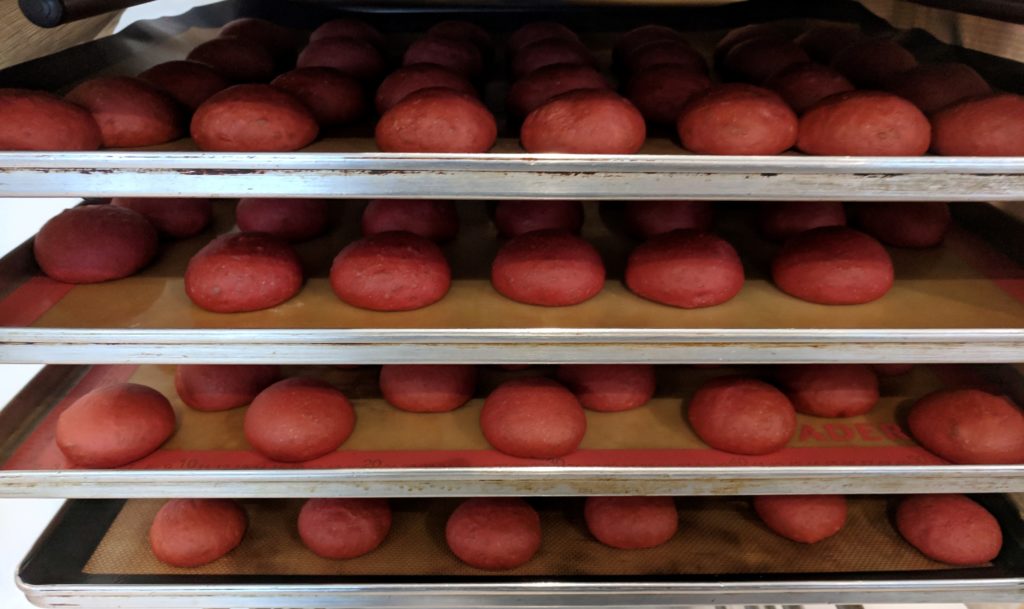
I was the second one to start dinner rolls after finishing the other three dishes. When I got to the pastry lab, I was told: “the ingredients are all over there [pointing].” I started weighing out flour not noticing that another student had removed a second container of flour and put it on a different table (until that student brought it to my attention). The two flours had different “W” values (a measure of the strength of the flour). The recipe called for a particular W value, which could only be achieved by mixing the two flours in a precisely calculated ratio. Although we had learned that flours could be combined to achieve the desired W value, all breads that were made until exam time used one specific flour of the desired W value so I wasn’t even thinking about the need to mix. (Lesson: read EVERYTHING!!!)
[Note: Flour sold in Italy is labeled with the W value. This is not true in the United States. After getting home I will need to source flour with known W values. I’m not sure how that’s going to go.]
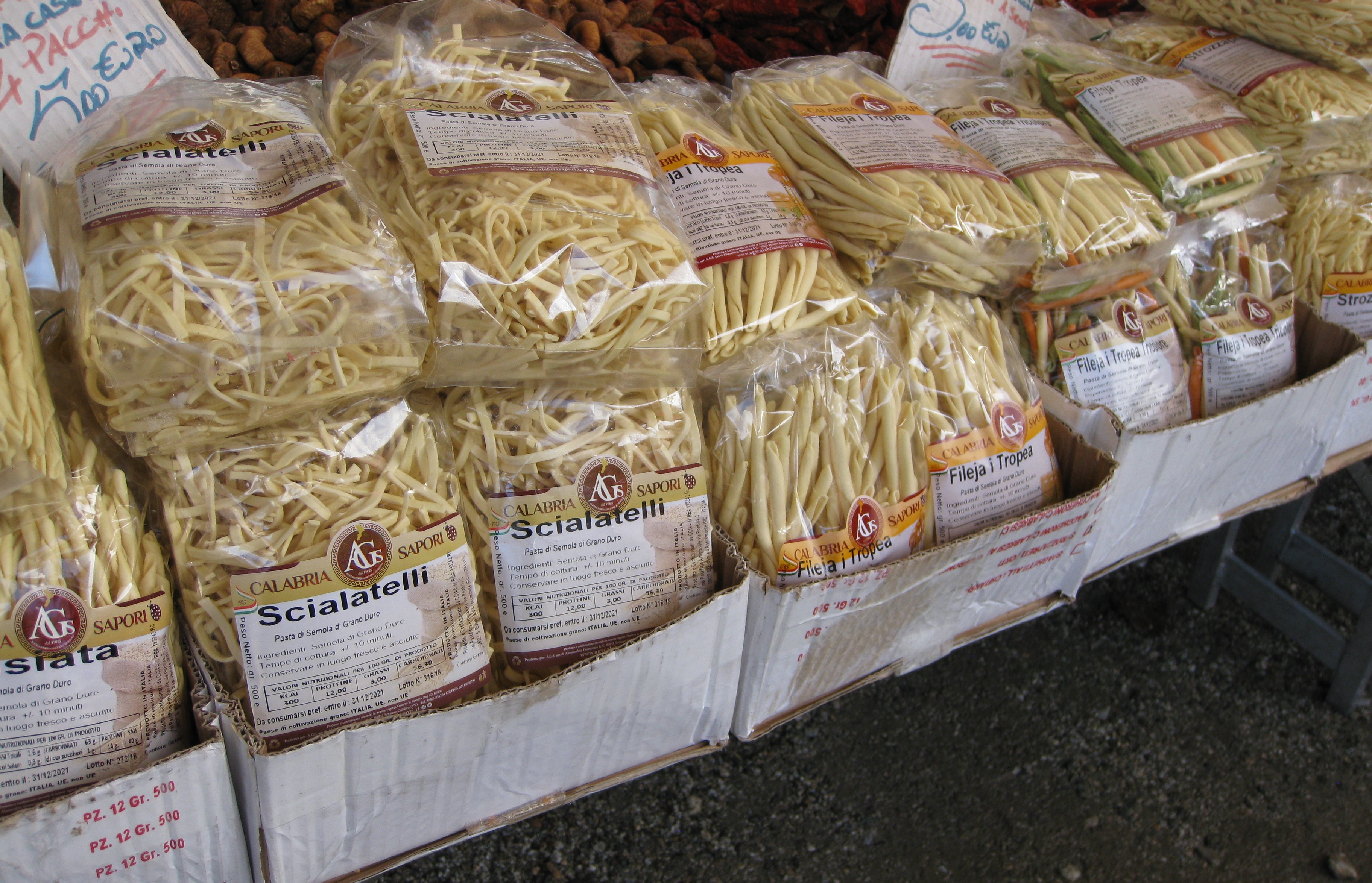
Having successfully salted the pasta water and calculated the correct ratio of flours, I felt like I had done a pretty good job on my first exam. I had the afternoon off until the second session with Dr. Bill that evening.
Dr. Bill’s second session involved knapping stone to make sharp stone knives then using our stone knives to butcher a rabbit. There were also lessons on starting fire using sticks and making rope from plant fiber. Making a stone tool was essential since we had to have at least one to butcher our rabbit. Starting a fire and making rope were not essential to the evening’s activities and I briefly assisted one other student with the (failed) fire thing before doing the rabbit thing.
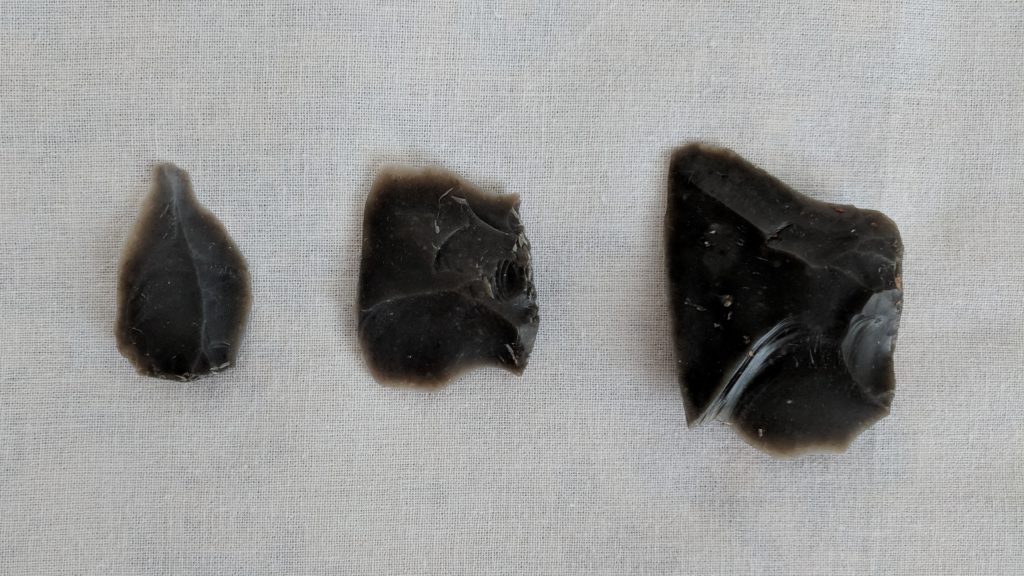
Stone tools are incredibly sharp! Sharper than my expensive Japanese ceramic knives. They get dull quickly, though, and can only be sharpened by re-making the tool which I see as distinct disadvantages. To be sure, if an incredibly sharp instrument is needed, a well-made stone tool will be sharper than any modern man-made knife. Rarely, however, is that degree of sharpness needed for a cook. In addition, stone tools often have several sharp sides so it’s quite easy to slice through fingers and hands while trying to cut something else.

Butchering the rabbit was a worthwhile experience and the knowledge gained is directly transferrable to doing so with a metal knife. It is also a good prelude to butchering a pig which we do in the coming days as part of our week of salumi (charcuterie), otherwise known as dead animal week. (Chef John turned the rabbits into a fabulous cacciatore for Saturday’s lunch. The jus from the cacciatore was used as the main component of a quick sauce for incredibly delicious house-made pappardelle [made with 30% whole wheat flour] served as the first course before the rabbit.)
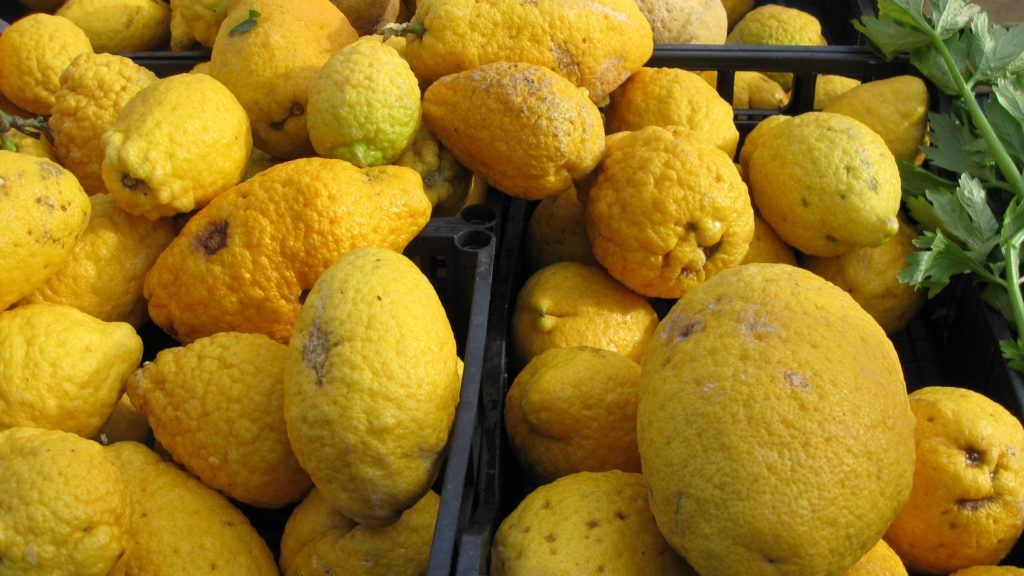
Friday was market day and we all went to the mercatino at 9 AM. A side-trip to the kitchen/restaurant supply store scored me two large sauté pans perfect for finishing pasta in sauce and several plastic grates for drying pasta, draining cheese, curing meats, and glazing pastry. I searched and searched Amazon and the Webstaurant store and could not find plastic grates (nor could I find the specific type of sauté pans that I bought, which are made in Italy).
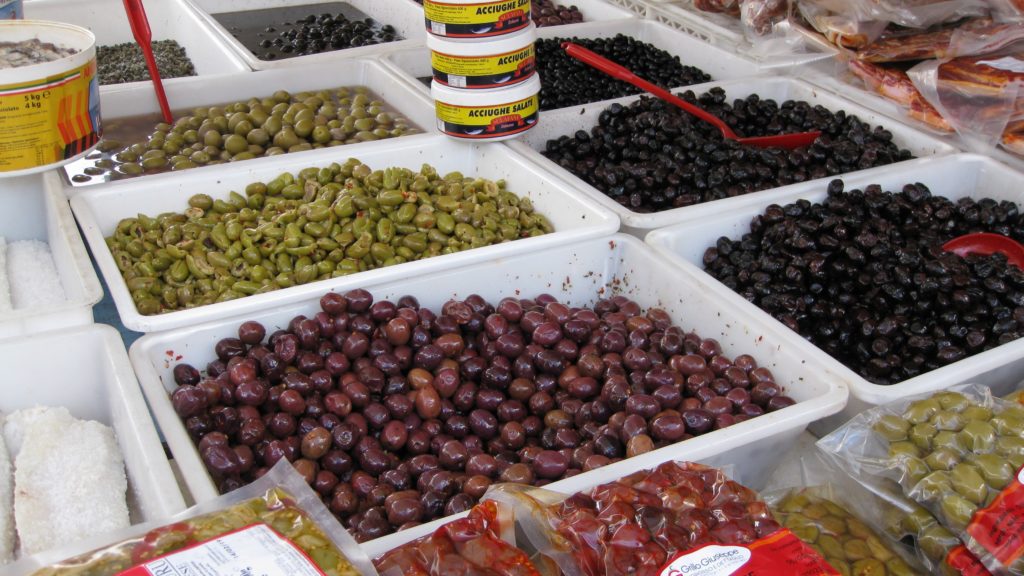
I have now officially started my hoard of items to be brought back to the States.
A quick trip to the liquor store after the mercatino was unsuccessful in securing a bottle of bourbon. They only had one, Rebel Yell, and it was €50! I’ll stick with my Jim Beam at €13 until I find something better. After the liquor store, and a quick side trip for Dr. Bill to buy a present for his wife, we went to a wine tasting.
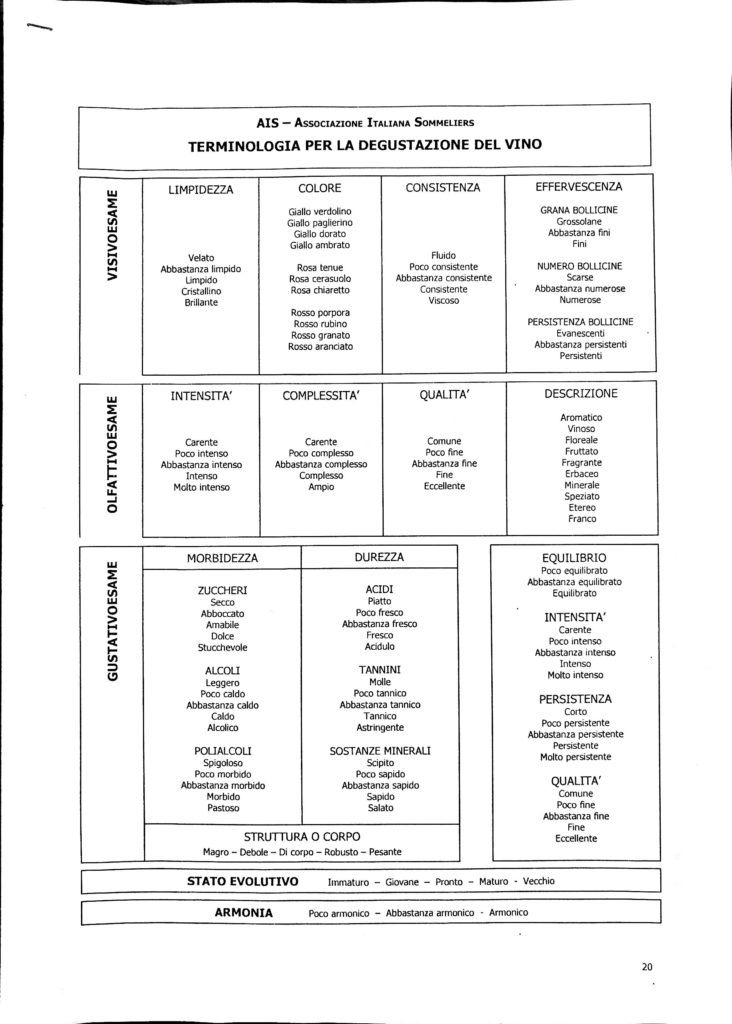
Fabio, one of the owners of the Panino Lab (which I wrote about in a prior blog), is also a sommelier. There is a room at the back of the Panino Lab set up for wine tasting. We tasted four different, and excellent, Calabrian wines. Fabio walked us through the tasting process and criteria with the first wine. We then each had to evaluate the remaining three wines and discuss our thoughts.
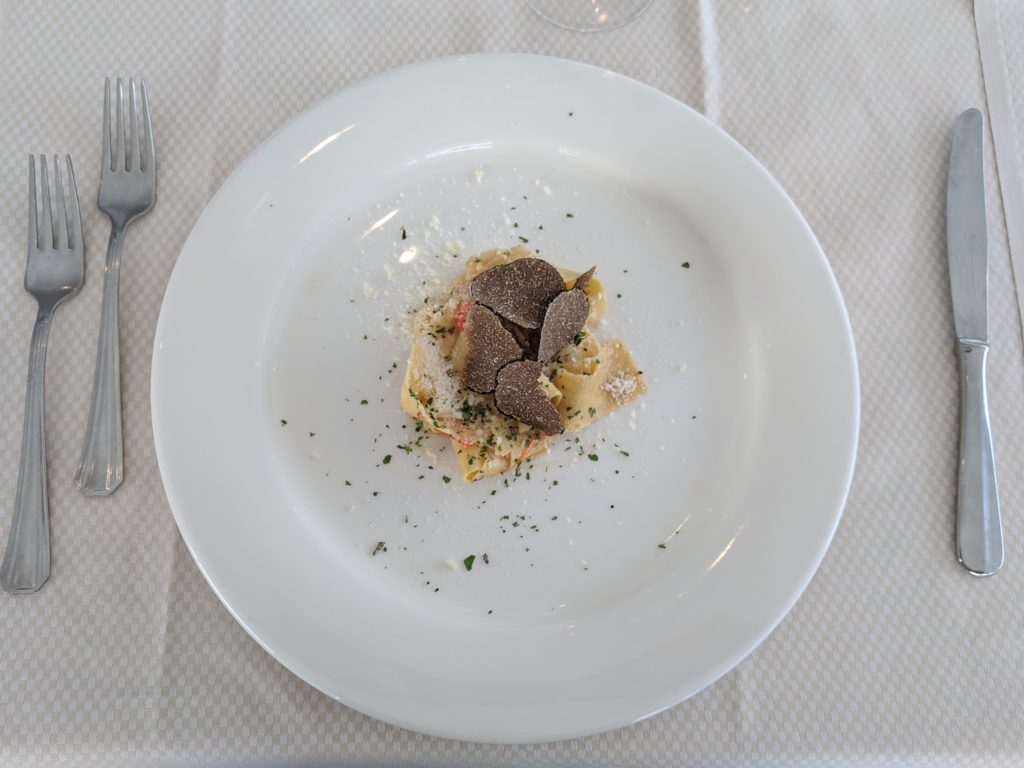
This has re-kindled my longstanding desire to take the one-month sommelier training course at the Culinary Institute of America in California. For now, I’ll settle for the wine tasting and pairing lessons that are part of this course.
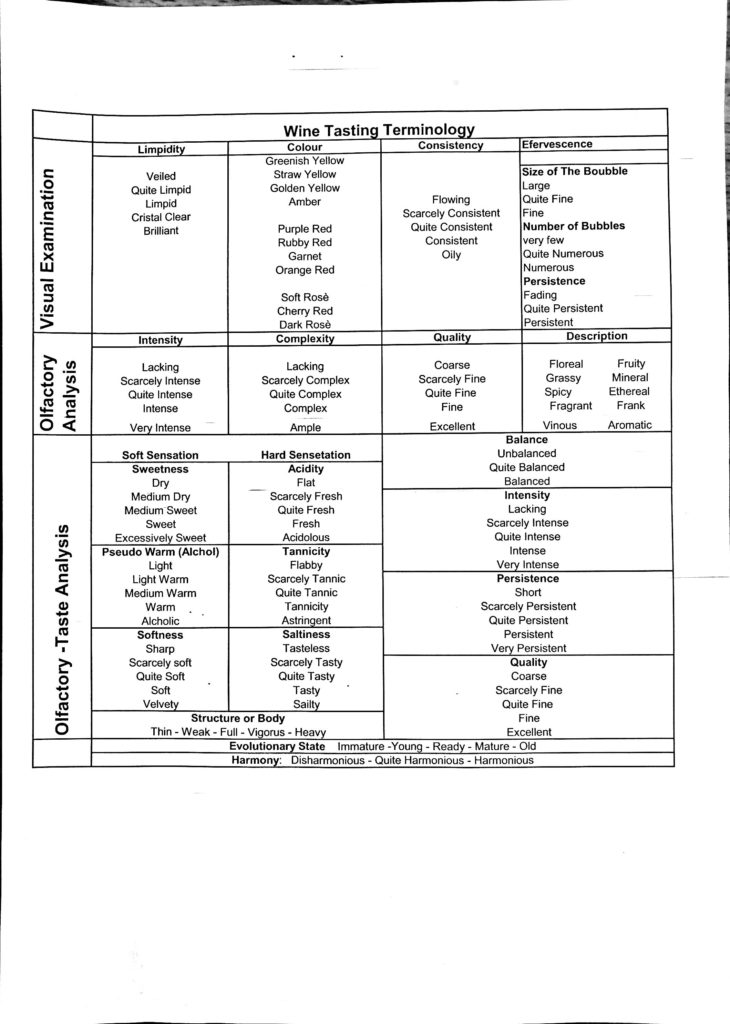
Occasionally I can identify some of the different flavors in wine; things like ripe berries, leather, grapefruit, and vanilla, for example. Whenever I do this, which isn’t often and is always in the context of being with a sommelier or wine aficionado who is doing the same thing, Frank (my husband…remember my husband…I haven’t mentioned him in a while) gets a very serious look on his face, tastes and swishes the wine, and then says something like: “Horses galloping through fields of clover” or “Ducks waddling down the hill in a rainstorm.” So far, he hasn’t quite hit the flavor profile of any wine but sooner or later, who knows?
After the wine tasting, we reconvened in the kitchen with chef togs for a lacto-fermentation lesson. Dr. Bill decided to demonstrate rather than make it a hands-on session as planned. He put up three or four different kinds of vegetables to ferment, including sauerkraut.
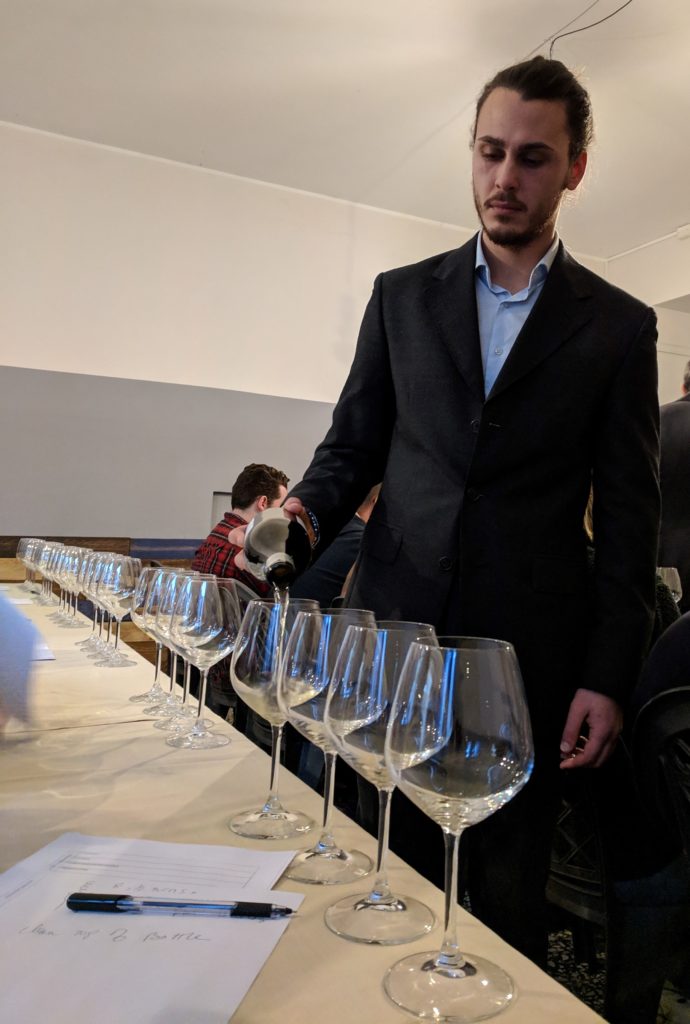
In the short break before dinner, I put my feet up and enjoyed a glass of bourbon! The next day, Saturday, was our first completely free day since starting the course 13 days earlier!

